More Perspectives

Inclusive design is a process, not an outcome. There is not just one method to practise designing cities for all. Therefore, let this be a living document, a continuous search for better design practices and better design vocabulary.





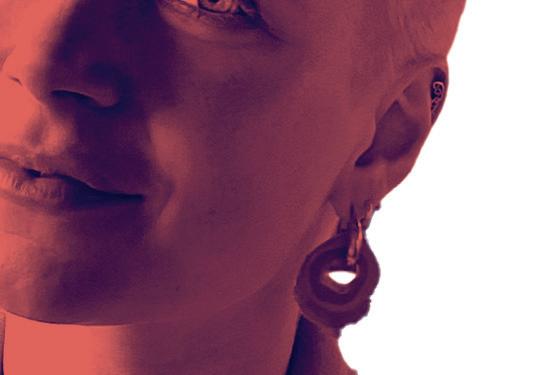
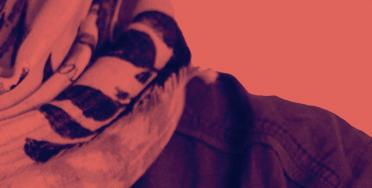
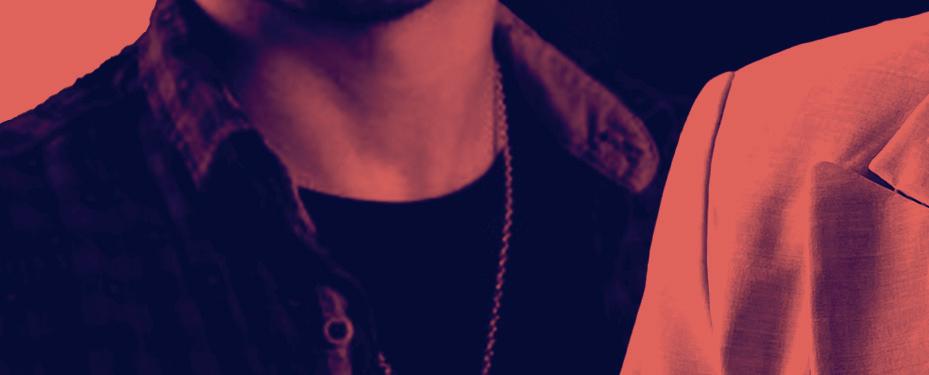


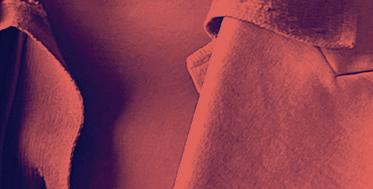

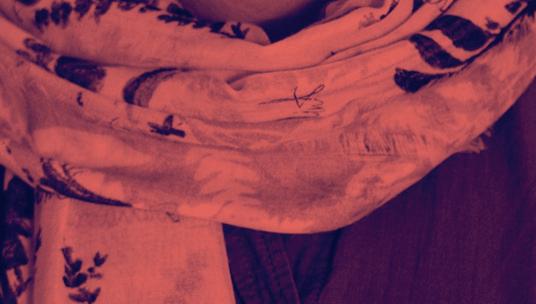





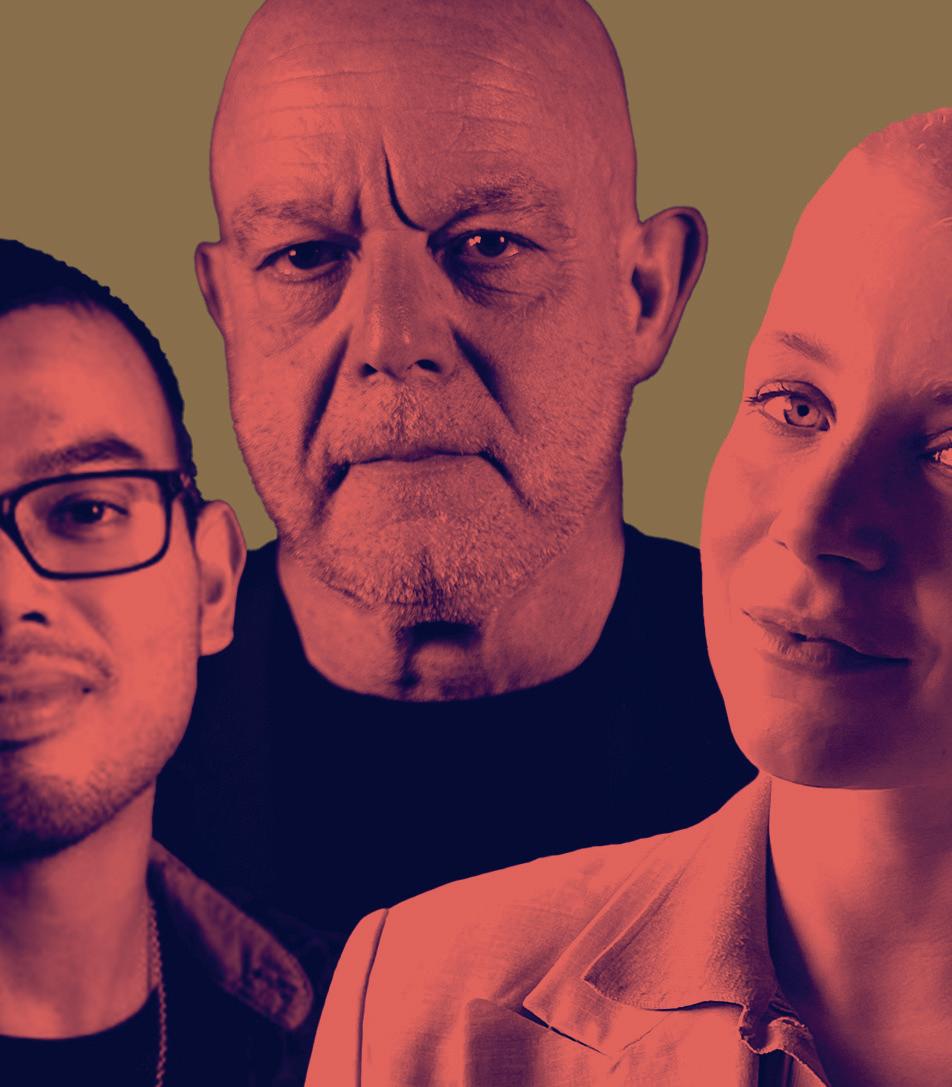




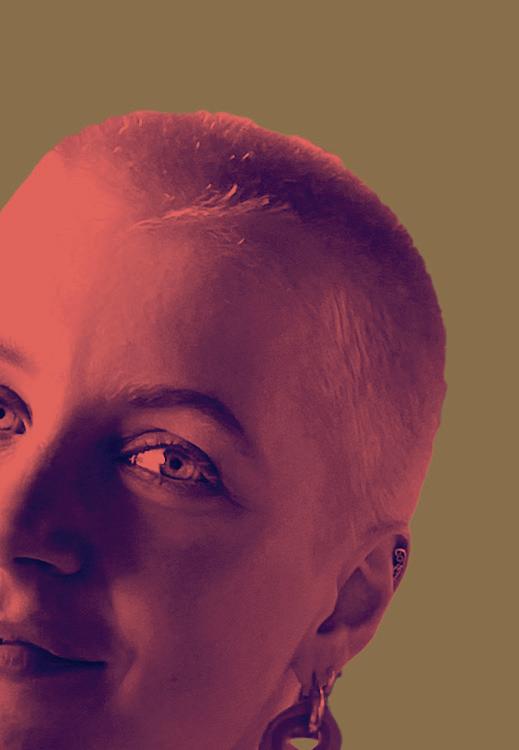
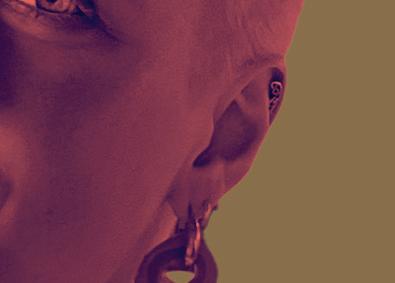




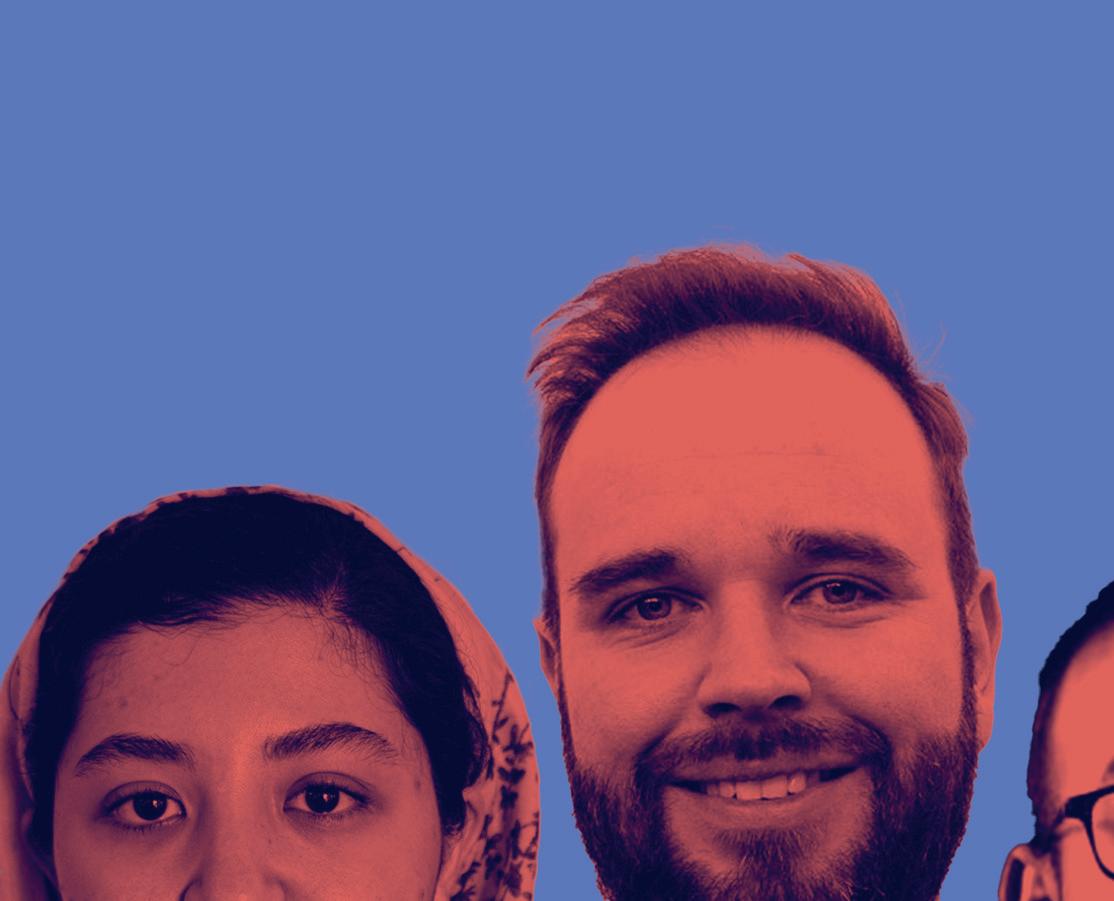








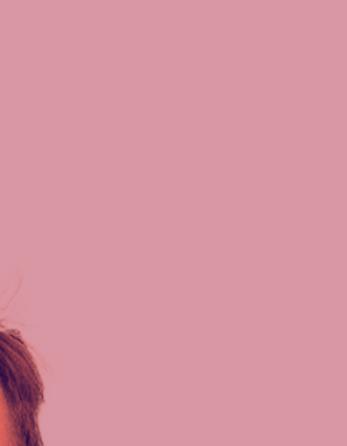








PREFACE
AMSTERDAM, OCTOBER 2022
The past two years were marked by some deeply disruptive developments on the international stage –the Covid-19 pandemic, Russia’s military invasion of Ukraine and the very recent devastating heatwaves in India and Pakistan, to name a few. Inequality, increasing political and societal polarisation, alt-right sentiments and the violation of basic human rights are on a steep and, frankly, scary global rise. Crises aplenty –housing, education, energy, food, (mental) health.
Not to mention the ever lurking doom of the climate crisis. A critical effect of this global state of turmoil is an escalating surge in displacement. As Radha D’Souza states in her essay: “All species migrate when survival is threatened. Even humans.”
As a result, more than ever before, exclusion by design surfaces on the micro, meso and macro level. Our systems were not designed to catch us in the event of catastrophe. At least, not all of us.
So here we are, nearly at the end of the two-year programme Designing Cities for All (DCFA) at Pakhuis de Zwijger, with support from the Creative Industry Fund NL.
5 SPREKER VOORNAAM ACHTERNAAM
PREFACE
An extensive and intensive period of trying to fathom what this exclusion by design entails and for whom, by looking through the lens of design at many parts of society as a whole, at systems and the cities in which they function (or dysfunction), at design practices and their effects on both the collective and the individual.
Once again, a great diversity of talent was involved: we invited designers, scientists, experts and others to participate, next to a total of three Fellows to curate part of the programme. Also, collaboration with education and knowledge institutes – among which the TU Delft, Amsterdam University of Applied Sciences, TU Eindhoven, Inholland and Artez – was set up and intensified in order to share knowledge, coproduce and inspire each other to build inclusive solutions from the ground up.
Our speakers and partners taught us about power and those who yield it, about (self)care and what true participation looks like. About inclusion and why the word ‘inclusion’ can actually be quite exclusionary – after all, someone has to decide who is included. These insights led us to the decision to develop the DCFA Design Principles – a culmination of the foundational lessons learned in our search towards designing for all. Additionally, we wanted to not just
make them available to readers, but put them in a living document, in which we invite everyone to add, comment, challenge, criticise – simply put, co-create.
You can find the QR-code at the bottom of this page.
Another lesson from the last two years is that to truly design for all, we need to extend our gaze beyond the human. In this second DCFA essay book, multiple contributions focus on nature-inclusive design. Proceeding to create a world in which humans can only thrive at the expense of other living things is neither sustainable nor just.
This is why this ending is not a conclusion, but rather, the end of the beginning. Together with many, we’ve laid the groundworks. Now, the aim is to delve deeper into what it looks like to design for all, for all living creatures, for all contexts, for a common future, for regeneration. As Setareh Noorani writes: to sustain all life.
We hope you’ll join our quest.
The DCFA team,
ROMY HEYMANS HEAD OF PROGRAMME JONATHAN TJIEN FOOH PROGRAMME MAKER
FOLKERT LODEWIJKS PARTNERSHIPS EGBERT FRANSEN DIRECTOR PAKHUIS DE ZWIJGER
7 SPREKER VOORNAAM ACHTERNAAM
PREFACE
FAEZEH MOHAMMADI PROGRAMME MAKER
9
SPREKER VOORNAAM ACHTERNAAM
C0NTENTS WHAT DOES DESIGN DO? The way things – products, spaces, systems – are designed has significant consequences. So what are these effects of design? Who and what does it affect, and how does it influence their existence? Leslie Kern 14 The City that Cares Daphina Misiedjan 20 Realising Environmental Justice: Hotwiring the law for Rights of Nature Oluwatomilola Adefioye 28 Black Hair ≠ Just Hair? Wing Yan Man 38 Redesigning Cities to Connect Tadzio Bervoets 46 Caribbean Climate Change Refugees Anna Noyons 54 People Are Good – We Deserve Good Design! Preface 4 Contents 10
WHO IS THE DESIGNER?
11 SPREKER VOORNAAM ACHTERNAAM
When considering what design is and does, it is essential to also consider who designs. Who wields (or lacks) the power to shape the world around us? Shay Raviv / Embassy of Inclusive Society 64 What Is in Our Backpack? Promoting openness and vulnerability as designerly attitudes Darko Lagunas 72 The City Beyond the Human Radha D’Souza 82 What Are Designers Designing When They Design Cities? Stacey Mac Donald 90 Participation, Responsibility and Injustice: Thoughts on the conundrum of climate justice in the Dutch Caribbean Jonathan Tjien Fooh / Designalism 98 Becoming A Designalist: (un)learning and embracing open-endedness HOW DO WE DESIGN FOR ALL? Now that we’ve laid down the basics – what design does and who designs – the question remains: how can we use this knowledge to truly design for all? OneWorld 110 Journalism for Justice Setareh Noorani 120 Designing For the ‘End’: Embedding and enacting continuous actions Edwin Gardner & Christiaan Fruneaux / de Chrononauten 128 Building Trust in the Electric Age Yelizaveta Strakhova 136 Living the City Roberto Rocco 144 Towards the Global Commons DCFA Programme Impressions 156 Colofon 158 Accessibility 160
DISORDER
‘Through being exposed to diversity, you become much more tolerant.’ WHAT DOES DESIGN DO? PABLO SENDRA LIVECAST DESIGNING
Leslie
Kern Daphina Misiedjan Oluwatomilola Adefioye Wing Yan Man Tadzio Bervoets Anna Noyons
ROBERTO ROCCO LIVECAST DESIGNING EDUCATION FOR ALL
is just not language. There is so much behind, underneath and around it that makes it important to know how to translate properly.’
ZAÏRE KRIEGER
LIVECAST THE POWER OF LANGUAGE
13
SPREKER VOORNAAM ACHTERNAAM
‘Language
‘It’s important to reflect that we need to distribute the burdens of our association as human beings as well, not only the benefits.’

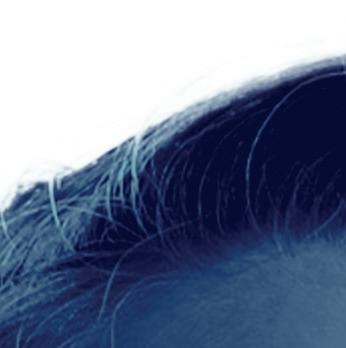












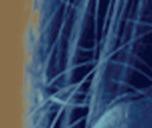

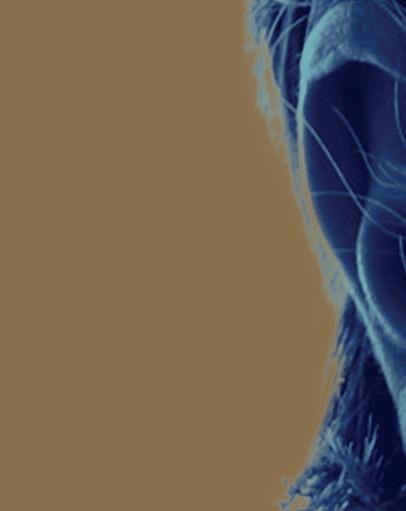
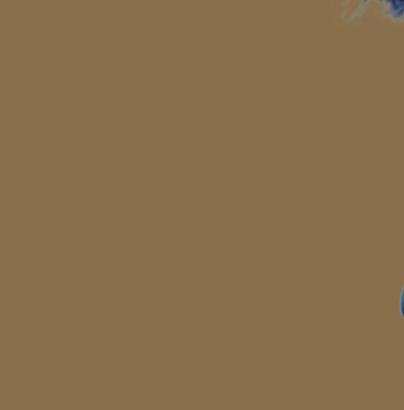


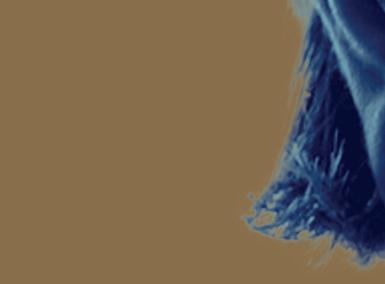




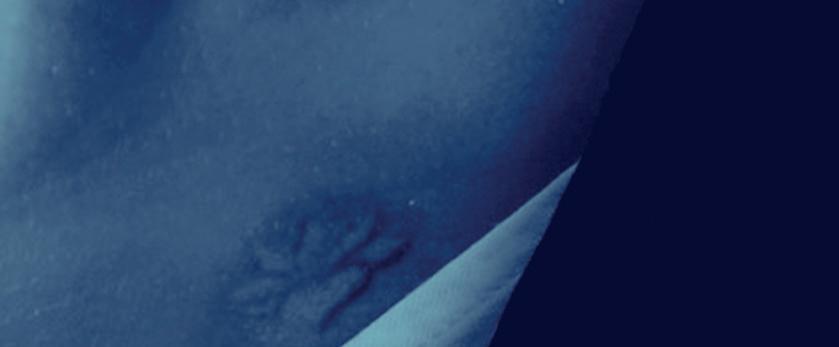


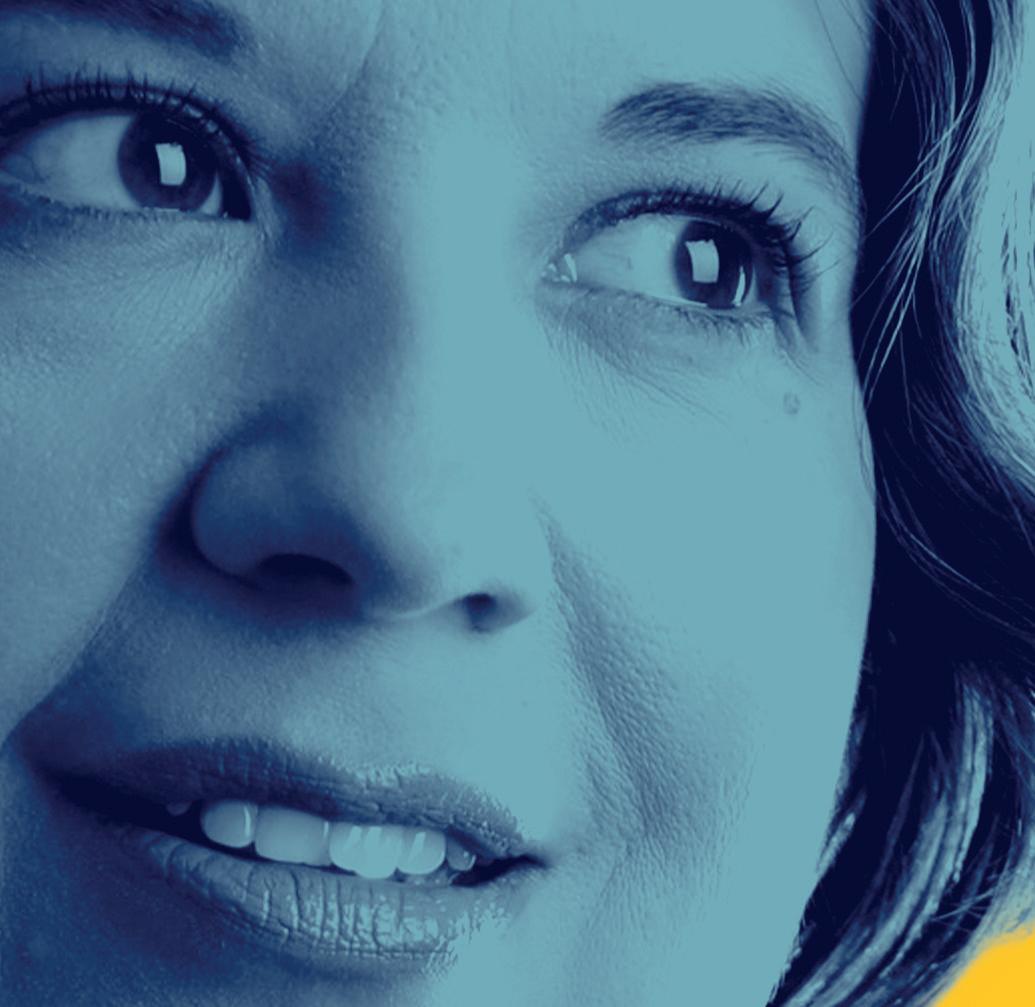







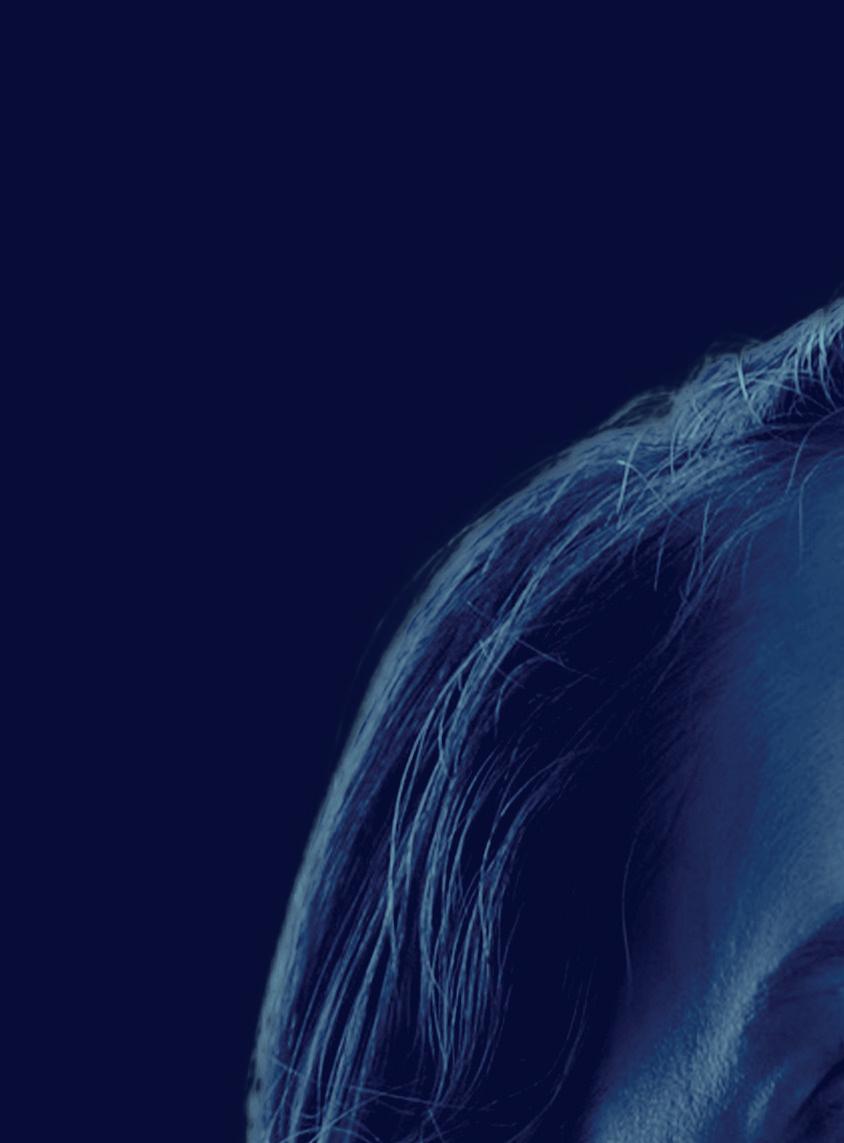

















 © Mitchel Raphael
© Mitchel Raphael
The City That Cares
Leslie Kern Urban scholar & author of FeministCity
How do we create cities in which everyone is taken care of? Leslie Kern explains how flawed urban design excludes essential – paid and unpaid – care workers. Her plea: put care back into the city.
15 SPREKER VOORNAAM ACHTERNAAM
LESLIE KERN
I grew up in a rapidly expanding suburb of Toronto, Canada, where it seemed half my childhood was experienced through a car window as we navigated sprawling parking lots and multi-lane roads. My parents were trying to do their best for my brother and I, but I knew that the suburbs weren’t for me. I imagined a life where all the things I wanted were in my neighbourhood. I even knew where that place was – just down the highway. The city.
Unbeknownst to me, I was intuiting what feminist urban writers had long claimed: that the city is the place for women. The suburbs held isolation, car dependency and traditionalism. The city promised community, proximity and freedom. I held fast to this belief through my college years in Toronto. For the first time, I experienced independence and a sense of autonomy. I felt I could go anywhere and do anything I wanted. It was true that a sense of fear at night or a nasty catcall from a passing car could interrupt these joyful feelings. Still, I didn’t blame the city for the bad behaviour of men. I was confident and happy.
I moved to London after university and those feelings followed. Bigger and more complex than Toronto, London was still a safe and
accessible place for a young woman wanting to explore. Public transportation was the lifeline of the city. It was a rare day that I didn’t easily hop on a red double decker bus or the Tube. The city and all that it had to offer – work, friends, fun – was again at my fingertips.
Signs of trouble
When I became pregnant, however, the first cracks in my image of the city as a place of freedom and mobility started to appear. A subway ride became an exercise in frustration and nausea. Perfectly able-bodied businessmen buried their noses in the broadsheets, willfully ignorant of the pregnant person looking for a place to sit. With others, the polite indifference of the city dweller gave way to invasive hands on my belly and comments about my appearance, health and future child-rearing practices. The anonymity promised by city life had disappeared as I became a ‘public body’ in public space.
These inconveniences were nothing compared to the challenges of navigating London with a baby. I quickly learned how inaccessible most cities are, a lesson that had been hidden from me because of my able-
bodied privilege. The first time I tried to take a pram on public transportation was also the last. From the crowds to the hostile glares of those asked to make space to the lack of ramps and lifts, I was faced with a set of exhausting barriers that made simple journeys into obstacle courses.
Coupled with few spaces to nurse, change, or play with a baby in public, these barriers sent me a clear message: public space isn’t for you. You belong at home. In those moments, the promise of the city crumbled before me.
I was rapidly being schooled in the hard lessons of the city of men. Here, the needs of mothers and other people who perform care work are rarely considered by the (usually male) city builders: planners, architects, designers, civil engineers, transport experts, politicians. A lack of investment in what we might call a ‘care infrastructure’ can be seen across the city. Few public toilets. Inaccessible public spaces. No space for strollers or children. Nowhere to sit or rest. Long distances between sites of care service. Few services for disabled people. Sidewalks blocked by restaurant patios, thoughtless landscaping, or snow. High cost of child-related and other care services (coupled with low wages for those who do this work).
My outrage at the ways the city had betrayed me as a woman and a mother led me to an academic career studying and writing about gender and the city. The place of care in the city has been a major theme, brought even more sharply to the surface by the Covid-19 pandemic and the various crises of care it illuminated. While it is true that women take on a disproportionate share of the world’s care work, in cities and elsewhere, care is not only a ‘woman’s issue’ or even a parent’s issue. The spaces and services that would make care work easier for parents would also help seniors and disabled people.
17 SPREKER VOORNAAM ACHTERNAAM
KERN
LESLIE
When I became pregnant, the first cracks in my image of the city as a place of freedom and mobility started to appear.
Though often treated as though they are unimportant, these groups also have a right to the city: to access public spaces, to participate in city life, to have their needs met in their communities.
In other words, care matters in designing cities for all. We all need care in various forms throughout our lives, and most of us engage in care work, paid or unpaid, on a regular basis. Recognising this shared reality and our mutual interdependence provides a basis for insisting that cities take care seriously. This would mean a shift in the typical list of urban priorities. Economic growth, development, tourism, investment, spectacular events: these have their place, but too often they are elevated above the needs of people who live and work in cities, and above the needs of those who spend a large portion of their time caring for others.
Putting care back into cities
My travels to and research on cities in different parts of the world have returned some of my optimism about the power and potential of city life for women and all who do care work. There are positive changes and unique initiatives happening all over that are designed to bring care into the heart of city agendas.
In Bogotá, Colombia, the city has implemented a ‘district care system’ intended to bring carerelated spaces and services into closer proximity. This addresses a major barrier for care-givers: the time, distance and cost of travel between sites such as schools, medical offices and child care centres.
In Los Angeles, USA, the city’s major transportation agencies undertook comprehensive studies of the travel needs of women and girls and the barriers they face to using public transit. Based on these surveys, agencies are considering a wide range of strategies to improve safety, affordability, accessibility and reliability across the system. Everything from toilet access to space for strollers is part of the plan.
In Seoul, Korea, and Singapore, rapidly aging populations have prompted city governments to take action on accessibility. Moving toward barrier-free access to public transit and public buildings is part of an agenda that recognises the rights of elderly and disabled people to participate in public life. It also serves the needs of caregivers of all kinds, for whom physical accessibility is a key factor in mobility.
These are just a few examples of the very practical steps cities can take to make the lives and labour of care workers less onerous and time consuming. By demonstrably prioritising care, cities can begin to shift the values upon which they’re built. Care is a key component of inclusivity, because we all, in different ways and at different times throughout our lives, give and receive care. It is the fundamental work upon which all else rests. Cities that are truly designed for all must be cities that truly care for all.
CURIOUS FOR MORE?
How can we redesign cities to cultivate a culture of care?
Learn all about it in the DCFA programme TheCaringCity .
Leslie Kern presents her book FeministCity and speaks about urban gender inequality in the FemCity programme Claiming SpaceinaMan-MadeWorld.
BOOK: FEMINIST CITY: CLAIMING SPACE IN A MAN-MADE WORLD
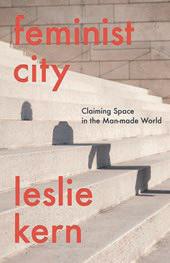
In this book, Leslie Kern exposes what is hidden in plain sight: the social inequalities built into our cities, homes, and neighborhoods, and offers an alternative vision of the feminist city.
PODCAST: PEOPLE BEHIND THE PLANS
How do different groups of people experience the cities we live in? In this podcast, Leslie Kern untangles these questions and envisions a feminist city.
19 SPREKER VOORNAAM ACHTERNAAM
Care is a key component of inclusivity, because we all, in different ways and at different times throughout our lives, give and receive care.
DCFA Fellow





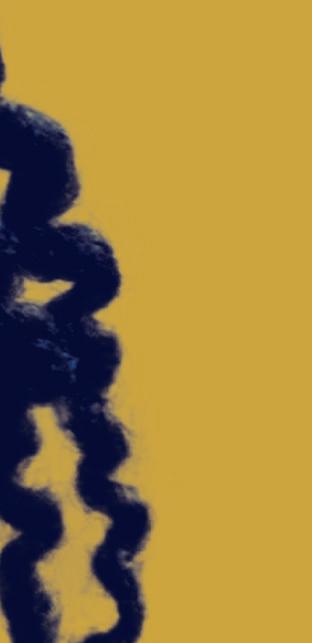






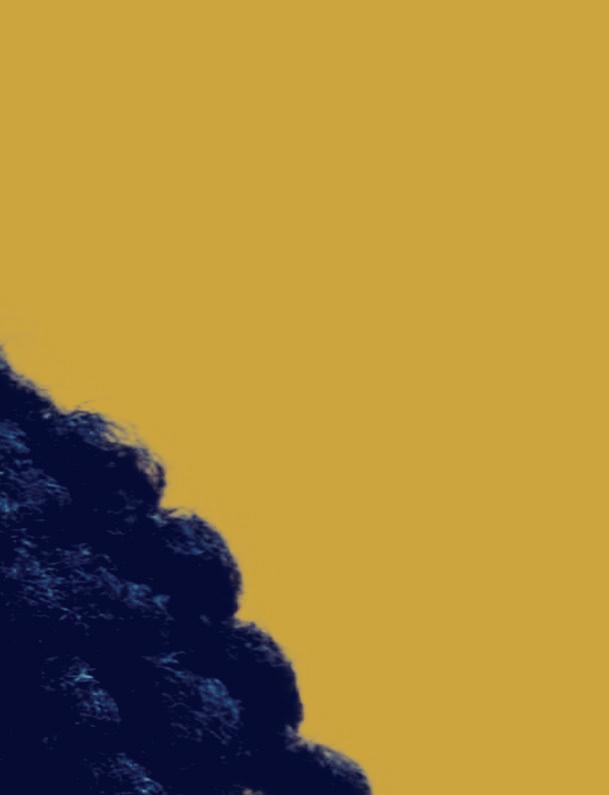




































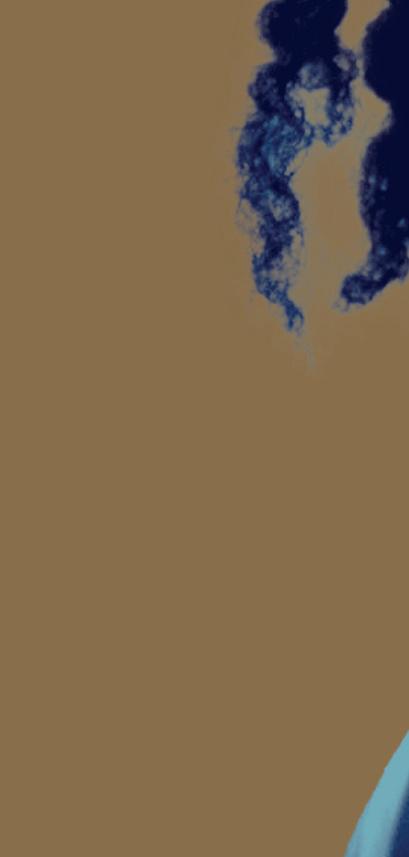


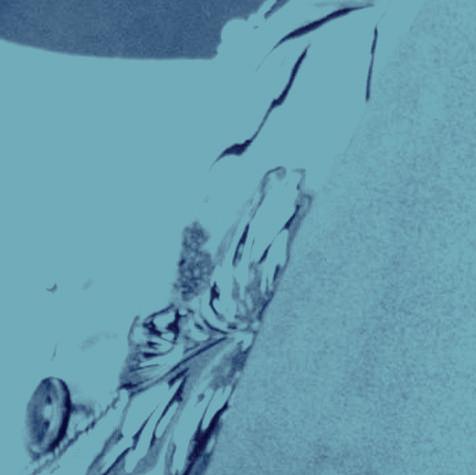






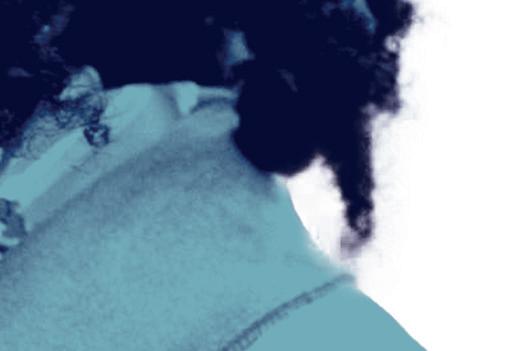










 © Werry Crone
© Werry Crone
Realising Environmental Justice
Hotwiring the Law for Rights of Nature
Daphina Misiedjan Legal scholar & environmental justice and human rights expert
Human rights are essential – but what about other living things? Daphina Misiedjan reflects on her Designing Cities for All Fellowship Realising Environmental Justice and argues for the structural implementation of Rights of Nature. This way, she pleads, we can combat the consequences of colonialism and climate change, respectfully restore Indigenous guardianship and work towards a just world for all.
21 SPREKER VOORNAAM ACHTERNAAM
DAPHINA MISIEDJAN
When people ask me what I mean by environmental justice, I often explain the opposite –environmental injustice – as follows. Imagine yourself in a storm. To protect yourself from this storm, you take the boat that is available to you. You might actually have access to a small yacht. While you are enjoying some drinks safely inside your yacht, you look outside and notice that others in the same storm have different boats. Some are on speed boats, subjected to the wind and rainfall, while others are on even bigger yachts while enjoying a nice dinner. You walk to the other side of your yacht and
notice even more people. Some are holding on to rafts, others are drowning. Even though you and all these other people are in the same storm, the experience of this storm differs greatly, depending on the ways people can protect themselves – what they have access to.
The metaphor of this storm can be replaced by environmental problems such as climate change or pollution. The overall goal is to have options available for those who are unable to protect themselves –especially as those people often have not contributed to the creation of the storm.
The Designing Cities for All programme asked me to reflect further on this concept. I decided to situate the storm at three levels: the local, neighbourhood level, the level of the Dutch Kingdom and the global level. This resulted in three eye-opening conversations, respectively titled TheComplexity ofInequality,Climateandthe Kingdom and Mobilising InternationalCommunities.
At the local level, the awareness of health disparities and how much they influence the environment is lacking. However, it is necessary to figure out which interventions are required. At the level of the
At the local level, the awareness of health disparities and how much they influence the environment is lacking.
Dutch Kingdom it was interesting to discover how challenging it is to make sure that no one is left behind, especially when the distance between decision makers and stakeholders reaches across oceans. And at the global level, we discussed how different communities around the world used international attention to exert pressure on governments, while also using original arguments to sway judges during these challenging times.
Now let’s dive a little deeper into the concept of environmental justice1 . In recent decades, this concept and its approach have become increasingly dominant in global discussions around climate change and sustainable development. However, in the Dutch context, environmental justice still requires further studying. Environmental justice is the subject of discussion in different parts of the world and within different disciplines. It first appeared in the United States in the 1970s, following a conflict over dumping waste in North Carolina’s Warren County, where the majority of
the population was African American. The civil rights movement took on this case and, through the court, prevented the state from designating this site for dumping soil contaminated with polychlorinated biphenyls (PCB). It was Benjamin Chavis, director of the United Church of Christ (UCC), who first coined the term ‘environmental racism’ in 1982. Shortly after, the UCC study ‘Toxic Wastes and Race in the United States’ was published2 During the same period, attorney Linda McKeever Bullard and her husband, sociologist Dr. Robert Bullard, also noted the pattern in which communities of colour were more likely to be exposed to pollution3 . Dr. Bullard thought that ‘environmental justice’ for vulnerable and disadvantaged communities should be the answer to environmental racism. The first discussions on environmental justice were, therefore, about the fair distribution of benefits and costs with regard to the environment. Since then, these discussions have expanded and the literature and activism no longer deal merely
1 P. Mohai, D. Pellow and J.T. Roberts, ‘Environmental Justice’ (2009)
2 Commission for Racial Justice, ‘Toxic Wastes and Race in the United States’ (1987)
3 S. Rayner & E.L. Malone, ‘Climate Change, Poverty, and Intragenerational Equity: The National Level’ (2001)
23 SPREKER VOORNAAM ACHTERNAAM
MISIEDJAN
DAPHINA
with the distribution of risks and benefits of environmental exploitation, but also procedural aspects, the prevention of environmental damage, and ecological justice, the latter of which focuses on creating a more equitable relationship between humans and Nature and is reflected in the Rights of Nature movement.
Rights of Nature is an increasingly developing and expanding field of law. This legal field recognises that Nature and natural phenomena like rivers, mountains and forests have entitlements, just like humans. These are rights, such as the rights to be restored and protected.
And these rights can be enforced through the courts. The recognition of these rights in almost twenty countries4 , touching almost all continents, is the result of a continuous struggle by local, often Indigenous communities.5 They resisted exploitative relationships with Nature based on their own cosmologies and right to selfdetermination. These communities want to continue the relationship with Nature that has been passed down to them through generations and was interrupted by colonial powers. Rights of Nature can be seen as a way to redesign the law – changing from how law only saw Nature as an object to be exploited to, now, a subject of rights.
The river had been able to defend its own rights –to exist and to be maintained.
This approach changes the legal context in three different ways. Firstly, in this approach, Nature is not only seen as a human property or object, but also has fundamental rights of its own, such as the right to exist and thrive and the right to recovery. Secondly, this approach generally assigns legal status to Nature – which means that Nature’s rights can be defended in court, often by Nature ‘itself’ (through a human voice). Finally, this approach creates the obligation for people to act as guardians or stewards of Nature.
Examples of Rights of Nature can be found in different contexts. In 2008, Ecuador was the first country worldwide to amend its constitution to include the Rights of Nature. Article 10 of its Constitution has since stated that in addition to individuals and communities (Peoples), Nature also has rights. Chapter 7 of the Constitution elaborates on this and states, among other
things, that Nature has the right to be restored and that the state takes precautionary and restrictive measures in all activities that could lead to the extinction of species, the destruction of ecosystems or the permanent change of natural cycles. From 2011, a series of lawsuits related to these constitutional provisions followed. For example, the river Vilcabamba was a plaintiff in a lawsuit about a highway construction project that disrupted the river’s natural flow and health.6 This project, which had been going on for three years and for which no environmental impact assessment had been carried out beforehand, directly violated the rights of the river by widening the river flow, with the risk of causing major flooding that could harm the communities along the river and Nature. In this case, the court ruled that the project had to be stopped. The river had thus been able to defend its own rights – to exist and to be maintained.
4 See www.garn.org/rights-of-nature-map for an up-to-date overview of activities in the Right of Nature movement.
5 E.O. Donnell and others, ‘Stop Burying the Lede: The Essential Role of Indigenous Law(s) in Creating Rights of Nature’ (2020)
6 Grant Wilson and Darlene May Lee, ‘Rights of Rivers Enter the Mainstream’ (2019)
25 SPREKER VOORNAAM ACHTERNAAM
MISIEDJAN
DAPHINA
In 2012, Bolivia passed the first of two national Rights of Nature laws: the law for ‘Mother Earth and Integral Development for Well-Being’. Not only does this law recognise the rights of Mother Earth, but it also offers an alternative perspective on sustainable development. Colombia joined the movement in 2016, when the Constitutional Court ruled that the Atrato River has the right to be protected, conserved, maintained and restored. In doing so, the Court
established guardianship of the river, which is shared with Indigenous and Afro-Colombian communities along with the national government.7
The following year, New Zealand’s Whanganui River was granted legal status through legislation.
The river changed from state property to a legal entity. This form of legal personality is an approximation of the Maori worldview that the river should be seen as a family member, an
7 Lidia Cano Pecharroman, ‘Rights of Nature: Rivers That Can Stand in Court’ (2018)
8 Abigail Hutchison, ‘The Whanganui River As a Legal Person’ (2014); Christopher Rodgers, ‘A New Approach to Protecting Ecosystems: The Te Awa Tupua (Whanganui River Claims Settlement) Act 2017’ (2017)
The guardians perceive the interests of the river. In doing so, they are guided by a list of values and principles (‘Tupua te Kawa’).
ancestor. The regulations state that the river has the rights, powers, duties and liabilities of a legal person. And the law states that the interests of the river are looked after by ‘Te Pou Tupua’ (the guardians or human face of the river). One guardian has been appointed by the Crown; the other by the Whanganui Iwi, the Maori community connected to the river. The guardians perceive the interests of the river. In doing so, they are guided by a list of values and principles (‘Tupua te Kawa’).8
These examples demonstrate the potential of campaigns for Rights of Nature which span significant periods of time and take place across the globe. In the case of New Zealand, Maori have fought for four hundred years to have their perspective included. Some consider the adopted law a reconciliation between the Crown and the Maori communities. Rights of Nature is, therefore, not only an instrument to empower the environment –it also empowers marginalised (Indigenous) communities.
The local developments have built momentum and political and legal credibility. They helped formulate legal norms and motivate social movements to find collective and local solutions to global problems.
CURIOUS FOR MORE?
In her DCFA Fellowship RealisingEnvironmental Justice, Daphina Misiedjan takes us on her mission to (re)think the way people and the environment are related.
PODCAST: PAKHUIS DE ZWIJGER Daphina Misiedjan talks about her experience as a legal researcher, the right to life, the right to water, legal personhood and (re)designing human rights for all.
BOOK:
THERE’S SOMETHING IN THE WATER
An expose of the environmental injustices practised by the government of Nova Scotia against its marginalised communities.
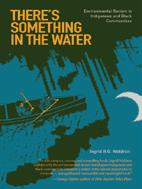
27
VOORNAAM ACHTERNAAM
SPREKER








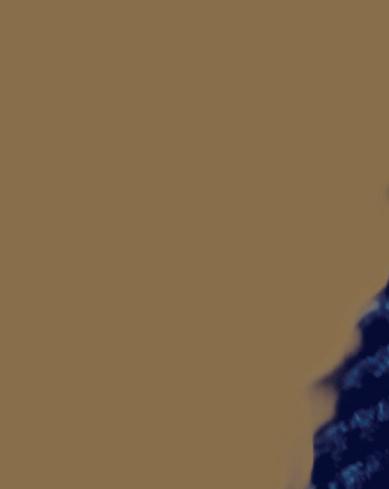

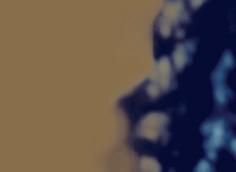



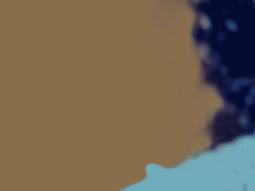
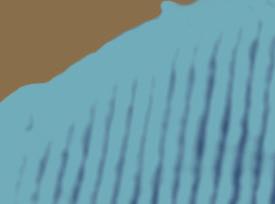
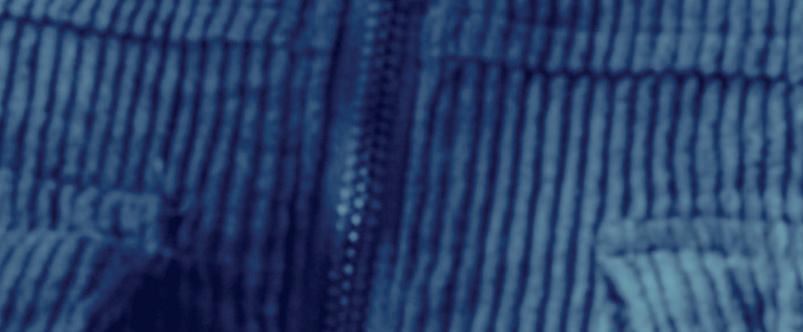



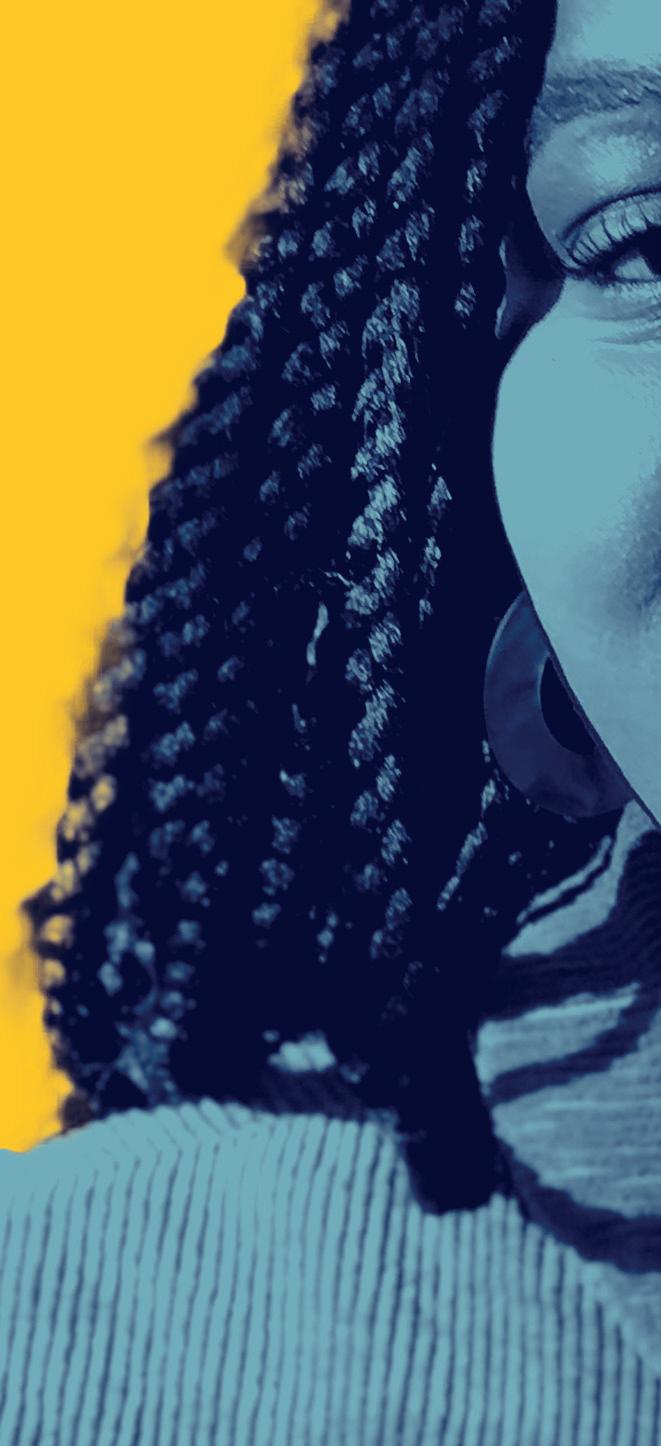
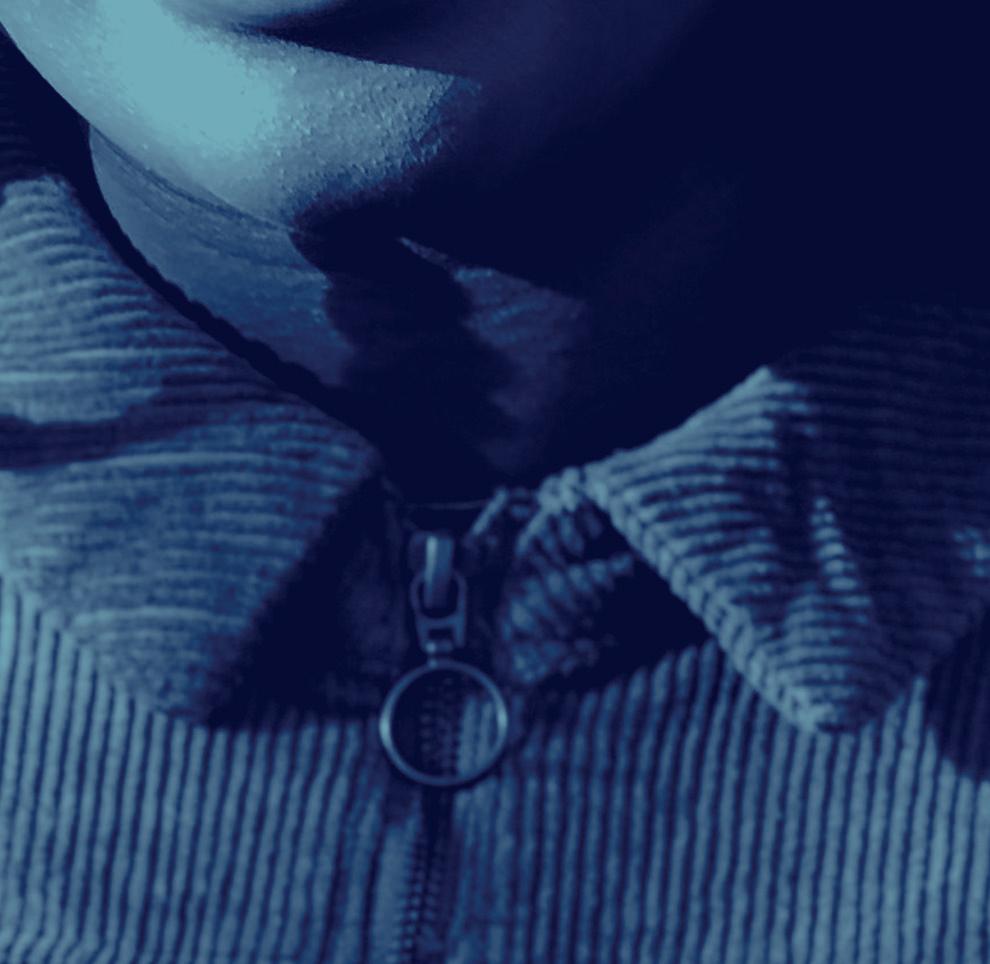



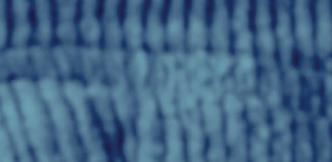
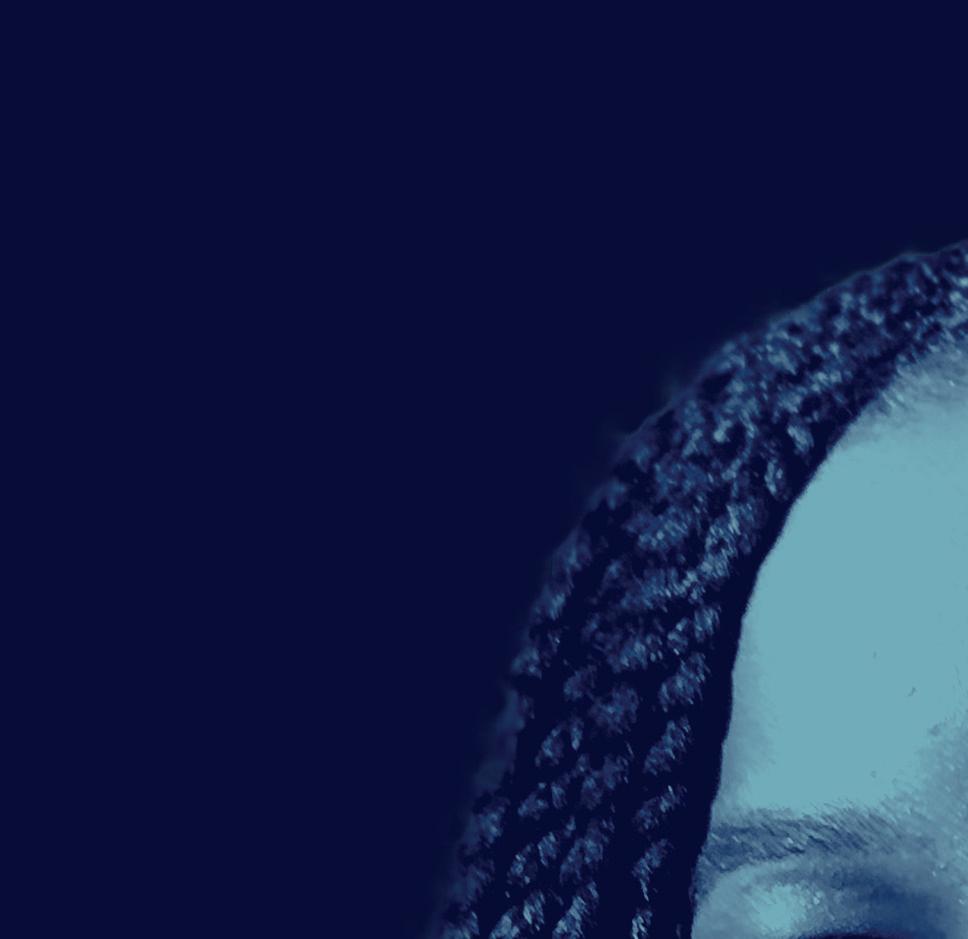





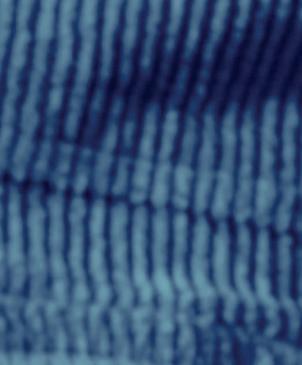
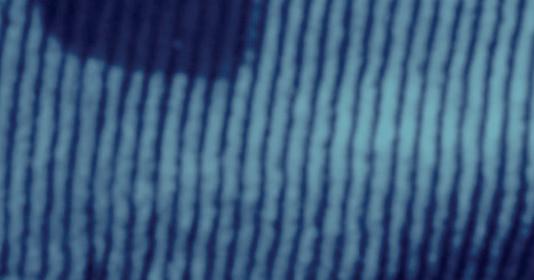
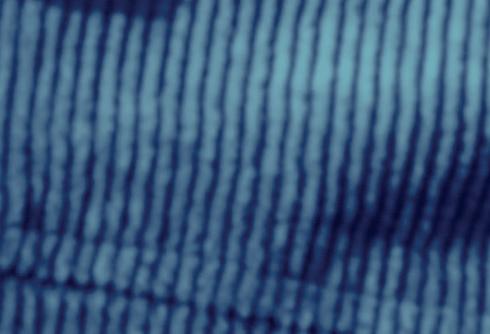


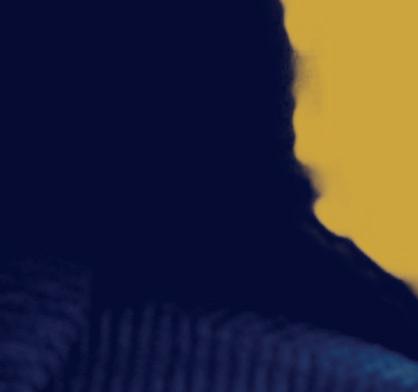






©
Oluwatomilola Adefioye
Black Hair ≠ Just Hair?
Oluwatomilola Adefioye
Graphic communication designer & participation and community engagement educator
For some, hair is not just hair. Oluwatomilola (Tomi) Adefioye explains how centuries of othering have left Black hair with negative connotations. To establish true inclusion, she says, we need to focus on communities – on cities within cities.
29 SPREKER VOORNAAM ACHTERNAAM
OLUWATOMILOLA ADEFIOYE
Hair means so much, while meaning nothing simultaneously. It’s just hair – isn’t it?
The possessor’s position on their hair does not stop it from being politicised or dissected. I take an auto-ethnographic approach, allowing my lived experience to inform the exploration of my research. Navigating the roles of ‘researcher’ and ‘subject’ has led me to conclude that Black hair = just hair and Black hair ≠ just hair are both true (and that’s okay).
#blackowned
To the non-Black individuals, businesses and corporations that have historically profited the most, hair = just hair. Black hair is worth millions of pounds, dollars, euros –you get the point. Black women are amongst the top-spending groups when it comes to hair care. Yet, the recipients of the profit are seldom Black people.
Growing up in London, going to the hair shop typically entailed going to a non-Black owned business to purchase my creams, oils and hair extensions from people who looked nothing like me. This experience is mirrored across various diasporan communities. Also seldom Black-owned are the products themselves. Imagine my surprise
years ago when I discovered that my beloved staple brand Dark & Lovely, which was previously Black founded and owned (like many others), was taken over by L’Oréal decades ago.
The realisation that very few products in the 2000s and 2010s were Black-owned left a bitter taste in my mouth. This is particularly the case when you take a closer look at the language used in describing Black hair. Till date, the primary object of many products is to tame and loosen ‘coarse, resistant hair textures’ – fundamentally manipulating the texture and pattern of kinky-curly hair.
In recent years, an increasing number of businesses proudly label themselves #blackowned and consumers are equally proud to support Black businesses. In this case, hair ≠ just hair: it’s empowering to sell and buy Black. This difference is tangible in the way Black businesses communicate with their customers. Black hair and culture are celebrated throughout the sale process. Ruka is a great example of an innovative brand where the distinction of ‘for us, by us’ is clear. The fun, inclusive names given to their hair extension products, such as
‘Coils on Coils’, ‘Think Kink’ & ‘Think Silk’, are authentic and consistent with the experiences of their customers.
Iconic figures in Black hair care, like Madam C.J. Walker in the USA and Dyke, Dryden & Wade in the UK, stand out as trailblazers amongst many lesser known pioneers like Anu Prestonia. They amassed millions of dollars and pounds through service to their community. Although many have followed in their footsteps, the landscape of Black hair care has since changed. It is now dominated by non-Black communities.
The imbalance in ownership must be corrected. Steps have been taken in the right direction through buy-Black schemes, such as the UK’s Black Pound Day movement founded by British rapper Swiss in 2020, in response to the increased discourse around racism and its impact on the economic status of Black business owners and wider communities.
This is only powerful when it becomes a lifestyle commitment, not a casual experience that doesn’t go beyond lip service and virtue signalling. Justice for Black entrepreneurs needs to be intentional and radical. More community approaches,
as opposed to individual endeavours – as there truly is power in numbers. This is illustrated through instances such as Yoruba language advocate and educator Gbemisola Isimi highlighting the fact that the word ‘Yoruba’ (a West African ethnic group) was trademarked with the UK’s Intellectual Property Office by a white owned clothing company. Suffice to say the pressure from the backlash led to the rightful surrender of the trademark.
31 SPREKER VOORNAAM ACHTERNAAM
OLUWATOMILOLA ADEFIOYE
Till date, the primary object of many products is to tame and loosen ‘coarse, resistant hair textures’ –fundamentally manipulating the texture and pattern of kinky-curly hair.
People within and outside of Black communities must recognise that justice has a price. It may resemble losing, so others can gain.
Cities within cities
In many ways, cities within cities exist among Black diaspora communities through the networks formed across established cities – in homes, barbershops and salons. In these spaces, created to service Black communities, there is inclusion –to an extent.
Aside from the policing of Black hair by non-Black people, it is also policed internally. This ranges
from natural hair purists holding the stance that chemically straightening afro hair is a form of self-hate to Black men being confined to low cuts and shapeups, while braided hairstyles are deemed unfit for big days like weddings and birthdays. These frequent talking points signify deep-seated issues. Hair ≠ just hair. It is difficult, even impossible to separate Black hair from the discourse it provokes. It would be dishonest to deny that issues such as anti-blackness and desirability politics (in regard to factors that shape perceptions of what is desirable) continue to prevail. As Black hair is increasingly
People within and outside of Black communities must recognise that justice has a price. It may resemble losing, so others can gain.
© Oluwatomilola Adefioye
visible across mainstream media, discourse around how it is portrayed is inevitable.
Black hair has been historically excluded from representation in mainstream media, even though it is well-established that representation matters.

Issa Rae’s tv series Insecure (2016-2021) showcased the versatility of natural afro hair in a way that was never seen before. This was widely-hailed as much needed progress – a protagonist with natural hair being seen as desirable and successful.
The beauty of Insecure’s Black women leads was in the plurality it highlighted – women with different hues and approaches to styling their hair. It was all the more impactful as it aired exclusively on the mainstream network HBO.
The emergence of the internet ushered in digital cities on platforms such as YouTube and Instagram. ‘Youtube University’ is an apt term, as in many ways it became the source for community and knowledge for many. The beauty of the platform
33 SPREKER VOORNAAM ACHTERNAAM
OLUWATOMILOLA ADEFIOYE
© Oluwatomilola Adefioye
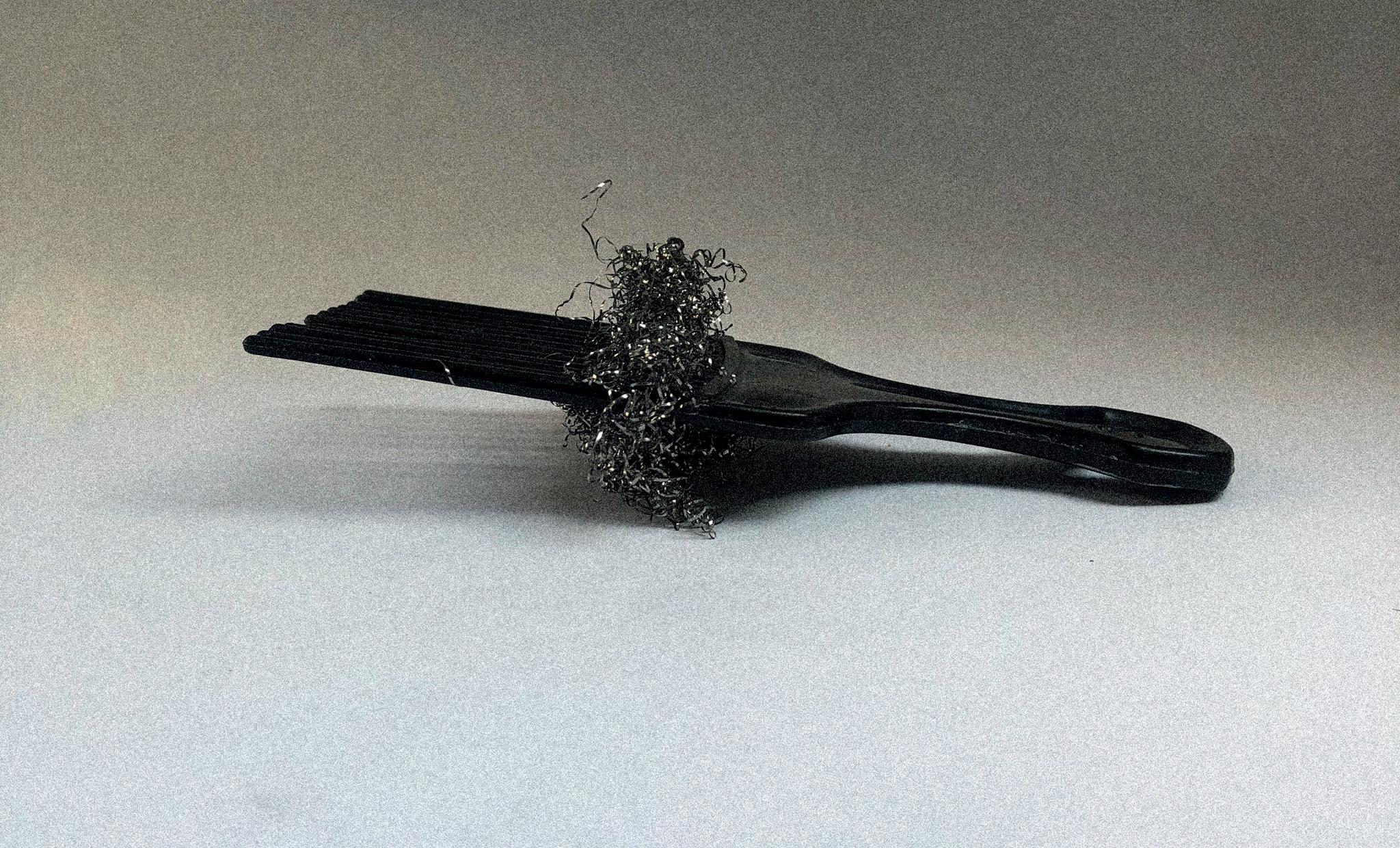
in earlier years was being able to see yourself in the creators who shared from their bedrooms. This utopia, like clockwork, became driven by toxicity and division – drifting from the origins of community forming and shared knowledge to fuelling exclusion. The inclusion that viewers seeked, turned into the exclusion they had become accustomed to in mainstream media. Colourism and texturism means that lighter-skinned Black women with looser curls are more desirable and thus become the face of ‘representation’.
Charity begins at home. Inclusion must first be established in communities – cities within cities. If there isn’t true belonging there, there is little hope. In order to design inclusively, the starting point must consider all the factors that contribute to the positions people form about their hair and that of people who look like them. Discussions that meaningfully tackle this are a starting point to building and re-building.
Don’t Touch My Hair
Discourse around Black hair ranges from being celebratory to
discriminatory. The way Black hair is policed is unfair and shows a stark contrast to the discourse around hair from other communities. European hair, namely, is not politicised – in this case hair = just hair. A bad hair or ‘messy bun’ day is not indicative of anything more than that. Beauty is elusive for most, but Black beauty comes with less grace and a larger burden. Descriptive words take on a whole different meaning when it comes to Black hair.
Take ‘messy’ or ‘unkempt’. The UK’s former prime minister, Boris Johnson, is a perfect example of how different rules apply to non-Black people, particularly to white cisgender men. Nine out of ten times, the individual with the highest office in Britain looked objectively ‘unkempt’. It’s become a joke he’s part of, whereas Black hair does not receive this same treatment. Black natural hairstyles are often tagged as ‘unkempt’ as a given. When it’s not unkempt, it’s ‘unprofessional’ or ‘disruptive’. This experience is shared from school-aged children all the way up to professionals at the height of their careers, both in the West and in Black-majority countries. The latter might come as a surprise as you would hope the impact of the atrocities of slavery and imperliasm would not continue to prevail.
Hair ≠ just hair when it has historically been over-politicised. The possessors have no choice as to if they are a willing participant. When decisions about ‘professionalism’ and ‘conduct’ are being made, who is at the table? Initiatives such as the Halo Code, spearheaded by young activists in the UK, respond directly to the root of the recurring issue – the way systems that dictate conduct are designed.
35 SPREKER VOORNAAM ACHTERNAAM
OLUWATOMILOLA ADEFIOYE
Black natural hairstyles are often tagged as ‘unkempt’ as a given. When it’s not unkempt, it’s ‘unprofessional’ or ‘disruptive’.
By asking institutions to sign a pledge that guarantees liberty and equity in decisions Black people make about their hair, the Halo Code establishes a step in the right direction. Further to this, there are campaigns to protect Black and afro hair as a matter of law or legislation. The Crown (Creating a Respectful and Open World for Natural Hair) Act has been successfully signed in eighteen states (and counting) in the USA. Similar efforts to protect afro hair by law are being campaigned for by thinkers such as Emma Dabiri in the UK.
‘Don’t Touch My Hair’ must extend beyond physical touch. Microaggressions are inherently difficult to quantify. A colleague telling another that a new braided hairstyle looks ‘sassy’ isn’t okay. Nor is highlighting archaic hair policies that deem afros and locs
as disruptive. Laws and rules are usually difficult to enforce. Provoking a change in behaviour should be accompanied by clear communication. This is a good place to add that the onus to continuously communicate and educate non-Black people on Black people’s humanity does not belong to Black communities. Beyond
This is the key to meaningful change. Historically, the introduction of new laws ensured greater protection in theory. In practice, however, they do little to change unwritten laws, biases and prejudice.
Designing in a way that provokes meaningful change must include the very people that have been impacted. To any efforts, Black communities must be at the core.
rules, policy, law and legislation is the necessity for each individual to do the work of learning and re-learning.
CURIOUS FOR MORE?
In the DCFA programme The Past is Now , we explore how the colonial past is shaping our present society.
TED TALK: A CELEBRATION OF NATURAL HAIR Storyteller Cheyenne Cochrane explores the role that hair texture has played in the history of being Black.
PROJECT: THE HALO CODE HaloCollectiveis an alliance of organisations and individuals founded by young Black organisers, working to create a future without hair discrimination. The Halo Code explicitly protects employees who come to work with natural hair and protective hairstyles associated with their racial, ethnic and cultural identities.
37
ACHTERNAAM
SPREKER VOORNAAM
Hair ≠ just hair when it has historically been over-politicised.










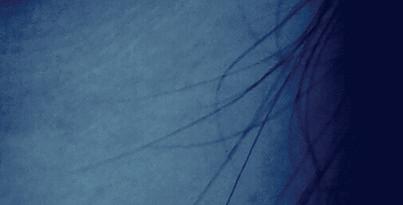


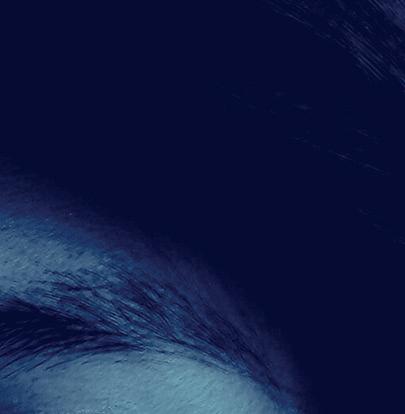
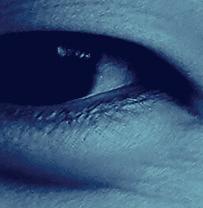



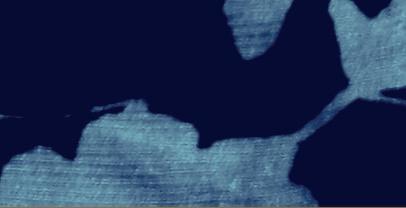
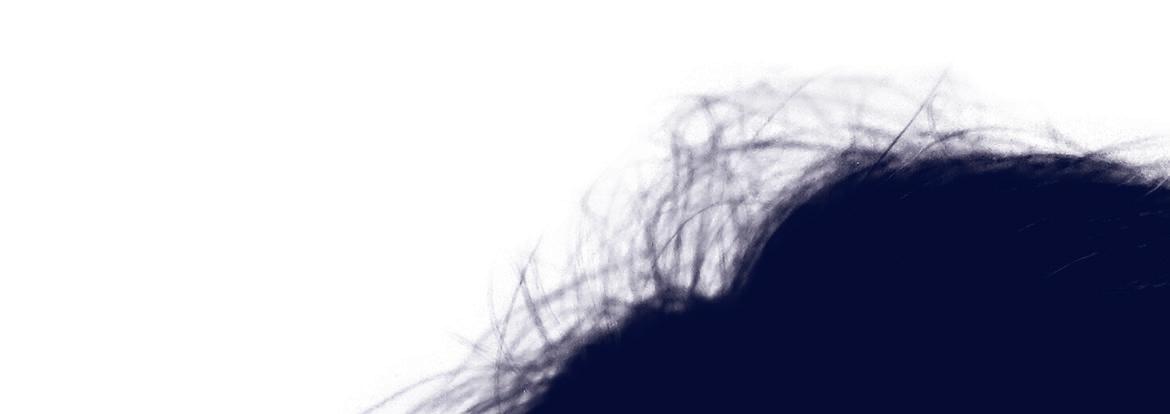


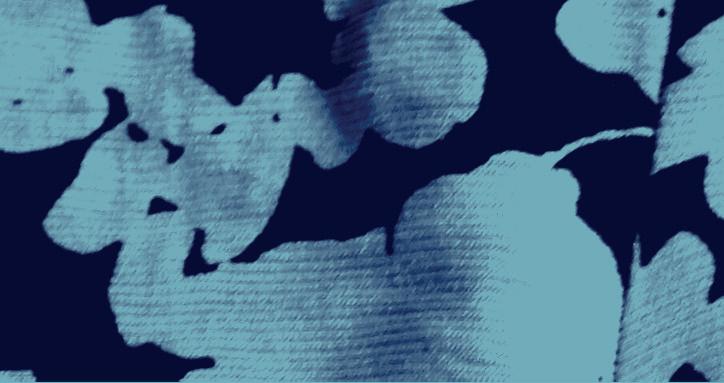






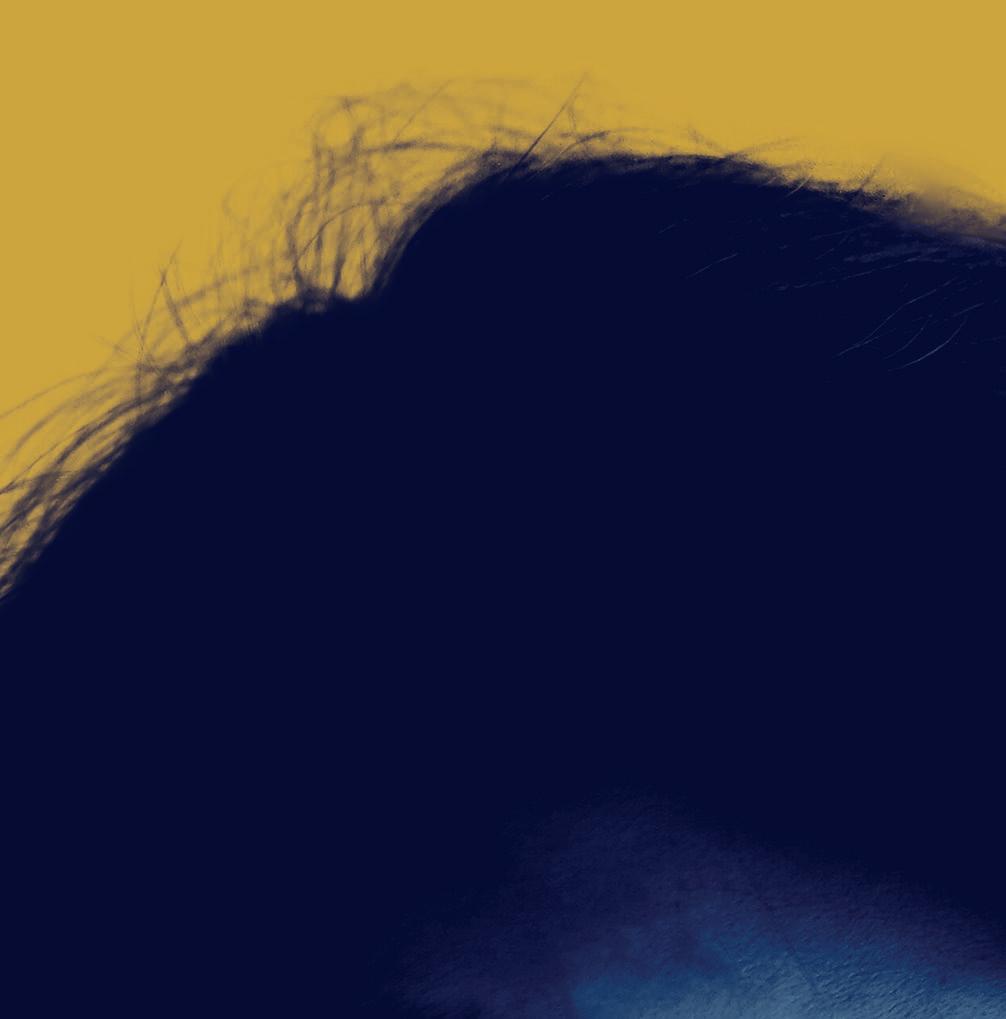
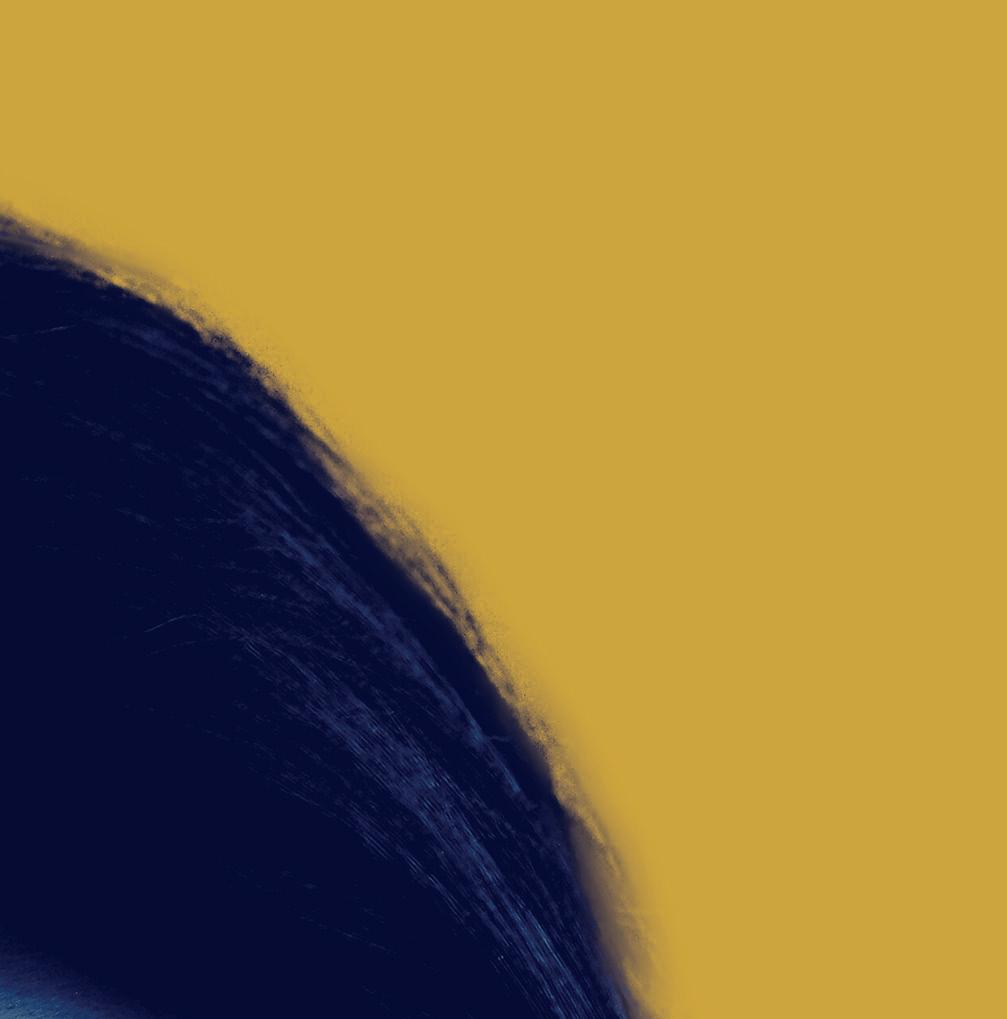






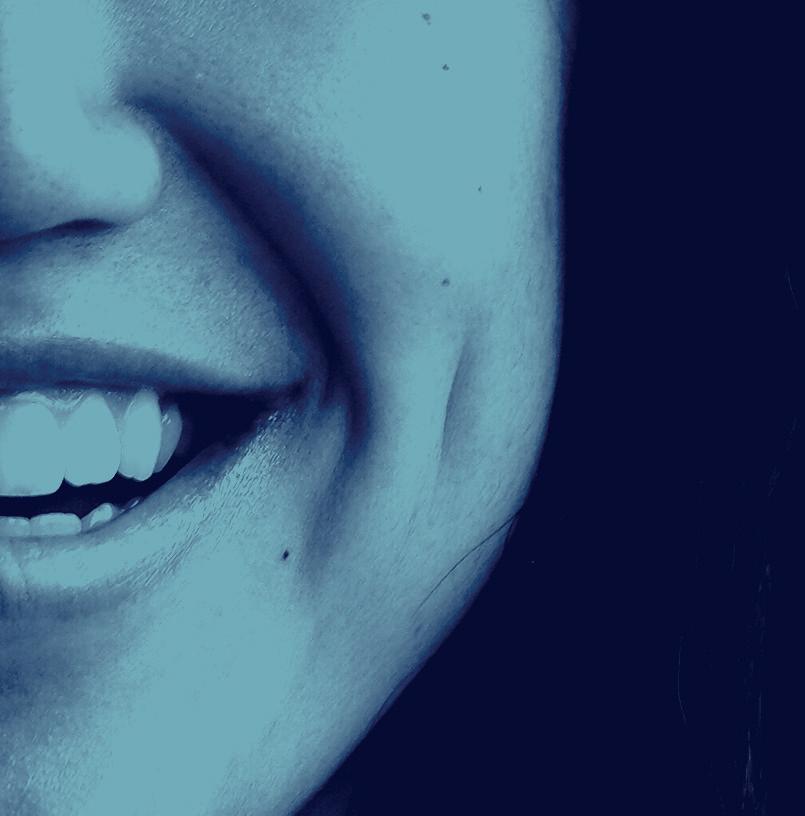






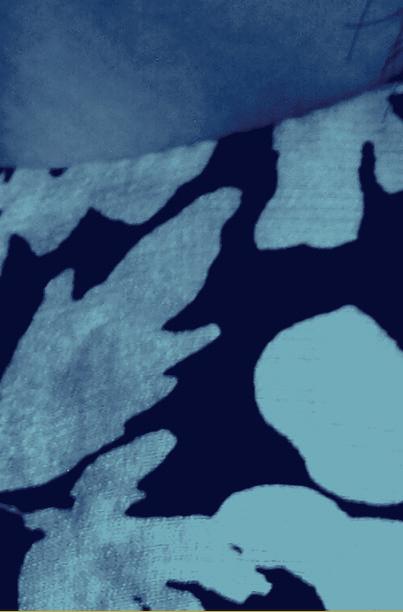
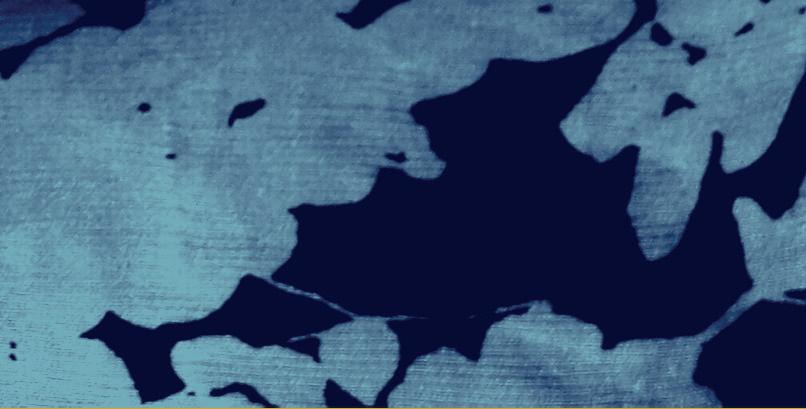
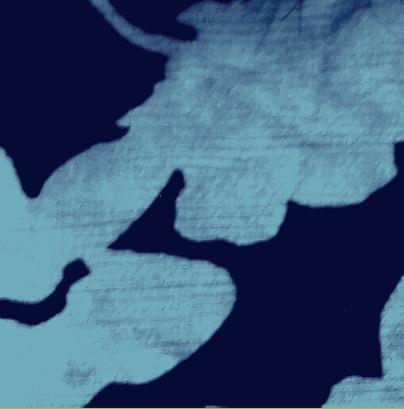








 © Carlos van Oostrum
© Carlos van Oostrum
Turning Backyards into Schoolyards
Wing Yan Man
Founder 3310 School for Millennials & programme coordinator Artificial Intelligence at TU Delft
With technological advancements skyrocketing, it seems all we need is available right under our thumbs. But are these innovations actually improving our lives? Wing Yan Man observes worrying trends in today’s (over)stimulating yet isolating society –but we might reconnect if we relearn to rest.
39 SPREKER VOORNAAM ACHTERNAAM
WING YAN MAN
My love for designing cities started at the age of fifteen. My friend’s father showed me pictures of beautiful Calatrava bridges, the ones with white arches that look like whale skeletons or huge eyes. Civil Engineering, that was the study I would pursue. Building big stadiums, infrastructure, waterways – all the things I wanted to design that would have a great impact on how we would live, transport ourselves and protect ourselves from natural disasters. With the rise of technology and the speed and innovation it grants, I decided to focus on designing smart cities. I started my first job at a big tech company, sprinting up the corporate ladder as a twenty-something year old, finding my way just after moving
to the big city of Amsterdam.
Three years later, I burned out. Being the first generation in my family to attend university in a society that considers millennials (like me) lazy and spoiled, I felt highly pressured to succeed. Additionally, I was raised with the notion that status, money and security are of great importance. Meanwhile, internet quotes tell me to not worry, be happy and do what I love. My expectations of myself were sky high.
Failure was not an option. Yes, there were personal reasons for my burnout. But was this solely my own fault? I knew that my city life did not encourage me to stay mentally healthy either. So I wondered: are the environments we live in actually designed to benefit our needs to lead a healthy, happy and fulfilling life?
We are more connected than ever, but disconnected from our bodies and minds.
Designing the right cities?
Growing up in a small town with only one supermarket and part of the only Asian family there, I was often discriminated against. Moving to Amsterdam, the multicultural capital, I expected to feel at home straightaway. However, when cycling from the city centre towards the outskirts of town, the contrast in architecture, demographics and inequality is –even today – painfully clear. How would I know where to fit in? Not religious, I was looking for a place in the city where people from all levels and backgrounds of society would come together, a place where I could feel that I belonged.
The Marktkantine dance club was probably the closest thing I found – not exactly a place where I would see myself having meaningful conversations. And this club, much like the few public spaces we used to have, has been turned into homes due to the housing crisis.
With the rise of online shopping and chatbots, there is almost no need for me to interact with people outside of my social bubble – let alone leaving the house. When I am out, I wear my headphones to catch up on podcasts. I literally shut myself off from my surroundings, just like many others. In these times of wealth, the city provides
an abundance of choices in entertainment. We might try and isolate ourselves to prevent overstimulation, but the internet does not have an ‘off’ button. Excess of information, the global economy: technology has drastically changed how we live. But we are increasingly experiencing the unforeseen negative effects, too. The infinite scroll occupying every little bit of our free time and chatting away simultaneously on apps: we are more connected than ever, but disconnected from our bodies and minds. Five minutes in the shower is probably the only time my brain gets a break during the day.
41 SPREKER VOORNAAM ACHTERNAAM
WING YAN MAN
Systemically, we have to rethink what a healthy and purposeful lifestyle that serves an entire society looks like.
When was the last time you were bored? Ideas and solutions often come to mind when we do nothing. But we do not allow ourselves that time, nor a moment to reflect on our feelings. We would rather trust a watch to say we are healthy than listen to our bodies; rather follow tips from a book than grant ourselves space to consider what makes us happy. You would think that, with all this knowledge right under our thumbs, vacuuming robots and working from home, we would be more efficient, less stressed and have more time to enjoy life. But then why do so many – among which one out of five of the seemingly ‘carefree’ younger generation – move towards burnout?1
When asked how they are doing, most people answer ‘tired’ or ‘busy’. Adding more pressure onto the people covering for those who have already taken sick leave is not sustainable. To serve a growing, ageing population and to combat the unpredictable future events and crises, at the very least we need physically and mentally fit citizens. The growing waiting
lists of psychological help makes me wonder if our quality of life is valued enough. Who is protecting us from spiralling any further?
The homogeneous city layout and removal of public spaces make opportunities for conversation with people outside of my own bubble scarce. Yes, through socials I can connect to others, but the risk of not getting a ‘like’ when sharing a vulnerable story among a sea of happy faces is too high. Anonymous keyboard warriors with strong opinions make it impossible to respectfully find a middle ground in discussions and, instead, drive us further apart. Today, already 47% of Dutch adults feel lonely. 2
Polarisation and isolation do not only lead to increased depression, but also in becoming less diverse in our thinking and losing trust in our fellow citizens. What is a sustainable, healthy city? How do we stay in charge of technology? How do we close the growing inequality gap? These questions that touch all our lives, ask of us to collaborate and to think creatively.
1
CBS, ‘1 op 5 werkende jongeren ervaart werkstress’ (02-03-2022); NRC, ‘Ziek van de stress: waarom twintigers en dertigers steeds vaker uitvallen’ (27-07-2022)
2 GGD, CBS & RIVM, ‘Gezondheidsmonitor Volwassenen en Ouderen’ (09-06-2022)
The diversity of answers leads to more innovative and supported resolutions. But when there is no time to get together, no safe space to find common ground, how will we make decisions that will benefit us all?
The city as our school
I believe that our cities are neither designed to facilitate our current needs, nor are they sustainable to deal with the future. As an engineer, I understand that changing the infrastructure and our systems will not happen overnight. But as a citizen, I hope we get started before we all
collapse. If I could redesign our cities to encourage us to lead a happy, healthy and fulfilling life, it would look something like this.
When designing cities, we are no longer bound to physical space. There are whole digital and systemic worlds to consider. I wish to provide space and tools that help us navigate effortlessly into the desired actions to fulfil our true needs. In other words: public spaces should be accessible and en route for a diverse population, not muffled away in remote areas.
43 SPREKER VOORNAAM ACHTERNAAM
WING YAN MAN
We often just want someone to listen, a place where we can build meaningful relationships, where we can belong.
Buzzwords like ‘A.I.’ and ‘Big Data’ often make people believe that technology is the solution for everything. But I think it should always be a means to an end. Technology should work for us to make decisions easier, faster, healthier and more considerate, and not becoming more productive or controlling of each other. Systemically, we have to rethink what a healthy and purposeful lifestyle that serves an entire society looks like, and how we can let citizens adopt this behaviour in an easy, sustainable fashion.
Unfortunately, no machine produces more hours to go into a day to finish our endless to do lists. When we do have a minute to rest, we get to choose from millions of videos, series, movies, songs and games to engage in. Or we follow other people’s lives on social media, while letting our own life pass by. What if we would not get caught up in what others find important, but focus on ourselves? Oftentimes, we are able to think of solutions if we take a step back. Creating smartphone free zones at bus stops, in waiting rooms, on public transport and in other public spaces forces us into a brief digital detox. In peace, letting our body and mind rest, recalibrate and move into a healthier direction.
Not everybody who feels run down needs therapy straightaway. We often just want someone to listen, a place where we can build meaningful relationships, where we can belong. If we could extend these smartphone free zones into community houses, libraries and cafes with the sole purpose to connect with one another, I believe we would also alleviate the mental healthcare system. One thing my childhood village taught me is to greet everyone passing by, a simple acknowledgement and sign of respect towards another human being. We need a code of conduct to remind ourselves to check up on each other, listen, be patient and kind. With respect we can build trust, be vulnerable, help each other in need, grow empathy and create a support system. The Covid-19 crisis has proven that humans prefer physical over digital contact, but online, we can reach a bigger audience. Would it not be great if we could create a safe space on the internet to have sincere conversations, where everyone would follow this code of conduct – not anonymously, but presenting their authenticity – and show vulnerability instead of hate?
School didn’t teach us how to deal with the basics of life,
like the feeling of failure or the loss of a loved one – let alone surviving financial crises or climate change. To stay sane and adapt to these rapid, unpredictable changes, we need to keep learning throughout our whole lives, actively and fast. My dream is to turn our cities into schools: each citizen is a teacher and their backyard is our class room. With people from all backgrounds and walks of life, we have a rich database of experience we can tap into. A city where we visit each other, make meaningful connections and teach one another with our stories – there, I would feel at home.
CURIOUS FOR MORE?
In the DCFA programme Redesigning(Mental) Healthcare we uncover how to (re)design an accessible and equitable (mental) healthcare system for all.
PODCAST: NAVIGATING THE MILLENNIAL BURNOUT
An interview with Wing Yan Man on the OpenFrame podcast about her burnout and how it relates to the circumstances of the millennial generation.
BOOK: THE CARING CITY
In this important contribution to urban studies, Juliet Davis makes the case for a more ethical and humane approach to city development and management.
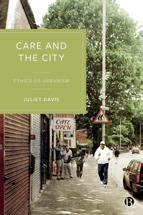
45 SPREKER VOORNAAM ACHTERNAAM























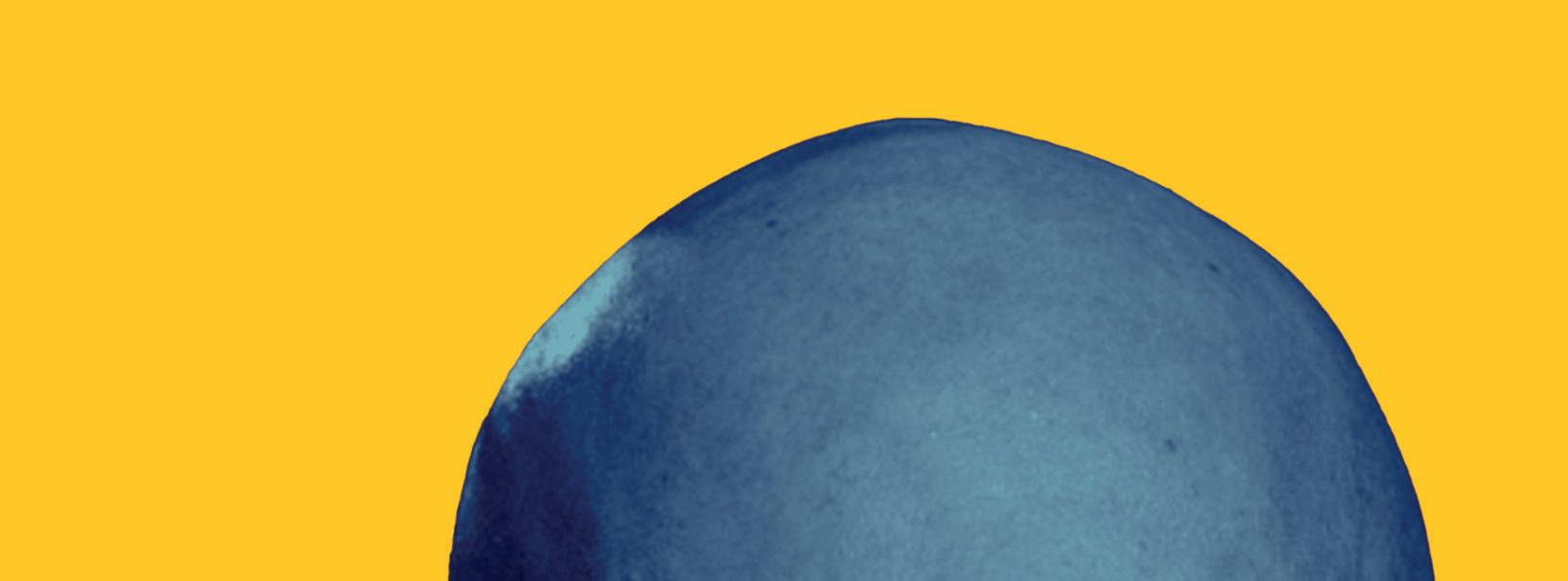

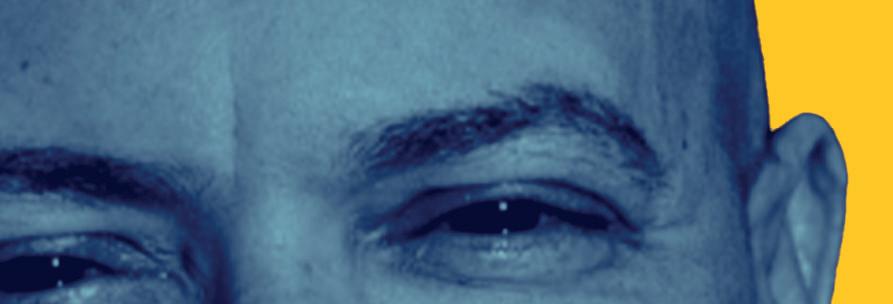







 © Kai Latouche
© Kai Latouche
Caribbean Climate Change Refugees
Tadzio Bervoets Marine biology & nature conservation expert
In the late summer of 2017, hurricane Irma struck the Caribbean and left a trail of destruction. Tadzio Bervoets describes the course of events on St. Maarten, a small island part of the Dutch Kingdom, and comes to a grim conclusion: both local and crosscontinental infrastructures were not designed to deal with the consequences of climate change.
47 SPREKER VOORNAAM ACHTERNAAM
TADZIO BERVOETS
I am standing in line – or rather, in a disorganised congregation of desperate souls – in the parking lot of St. Maarten’s Princess Juliana International Airport, once the second busiest airport in the Caribbean, now a shell of sheetrock, concrete, metal and glass. The main terminal building is completely gutted. My partner is some feet away, seeking shelter from the searing mid-day sun in the shadow of a delivery van flipped onto its side, all its windows blown out and its bonnet lying fifty meters across the street.
On the van’s bent fender a parrot is inexplicably perched, ogling the approximately one-thousand people filling the parking lot with their desperate chaos – trying, like us, to evacuate ourselves or our loved ones out of St. Maarten. It is September 2017, and the island is still reeling from the sustained one-hundred and eighty-five mile per hour winds and subsequent civil unrest brought upon by one of the strongest hurricanes recorded in the Atlantic, a storm with a name that will live on in infamy in the collective psyche of every Caribbean community from Barbados to Cuba: Hurricane Irma.
Dutch Marines are handing out hot bottled water to people gathering in different sections: one section for US citizens, with US Embassy staff running around with clipboards; one section for Dutch citizens evacuating to Curaçao and then onwards to the Netherlands on military transport aircrafts; one section with EU citizens, getting pink and then purple under the blazing Caribbean sun and looking wide eyed at the destruction around them; and us, desperate Caribbean Nationals (Michelle is Jamaican and was visiting me on St. Maarten), trying to find word on whether people will be evacuated to Antigua and then onwards to Jamaica, Trinidad, St. Kitts… Anywhere. We are all Caribbean Climate Change Refugees.
Cruise ships will be docking here again, not to have their passengers buy jewellery and electronics on Front Street, but to evacuate three thousand people off of the island.
We are all Caribbean Climate Change Refugees.
Ten days before the storm, as holidaymakers were disembarking their flights on jet bridges now twisted like foil paper, a lowpressure system had started to develop off the Cape Verde Islands in the Atlantic. Three days later, as cruise ship passengers meandered on Front Street — our main tourism centre — that low developed into Tropical Storm Irma. By the next day, when the brewing storm hit unusually warm sea surface temperatures not far from the Lesser Antilles, Irma became a Category 3 storm. The day after, Category 5, intensifying more rapidly than any other storm on record. Tomorrow, a week after the storm, cruise ships will be docking here again, not to have their passengers buy jewellery and electronics on Front Street, but to evacuate
three thousand people off of the island. Besides, the jewellery and electronics were looted clean even before the storm stopped raging.
Irma struck on a Wednesday morning. The day before, Marine Park Staff helped to secure various boats in the Simpson Bay Lagoon. We tied our patrol boat down and together had what we knew would be our last cold beer for some time. Predictions weren’t looking good. While we hoped that Irma would head north, the various weather models had the storm hitting us directly. We realised we were in for trouble. We secured our houses, bought our last supplies and hunkered down.
By four on Wednesday morning Michelle and I, two dogs and a cat were riding the storm out in our guest bedroom, then kitchen, then
49 SPREKER VOORNAAM ACHTERNAAM
TADZIO BERVOETS
guest bedroom again, the pressure popping our ears and the fourstory concrete building shaking as if in an earthquake.
The storm hummed and sucked like a living, breathing thing. A thing upset at the very presence of humanity. At one point, our ceiling flexed as if being pushed and pulled from above. At six, the eye of the storm was over us and we fled to our downstairs neighbours. Our windows blew out and the ceiling caved in. By twelve, the storm was done. As I stepped out of our hiding area and witnessed the destruction,
I thanked the Universe – we were lucky to be alive. Ninety percent of all buildings were flat. Not a single leaf was on a tree, and hundredfoot ships lay across the street as if placed there by a giant child playing Battleship. St. Maarten had been decimated.
Unfortunately, this will more and more become the reality of our situation here in the Caribbean. This paradise of fun and merriment, of frozen beverages and beautiful beaches, of music and sunscreen, will increasingly be faced with disasters brought upon us by a warming climate.
A whole community displaced because of the effects of climate change.
As industrialised nations discuss and meet and hold fora and COPs deliberating the consequences of a warming earth, as the former US President withdrew from the Paris Climate Accords (while ironically having a house on French Saint Martin that was completely obliterated by Irma), as the world struggled with our addiction to fossil fuels and their impact on the climate, we are still trying to put the pieces of our lives back together five years after The Storm. We are trying to adjust to the New Normal: to our new status as Caribbean Climate Change Refugees.
Barbuda, where I did fieldwork surveying the health of their coral reefs just a few months before Irma hit, was declared uninhabitable, the Prime Minister of Antigua and Barbuda having ordered mandatory evacuations off of the island. A whole community displaced because of the effects of climate change. Anguilla, one of the wealthiest islands in the Caribbean, was levelled. Necker Island, home to billionaire philanthropist Richard Branson, was completely
destroyed. And, as I was helping my neighbours clear access roads to our community, a lady was washing her two children in brackish well-water. Disaster brings equality. In the aftermath of the storm, local governments – especially on St. Maarten –struggled to control law and order. The island descended into lawlessness. First, people looted water and food, and then they emptied out electronic stores, jewellery stores, anything. I saw one guy dragging his barely clad children behind him with three flat screen TV’s on his head. The island didn’t have electricity for months. Rumours of armed gangs pillaging whole neighbourhoods, emptying hotel rooms and robbing at gunpoint spread like wildfire. Whether true or not, the news circulated around the world and our island has been eternally scarred. People waited frantically for a government in disarray to feed and water them. The Dutch Military arrived to restore law and order, placing us under martial law. There were armed marines patrolling streets that, just a week ago, were lined with bars, restaurants and strip-joints.
Disaster brings equality.
51 SPREKER VOORNAAM ACHTERNAAM
TADZIO BERVOETS
While working in the conservation field, we have been continuously preaching sustainable development to Caribbean and European governments. We have been advocating a structured social welfare system, a sustainable economic plan not totally reliant on tourism, and the protection and management of our natural resources. Resources like coral reefs or mangroves, which not only provide goods and services like tourism and fisheries, but which also protect our vulnerable coastlines and critical infrastructure from the damaging effects of hurricane storm surge. Because of the decline of both coral reefs and mangroves and because of Irma’s unabated twenty foot storm surge, I’ve had to do a diving survey of the Simpson Bay Lagoon earlier today. There is a sunken boat every five metres. The water is more diesel than salt. We will be diving again tomorrow to see if there are any bodies to recover.
Long time neglect by most Caribbean governments of their natural areas has reduced the ability of island ecosystems to be resilient enough to recover from disasters; to allow for the nature of these islands to return to its beauty, the reason why tourism is so popular on all of the islands hit by Irma. Our islands have been changed. Forever.
We are at the head of the line now. We have said our hurried good-byes, tearful and fearful, wondering when and where we will see each other again as Michelle is hurried away by the Dutch military to her waiting evacuation aircraft. As I stay and watch the tiny plane leave for Antigua, two women are chatting about which school in the Dominican Republic they will now have to send their young daughters to – all schools on the island are too damaged. A few feet away, in the shade of the upturned delivery van where just an hour ago we sought shade, two of the girls are trying to teach the parrot to say a word.
As I walk towards my truck I hear it squawk ‘Irma’.
CURIOUS FOR MORE?
In the DCFA programme ClimateandtheKingdom Tadzio Bervoets and others seek to answer the question: how can we create a Dutch Kingdom in which (environmental) justice is at the fore?
BOOK: DECOLONIAL ECOLOGY
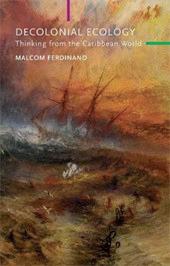
Facing the storm, this book is an invitation to build a worldship where humans and nonhumans can live together on a bridge of justice and shape a common world.
PODCAST: ISLANDS ON ALERT IslandsonAlertbrings the realities of climate change to a small island audience from an islander perspective. It highlights the exciting work being done by island communities, as they lead the global charge in addressing the climate emergency.
53 SPREKER VOORNAAM ACHTERNAAM
We have been continuously preaching sustainable development to Caribbean and European governments.




























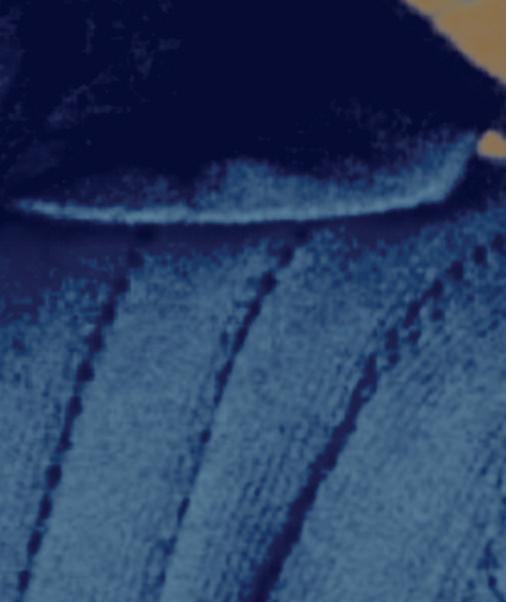



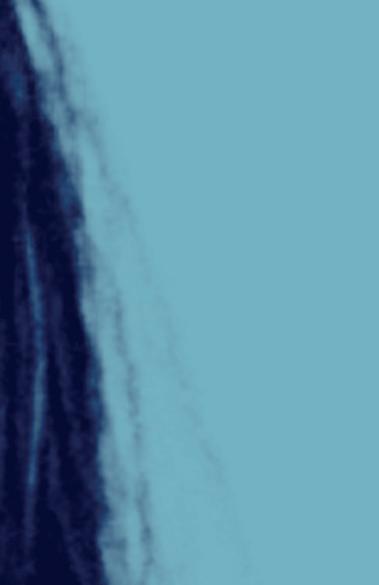





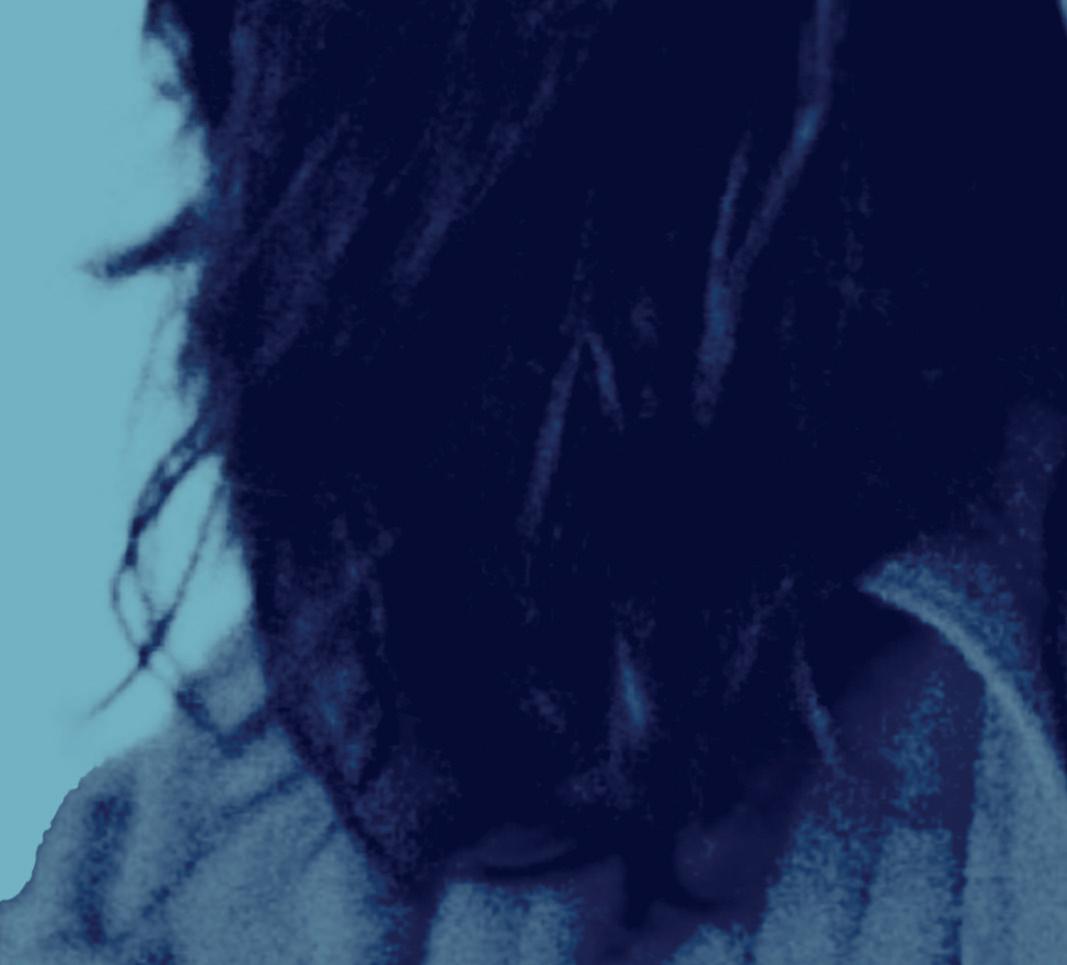















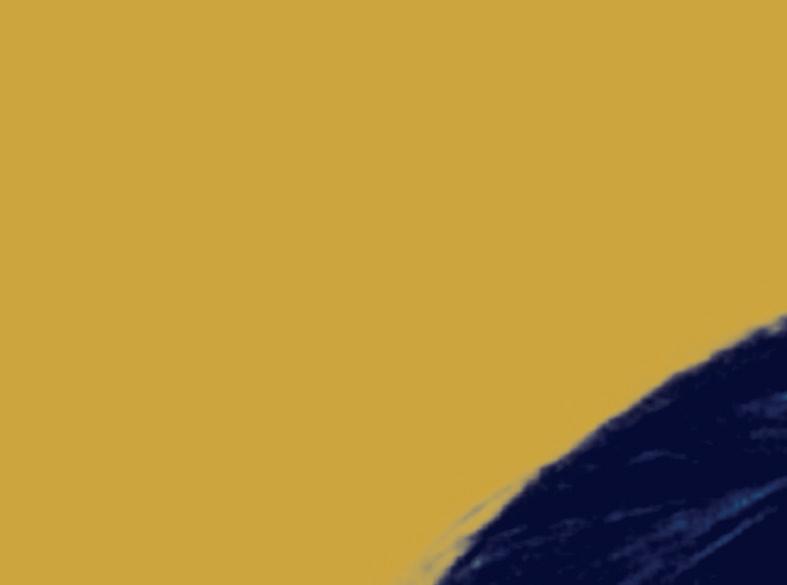
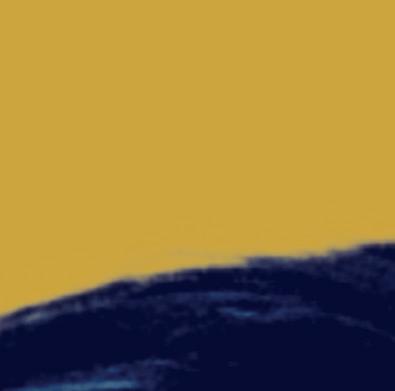

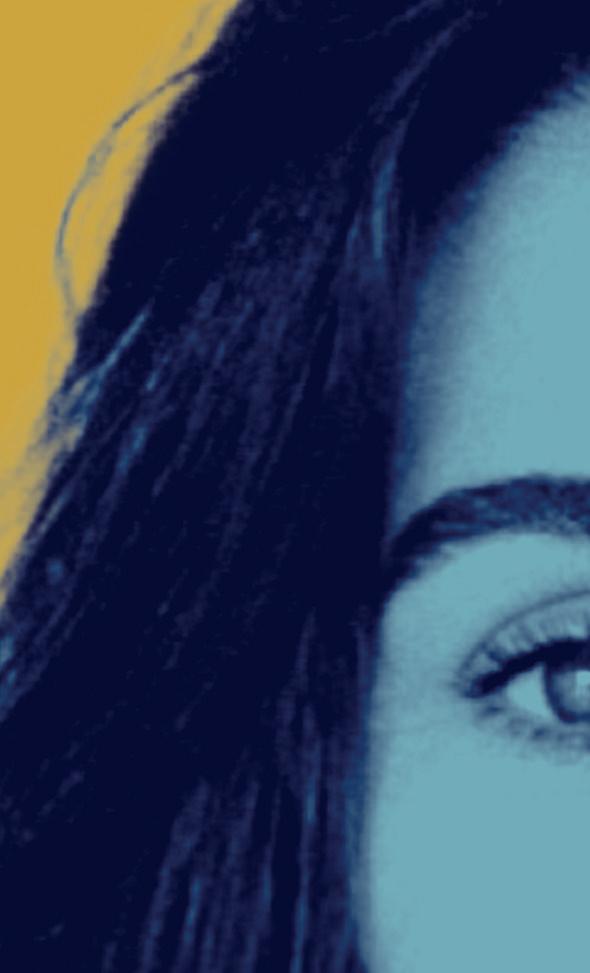

















© Liza
Target
People are good –we deserve good design!
Anna Noyons Innovation expert & founder of social design agency Ink
How do assumptions about human nature influence our daily lives? This essay describes a flawed image of humankind with serious consequences: Dutch institutional systems are designed based on the idea that our actions are the product of bad intentions. But people are good, pleads Anna Noyons. Sometimes, we just need a little help.
55 SPREKER VOORNAAM ACHTERNAAM
ANNA NOYONS
The Netherlands is one of the richest countries in the world. Still, one in five families is facing severe debt problems. It is expected that in 2030, more than 60 per cent of the Dutch population will suffer from obesity. The Dutch mental healthcare system is chronically overburdened: while demand continues to rise, the waiting lists for receiving psychological or psychiatric care have already increased to the point that we can rightfully call it a crisis. All of these problems are omnipresent to the extent that the causes – and, therefore, the solutions – lie not with any individual, but with society as a whole. But how can we identify these causes and solutions?
Walking around the streets of Delft as an Industrial Design student around 2005, it dawned on me that the things we produce drastically impact our lives. The roads and bridges we build, the houses we design, the products and services we use: all of these play a small but significant role in our everyday lives. I became acutely aware of this when the societal impact of the microwave was discussed as part of a course called ‘Reflection on Design’. Being able to heat up meals in a jiffy has unquestionably made life easier. But when we zoom out, we can see the effects
of the invention of the microwave on society. Since its introduction, the frequency at which families or flatmates sit down at the dinner table and share a meal has decreased to less than once a week. Apart from its primary function of heating food, the microwave apparently holds another central role in our society because of its large implicit side-effect: it diminishes the opportunity for meaningful conversation.
This has always fascinated me a great deal. If you look at the world through this lens, you start wondering about every little thing: how does this object, this service, influence our lives? What are its beneficial and detrimental sideeffects? And during the design process of any given object, how can we ensure that these sideeffects are, indeed, positive?
Oftentimes, governments seem to assume that civilians act both rationally and with malicious intent.
Our public space is constantly exploiting our desires
Many of the things that we are surrounded by have not been designed with these side effects in mind – either positive or negative. Our economic system likes to capitalise off of our primal brain, which isn’t very capable of taking long-term effects into account while making our many daily decisions. Consuming unhealthy food, taking the car instead of walking or cycling, impulsively buying all kinds of trinkets we don’t really need or can’t even afford, being compulsively stuck to a tiny screen in search of new impulses and purposely designed to keep us there – our public space is constantly exploiting our desires, and if we want to take good care of ourselves, we have to resist its temptations.
Unfortunately, more often than not this reality is not in civilians’ own interest. Companies – with the help of designers and other creatives – have become incredibly skillful at the art of seduction and facilitating consumer behaviour that’s lucrative for them, not for us. Our government, however, does not seem to hold the same creative power to counter these negative effects of commercial influence in favour of the greater good. As a result, it often feels like the things that we know are good for us, have been made unnecessarily difficult or unattractive. Fruit and vegetables are still expensive, just like meat substitutes. Exercising or playing outside are made difficult in cities without much
57 SPREKER VOORNAAM ACHTERNAAM
ANNA NOYONS
greenery, while gym memberships are costly. Spending more money than you have is very easy with ‘shop-now-pay-later’ services like Klarna and easy-to-attain yet costly loans, but finding the right help with your finances and personal debt is difficult, unattractive and bureaucratic. And ever since the explosive growth of single-person households, loneliness is lurking in a society where social structures have been economised on, with decreasing numbers of libraries, sheltered workshops and community centres since the 1960s.
Looking at it from this angle, you can only reach one conclusion: we’ve created a world, a public space and society, which doesn’t take care of us very well. How did we end up here?
A dual image of humankind
The commercial and political world hold two completely different images of humankind. Commerce has known for a very long time that consumers are, well, people, with those primal brains that are easily distracted, manipulated and influenced. Oftentimes, however, governments somehow seem to assume that civilians act both rationally and with malicious intent. A poignant example is the toeslagenaffaire: the ongoing Dutch childcare benefits scandal which saw the tax authorities wrongly accuse thousands of parents of making fraudulent benefit claims, pushing many of them into financial hardship and family tragedy through unjust repayment schemes. While supermarkets have introduced
We’ve created a world which doesn’t take care of us very well.
self-scanning registers because they know the vast majority of people will honestly pay for their groceries, it appears as though the government systematically considers those same people frauds, judging by some of its policies and mechanisms of surveillance. In many Dutch municipalities, for example, tenaciously tracking down fraudsters seems to have become a goal in itself, rather than a necessary evil..
It will come as no surprise that this dualistic thinking about the way people function has disproportionately bad outcomes for people lacking privilege. If you are healthy and wealthy and without worries or stress, chances are you have plenty of bandwidth to take care of yourself and are not reliant on the government. Also, your money can fill up the holes left open by the flaws of society.
You can go to literal greener pastures, hire a personal trainer to keep you moving, get a coach to tackle mental health challenges, pay financial experts to secure your assets and pension and get a good lawyer in case you’re ever in trouble. But the less money you have, the more dependent you are on often poorly designed municipal and governmental products and services, and the higher the likelihood you won’t make it out.
Still, I’m optimistic. Since the toeslagenaffaire , something has tilted in the Netherlands. It feels like the whole political system, from left to right, has realised that civilians are people. And that most people are good people –they’re just not always able to make sensible decisions. This realisation is crucial, because now we can ask ourselves the question: how do we design a society which really does take good care of us – long and short term?
We are going through many significant changes: the energy transition, the protein transition, large scale urbanisation and the housing crisis. This is why we will have to take a fresh and critical look at our society and public spaces. For everything we develop, we will have to ask ourselves what will be the (direct and indirect) consequences on a societal scale, in order to make sure these consequences result in positive change overall. Because if we can influence century-old family traditions by inventing something as banale as the microwave, what can’t we do?
Luckily, nowadays we know so much more about ourselves than we used to, about how we function (and how we don’t). Through all of our psychological and behavioural scientific
59 SPREKER VOORNAAM ACHTERNAAM
ANNA NOYONS
knowledge, we are getting a better grasp on what we need to retrieve and maintain a happy and meaningful life, and can learn how to steer people towards it by making certain choices easy and others harder to make.
Do you know who mastered the art of steering people’s choices?
Designers. Designers know how to make things easier, more attractive and fun. And how powerful design can be. My plea is that in our collective aim for a better future, those two worlds – the world of design and the public sector – should collaborate a lot more and much closer. Designers could and should make a much more significant contribution to society and public space by designing products and services that take better care of us.
Steering people’s choices – and therefore, influencing their behaviours and lives – may sound scary. Some argue that these practices aren’t fit for governments, in fear of repressive systems with too much control. However, right this moment, the government is already steering people’s behaviour in many different ways through laws, financial incentives and campaigns. From an ethical perspective, I think we should ask ourselves whether it’s fair to expose people to the ever intensifying influence of commercial parties, seducing potential customers to spend their limited time, money and mental space on their products and offer nothing in return but trust in people’s individual and unlimited capacity to ‘make the right decisions’.
Ever since I left Delft, I have returned yearly to give lectures and teach design methodology, and every year, more students get passionate about how to use design as a tool to change behaviour and improve both individual lives and society as a whole. Over the past decade, we’ve seen the emergence of social design. Researchers and start-ups in this field are trying to figure out in practice how best to predict indirect side effects, how best to incorporate them
Designers know how to make things easier, more attractive and fun. And how powerful design can be.
into the design process, and how to design specifically for these desired side effects.
By understanding behavioural research, incorporating it into our solutions and testing and measuring both the direct and the indirect effects, we can change the way we shape the world around us. But designers cannot change the world all on their own. We need policy makers and public institutions to work together with. People who own the problems that need new solutions. We need them to experiment, to take the chance to do things differently – to believe that this change is possible.
What does a neighbourhood look like that has been designed to reduce loneliness and improve health? What if the tax authorities were tasked to operate on the basis of trust and gratitude? Could we have banks that help people stay financially stable? In my opinion, the opportunities and possibilities for a better, more inclusive society are endless.
So let’s get moving and design the world of tomorrow together!
CURIOUS FOR MORE?
In the DCFA programme IsEveryoneaDesigner?
Anna Noyons and other speakers discuss the need for participatory design.
BOOK:
DESIGNING FOR SOCIETY
This book offers support for designers looking to create designs that contribute to pro-social behaviour, drawing on a wide range of international examples and case studies.
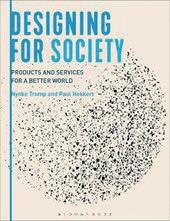
BOOK: HUMANKIND: A HOPEFUL HISTORY
Rutger Bregman takes the reader on a journey, dismantling the assumptions of classic research on human nature that positions humans as self-interested, and instead exploring how humans can use their inherently good nature to build a better society.
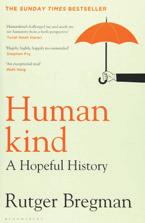
61 SPREKER VOORNAAM ACHTERNAAM
WHO IS THE DESIGNER?
D’Souza
Stacey Mac Donald Jonathan Tjien Fooh/Designalism
JORN WEMMENHOVE LIVECAST PUBLIC SPACE PARADOX
‘If we want to make cities more human, we must deal with humans’ core qualities, paradoxes, and our capacity to make sense of them.’
Shay Raviv/Embassy of Inclusive Design
Darko Lagunas
Radha
63 SPREKER VOORNAAM ACHTERNAAM
MEHUS LIVECAST ROOTS GUIDE
‘Ultimately, what happens when you listen to other people’s stories is that you get to know yourself better.’
INGI
forms
creation.
ways cities
PRISCILLA NAMWANJE LIVECAST BREAKING THE MOULD
‘There’s many
of
There’s many
can be made.’




















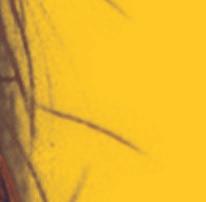



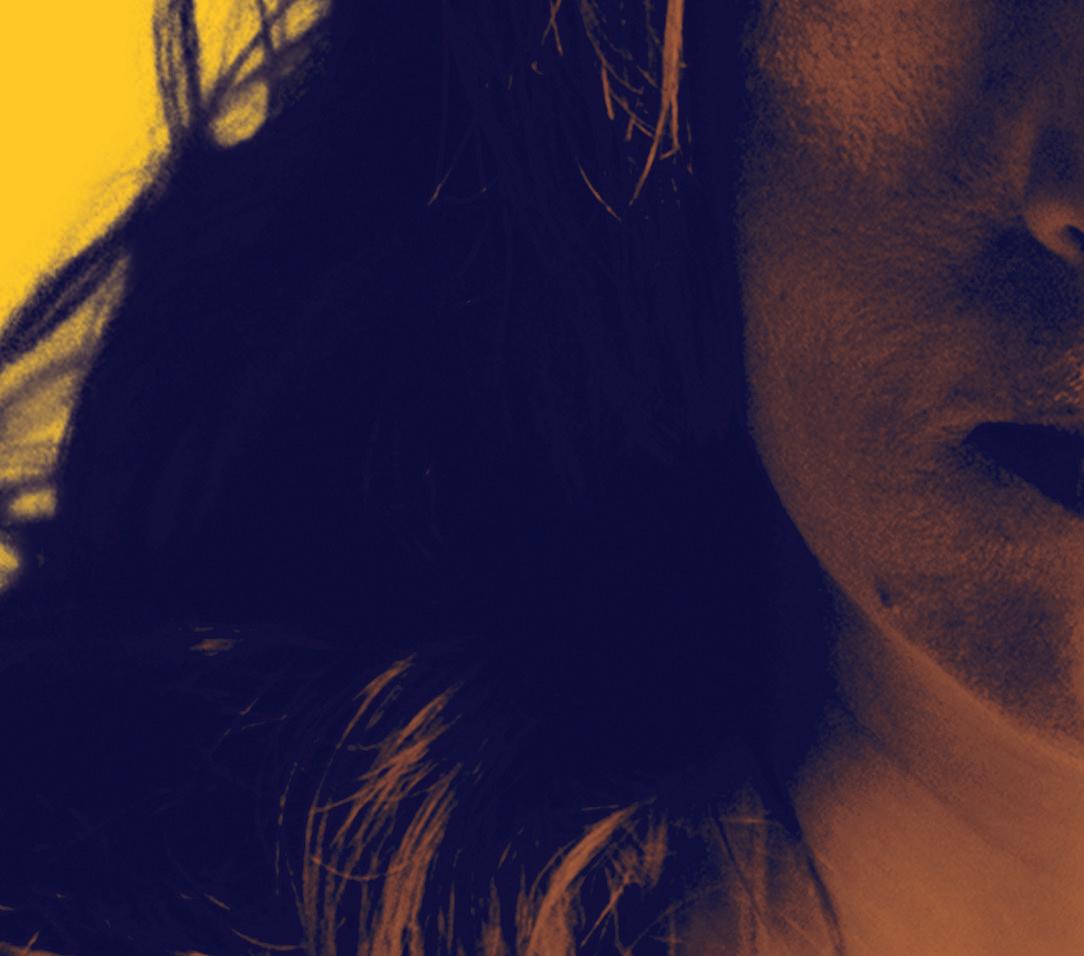
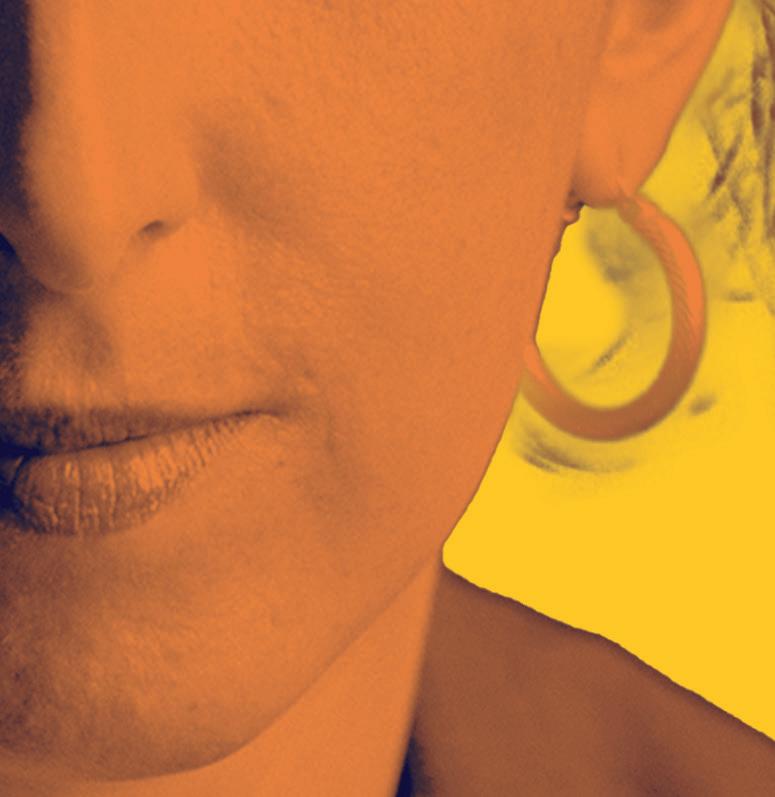


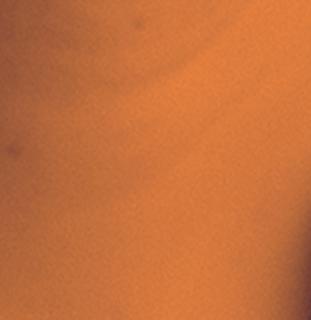















© Wouter le Duc
What Is in Our Backpack?
Promoting openness and vulnerability as designerly attitudes
Shay Raviv
Design researcher, social designer & curator at Embassy of Inclusive Society
Every person carries their own little backpack filled with experiences, knowledge and development. Including designers. So how can they use all of these parts of their identities to approach design and curation from a human standpoint? Shay Raviv reflects on this attitude of openness and vulnerability.
65 SPREKER VOORNAAM ACHTERNAAM
SHAY RAVIV
In January 2022, I received a call inviting me to take on the role of the curator of the Embassy of Inclusive Society, an open coalition that deploys design in development of new perspectives and alternative futures for an inclusive society. Naturally, when I got this call I felt very flattered, happy and excited. However, there was also this other voice inside of me, asking myself: ‘Who are you to fulfil this role?’
One could think: these are your insecurities speaking, your imposter syndrome. But let’s set that aside for a moment, because I think there is more to it. In the incredibly complex discussion of inclusivity, who am I to shape a narrative? To craft a statement? To make decisions for what will be shown and shared, with whom and how? Who am I as an individual to say what includes inclusivity? And, beyond myself –how can an institution position such an Embassy in the outside world?
With all of these questions in mind, I entered the first conversation with the team. I brought forward my doubts and was happy to meet people who understood my ambiguous position. From that moment onward, the notions of humbleness and vulnerability had become key attitudes in our ongoing collaborative process.
I find reflecting on my position as a curator in this process highly important, as I think it can help in distilling ways of working, attitudes and practices for myself and others who wish to engage in the efforts of designing for an inclusive society. Therefore, I would like to propose an exercise, in which metaphors help to verbalise and visualise abstract notions of our practice. In this scenario, we are opening my backpack together, which I use to walk this curational journey. It contains different artefacts symbolising the intentions, questions, tools or skills I apply and the ambitions I aim to follow.
A final note to the reader. Since this essay is very personal, I write from the subjective case, using the singular form of the first person. But the essay also refers to collaborative teamwork and the labour of many people involved. Therefore, the subject ‘I’ is often replaced by ‘we’.
The Backpack / between the humble and the confident maker
Let’s start by taking the backpack and opening it, pouring its content out on the table. The stuff, the tools, the books, the mess and all the notes are everywhere. The process is out in the open, nearly transparent. The guard is down.
When working with inclusivity, it seems essential to step away from certain knowledge and cultural production attitudes that we are all very familiar with in the western modern world. By that, I mean the expert’s knowledge, the authorship of the curator or programme maker, and the familiar hierarchies of the initiator, the curator/designer/artist and the visitor. But when working with notions of inclusivity, expert knowledge must be challenged, as it is all of us who are the experts of our own experiences. Therefore, in the process of curating the Embassy, we try to bring forward different types of knowledge from a broad group of people by creating gatherings in a way that allows for many insights to shape the development of the Embassy. Sometimes people join a lunch dialogue from their own, personal
position, sharing experiences from their everyday life. Sometimes, people contribute through their professional lens. Very often, the two positions merge.
While researching and designing towards a public programme or exhibition, we tend to start with the practices of organising, labelling and rationalising in order to make sense of the topic we are exploring, so we can present a certain logic to the audience. However, in the context of inclusivity, attempting to label or define may result in maintaining the same mechanisms we try to challenge, of labelling people as belonging to one group or another.
It seems to me that one actor cannot take the agency of defining what ‘inclusivity’ is and how it should be approached, as that
an individual to say what includes inclusivity?
Who
67 SPREKER VOORNAAM ACHTERNAAM
SHAY RAVIV
am I as
What does it mean to bring one’s personal stories, cultural luggage, preconfigurations and blind spots into the curation process?
as curator and organisers, as we constantly invite people to share their input and feedback and to co-develop the Embassy. Oftentimes, vulnerability means admitting ‘I don’t know what I’m doing’ and calling on others for support and advice. It might also entail letting doubts emerge and slow down the process, rather than shutting them down in order to move forward.
counters the practice of including. That is why we approach this process with an open, exploratory and vulnerable mindset to try and create opportunities for multiple perspectives to emerge, rather than defining and ‘shelfing’. We are transparent about our questions and insecurities. This often means I put myself and our team in a vulnerable position
At the same time, in order to work with many voices and carry the responsibility of the job, one needs to be confident in their approach. In this context, I see ‘confidence’ as being able to facilitate a process, to guide and host people, but also to identify moments to open up the process for input and co-creation and moments to retrieve, make decisions and progress quickly. Confidence is needed in order to bring more parties on board to be able to advocate for the work. It especially means insisting certain conditions will be met, particularly when it comes to fair practice and access to the programmes we develop.
The Mirror / the self in the design proposition
Next, we pick up a small pocket mirror. It is for gazing at myself and my own position throughout the entire process.
What does it mean to bring one’s personal stories, cultural luggage, pre-configurations and blind spots into the curation process?
I am still wondering how this can be done more explicitly, and what that could mean for the position and output of the designer and curator.
An example: in collaboration with the Dona Daria and Fairspace foundations, the design duo Smelt has developed an audio tour project called STRAATVONK. The audio experience draws on interviews the designers conducted with young people who are often seen as the ‘other’. The audio experience draws on contextual interviews with young people in and around Rotterdam neighbourhoods. The designers spoke with youth about how they think people look at them when they hang out on the streets. These conversations became a narrative for walking through the city. What drew my attention was how the designers embedded their own experiences and blind spots into the content of the work, how they are perceived and how they perceive others. This made the work personal, subjective and analytical, and brought the positionality of the designer into the question they were addressing. They are certainly not neutral.
But when it comes to inclusivity, the notion of neutrality is not only impossible – it can also be dangerous.
The Non-Existent Business Card / the personal and professional intertwine
The next item in my bag is my business card. This, too, is a symbolic artefact – or more accurately, the lack of it. When dealing with questions around inclusivity, I try to let go of the separation between the personal and the professional.
When I step into a room for a collaborative session, first and foremost, I try to be there as myself, whatever that means that day. Then, I sketch the context and the objectives that brought us together that day. ‘Appearing professional’, or at least the norm of what that means, might create distance and contribute to hierarchy between the different people involved.
Acknowledging the intertwinement of the personal and professional personas also means thinking, talking and dreaming about the work beyond its designated times. It is in the conversations with people outside work, with the neighbours, on the train or during a dance party that new perspectives emerge.
69 SPREKER VOORNAAM ACHTERNAAM
SHAY RAVIV
For me, inclusivity cannot be compartmentalised to ‘work’, as it touches deeply on the way I think of myself, others around me and our shared experiences in this world.
Several Different Hats / why adopting and switching roles is essential
Increasingly, wearing many hats has become an essential part of the practice. I think of it as the ability and desire to hold within oneself different roles, affiliations to organisations, job titles and levels of involvement at the same time. It means shifting daily between being the participant or the organiser, the initiator or the executor, the teacher or student, the researcher or the one who is being ‘researched’. This multiplicity, this constant navigation, allows for a broad perspective and humbleness. That is, of course, a privilege that eeeeeeeeeeeeeees I am well aware of, and choosing an independent practice – freelance – allows for it.
I wear many hats while working with the Embassy: the hat of the design researcher, exploring the question from different perspectives and identifying common threads; the hat of the initiator and organiser, hosting people at De Voorkamer (a place where cultures meet in Utrecht)
and involving our community in the Embassy process; the hat of the teacher, inviting Design Academy Eindhoven students to use the Embassy as a learning platform; and sometimes the hat of the facilitating designer, trying to design a collaborative process and encouraging different collaborations to emerge. Not to mention the other hats I wear in daily life, with family, friends and strangers.
While this multiplicity can be confusing, I believe it allows one to function as a bridge with several directions, connecting between different people, projects and thinking processes, while constantly addressing the topic from various angles. How can we all explore and make explicit the different hats we wear and their meaning when designing for an inclusive society?
Vulnerability as a designerly attitude
In a society in which we seem to drift away further and further from one another, where we are expected to be ‘for’ or ‘against’, there seems to be little space for doubt and not-knowing. With the Embassy, we seek to promote spaces and attributes that allow for being vulnerable, confused and open to change. We also hope this vulnerability
will become a natural part of the designer’s attitude. Designers are not wizards with magic wands; nor are they fixers – especially when addressing inclusivity. But they can equip us with other perspectives, tools and methods to imagine and practise a more inclusive society. This is why we involve designers as part of a network for transformation, in which they co-perform with creative attitudes of thinking and acting.
As a vulnerable designer and curator I work to address topics I find important. I make to-do lists and planning sheets, schedule meetings and try to keep an overview of the process. Of course, I want to do well. But I also know that when it comes to inclusivity, one can never succeed, or solve, or excel – as it is impossible to meet everyone’s needs and actualise everyone’s ideas.
What we can do, is fail in the best way possible.
CURIOUS FOR MORE?
In the DCFA programme IntentionalIntersectionality , we discuss the topics of confronting biases, privilege and power in designing for a more equitable world.
BOOK: A PLACE TO STAY

Shay Raviv presents the process and results of designers who worked in and around the former (penal) colony of Veenhuizen. The experiences and lessons are illustrated with numerous examples and form a blueprint for creative research.
BOOK: COLLABORATE OR DIE
Without cooperation, there is no change or progress. Of course, the question is: how? The answer, the authors plead, lies within co-creation.

71
ACHTERNAAM
SPREKER VOORNAAM
SHAY RAVIV NYASHA HARPER-MICHON
In fourth grade, I told my mother house. But instead, I secretly took a 45-minute bus ride to the big city. I, a small kid in a school uniform and a ponytail, spent my afternoon
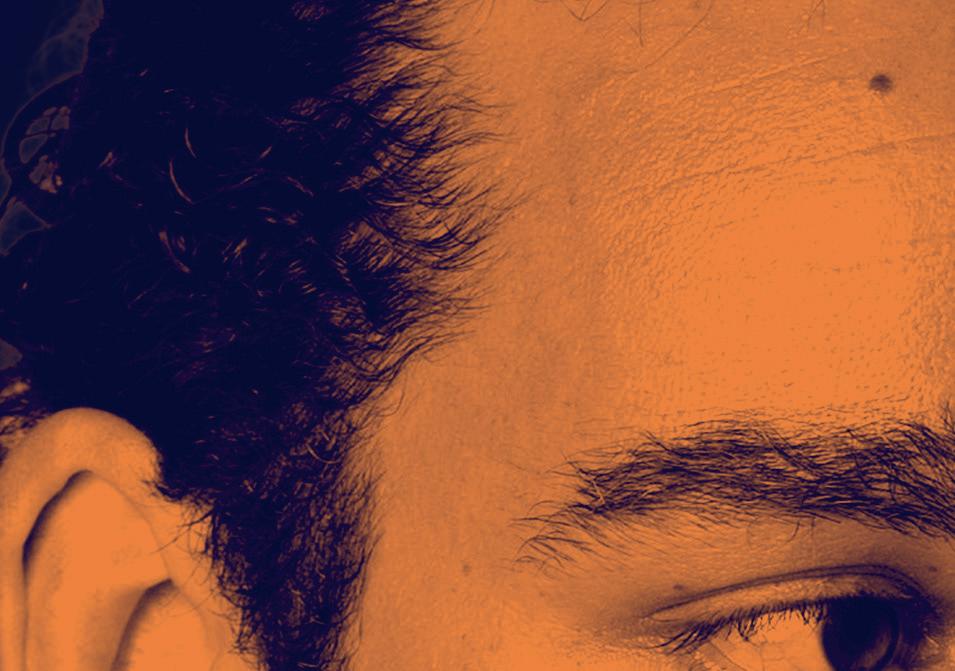
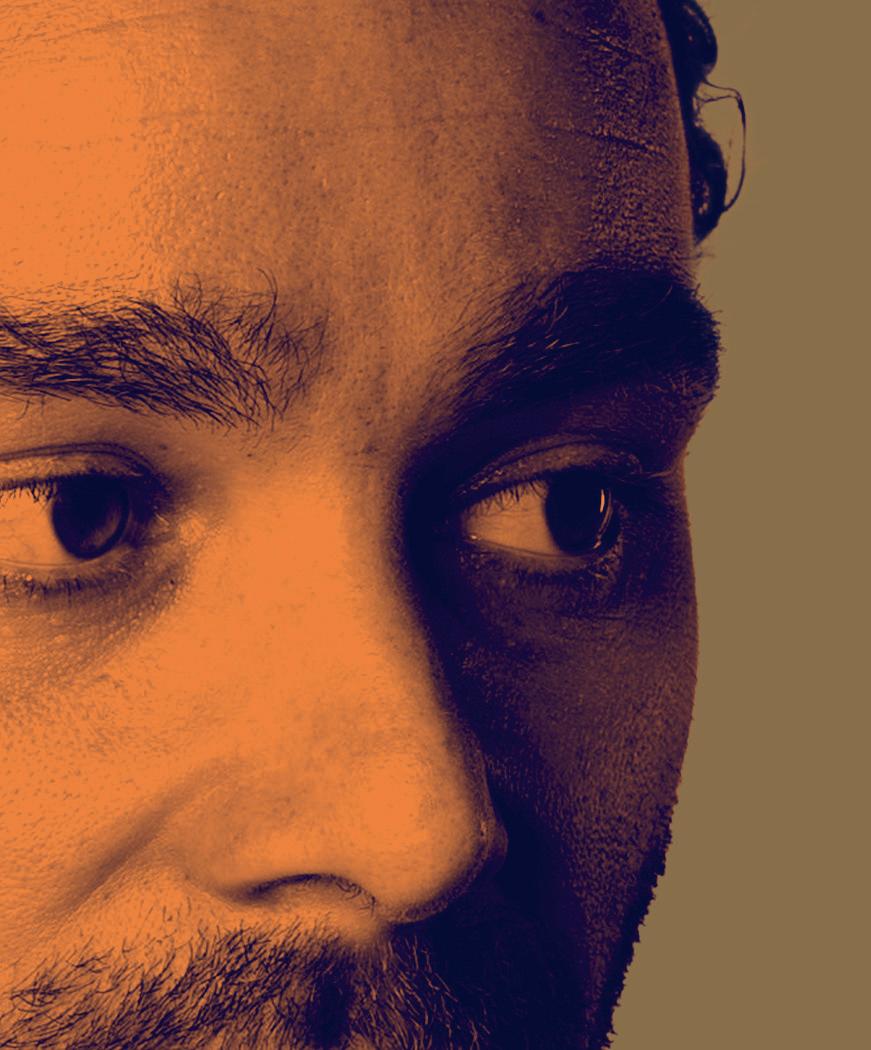


noisy streets, full of pedestrians rushing to somewhere that seemed and dancing around each other’s paths. There were mixed sounds of conversations, laughter, and arguments, and the scent of the salty ocean mixed with car exhaust, perfumes, and body odours. hooked and kept sneaking out whenever I could. Only one bus ride away from me, a world bursting with mysteries to be explored.
Smart Cities
Cities will always represent for me a ‘sum that is bigger than its part’, more than geographic and architectural landscapes that one can chart and visit, an intricate tapestry of histories, communities, and stories. Cities are formed and can only be truly experienced by unmediated shared and intimate experiences, attitudes, and etiquettes. Such qualities can only be comprehended by unmediated engagement.
With the incredible real-time computational and spatial technological abilities we hone


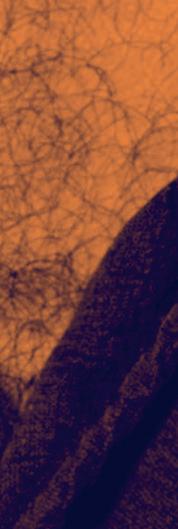



value that large-scale data







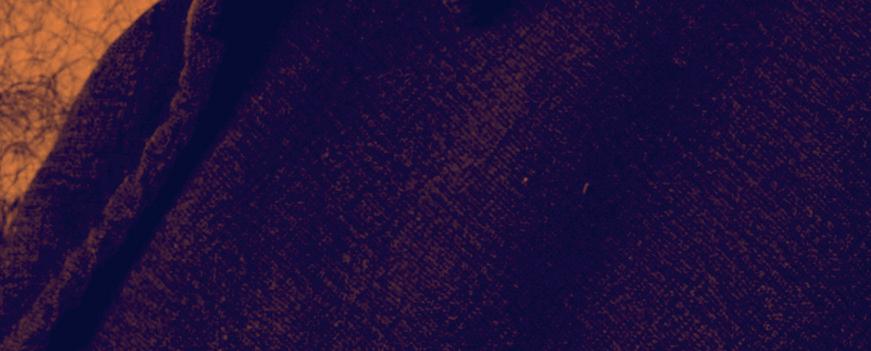



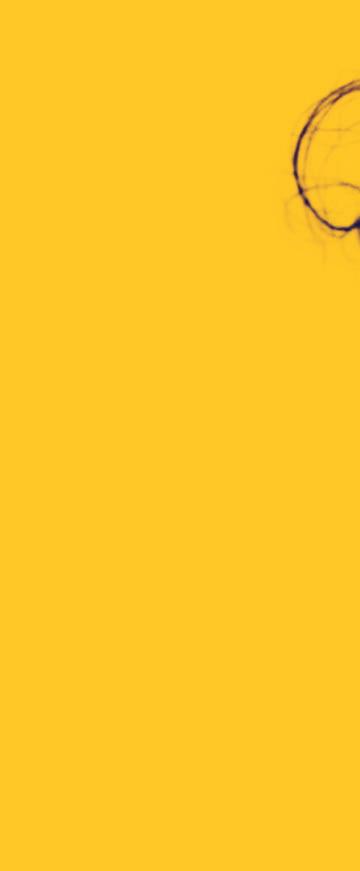















contribution to deploy effective policies and efficiently respond to citizens’ needs.





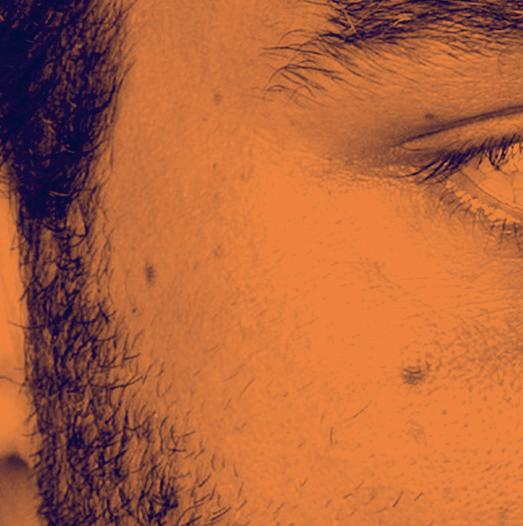



This approach might be wellintentioned but echoes a narrow perspective of technological means as the core (and only) path for progress. Some automation paths can lead to experiential hell. Think about outsourcing customer service to automated bot systems and virtual assistants. Service bots might be generally efficient, but they force users to communicate with algorithms that fail to provide a real sense of interpersonal attention or offer solutions for unique problems. At times, such mechanisms are deliberately designed to deter users from receiving hands-on assistance, such as discouraging users from terminating a service agreement or subscription. Imagine such ‘joy’ integrated into a city-wide environment.
Smart Cities propagate efficiency, digital coherency, and information
© Tanne van der Wal
The City Beyond The Human
Darko Lagunas Urban sociologist & ethnographic researcher
When designing cities, non-human inhabitants are often overlooked. But the structures we put in place, whether spatial or systemic, affect them extensively.
Darko Lagunas puts forward the case of the eel. What can we learn from them and how can we use this knowledge to truly design for all?
73 SPREKER VOORNAAM ACHTERNAAM
DARKO LAGUNAS
Some-body
There is a mysterious creature roaming the waters of Amsterdam. Below the surface, it slithers and crawls through the murky canals. It is not from this place, yet it was around long before humans ever set foot on Dutch shores. Every slippery individual travels over six thousand kilometres to get here, where it once found paradise. Endless wetlands, muddy streams and free flowing rivers. Now, it finds deafening underwater sound, heavy pollutants and strange angular structures that are often impossible to overcome.
This is a story about Anguilla anguilla: the eel, a.k.a. ‘smoked eel’ or nagikabayaki(eel sushi). Humans wouldn’t live up to their predatory reputation if they would not know it best for its good taste.
The secrets of this unassuming and slippery creature, however, tormented the minds of Aristotle and Freud. Eels are more than just a commodity for human consumption. Looking closely at what they are and what we are to them can tell us something. As the anthropologist Eduardo Kohn would say: it can tell us something about how that which lies ‘beyond’ the human also sustains us and makes us the beings we are, and those we might become.1
Anguillaanguilla’s journey Eels go through several transformations throughout their lifetime. In order to sexually mature, they need brackish and sweet waters like the murky wetlands surrounding Amsterdam. They arrive here in the form of little glass eels up to 8 cm long and transform from glass eels to elver and eventually to yellow eels (60 to 100 cm).
Entering their wetland territories around Amsterdam has become virtually impossible because of human interference. After their journey halfway around the world, the baby glass eels find themselves stumbling upon immense barriers that are practically insurmountable. We call it ‘coastal protection’ or ‘green energy’. Dykes, dams, water pumping stations and hydropower: the antagonists of free flowing rivers. Ever since superstructures like the Afsluitdijk were constructed, eel populations have dropped roughly 99 percent. Yellow eels can remain in these waters from five up to eighty years. Eventually, something remarkable happens: their yellowish skin turns grey and their eyes become larger. They stop eating and the urge for salty waters grows. They produce sexual organs which they did not have up to this point, replacing their digestive system. On the accumulated fat reserves they’ve built up to that point, they begin their last journey back to the Sargasso Sea. Back to the depths where they reproduce to never return.
1 E. Kohn, How forests think: Toward an anthropology beyond the human (2013)
The Eel Question
Interestingly, scientists have never observed spawning eels. We know it’s a once in a lifetime event for eels and that their off spring come from the Sargasso sea. But how eels have sex remains a mystery.
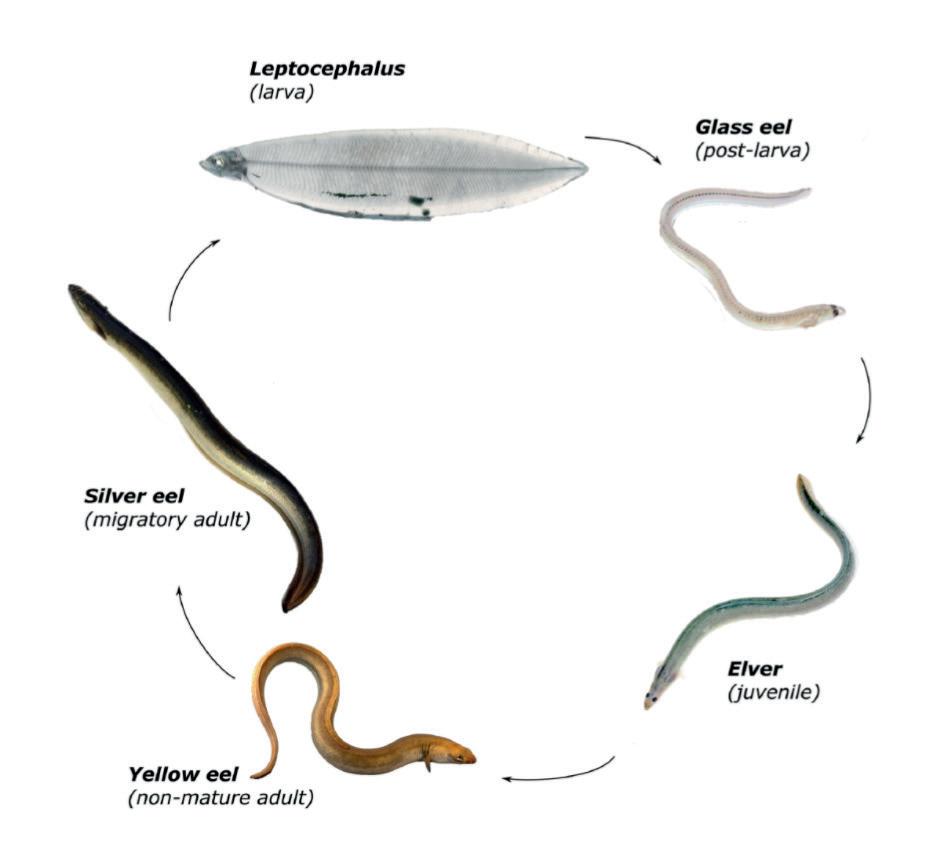
For centuries, Western thinkers have been obsessed with this issue, also known as the ‘Eel Question’. Where do they come from and how do they reproduce? Even today, while the urge for growth and expansion is driving humans to colonise Mars, it remains a mystery how eels have sex. What does this tell us?
Western thinkers are inclined to ask particular kinds of questions. Questions that are founded in a world view that sees the world in terms of hard oppositions and hierarchy. Mind over body, culture over nature, male over female, white over black. The oppositions that these Cartesian dualisms create are increasingly criticised for their fundamental flaws.
Here, what eels are can tell us something. Eels are non-binary for the largest part of their lives –neither male nor female. Their gender is eventually determined by environmental
75 SPREKER VOORNAAM ACHTERNAAM
DARKO LAGUNAS
The life cycle of Anguillaanguilla © Noam Youngrak Son
factors, such as population density and hormones in the water. This frustrated the obsession by Western researchers for millennia, trying to find either male or female genitals in eels. What eels are tells us that what we know (scientifically) is conditioned by norms – in this case, hetero-cis-normativity. It tells us that science needed more than just human scientists to unravel the mysteries of the eel.
Additionally, the motivations of Western thinkers to study eels were and still are extremely normative. There is a high correlation between places where we consume eels and places where we study them. This suggests that research is driven by the commercial interests of eels as a food commodity and tells us something about why we know what we know.
Both (commercial) normativity (why we know) and dualist thinking (how we know) are fundamental biases that flaw Western scientific thinking and philosophy in general. Looking closely at eels tells us that how we know and what we know are often based on biased research questions. What does this tell us about what and how we know when we study ourselves as humans? An eely question…
The eel’s right to the city
Dams and dykes are physical representations of dualist oppositions, produced by scientific thinking, for example between domesticated polders and the wild sea, or ‘city’ and ‘nature’. But despite the locks and dams that separate the North Sea from inland water bodies, Amsterdam remains a city where fresh- and saltwater meet. The landscape has been transformed immensely from the biodiverse wetlands it once boasted, but it remains a unique ecosystem.
Their existence beyond the city also sustains the city, and makes the city what it is.
We need methods which encompass uncertainty, ambiguity and the messiness of everyday life.
In this ecosystem, the eels play an important role. They are toprank predators in these waters and help regulate populations of other animals. Also, they are a significant source of food for other fish, mammals and birds. Moreover, they transport freshwater mussels, which filter polluted waters. Without eels, mussels have a hard time to get around, which means dirtier and more polluted waters. This way, eels maintain housekeeping in the canals, rivers and lakes surrounding Amsterdam.
Their existence beyond the city – and all webs of life they depend on from the Atlantic Ocean to European waters – also sustains the city, and makes the city what it is: the household of the eel. However, their household is hardly
accessible and mostly occupied by human activity. Following David Harvey’s interpretation of the right to the city: “Rights to the city are far more than just having access to the city. It is also about having the right to change or remake the city according to one’s needs and desires.” The eels’ right to the city is about them having access to their waters, but also about making those waters desirable for eels.
Designing cities beyond the human
But what are the desires of eels? What do eels want? Do eels have a will at all? Purely biological and ecological scientific perspectives – based on sanitised, detached measurements of isolated variables – fall short in answering these kinds of questions. If we want to
77 SPREKER VOORNAAM ACHTERNAAM
LAGUNAS
DARKO
inclusively design cities beyond purely human interests, we need to try and answer these questions.
For this, we need methods which encompass uncertainty, ambiguity and the messiness of everyday life. And which legitimise embodied knowledge, grounded in bodily experience and obtained through long-term multisensory observations, as a valuable source of knowledge.
One example of such a method is the ethnographic fieldwork I conduct in my research. In this method, the goal is to get as close as possible to the world of those I study. Getting close to the eel means not only reading and talking about eels with ecologists or biologists. It is also about embodiment, multisensory experience
and exploring the multiplicity of narratives surrounding the eels’ existence.
So I talk with people with all kinds of knowledge about eels. This diversity of people becomes the interpreters – in this case of eels – in my research, which results in short films. Together, we go into the field, as close to the eels as possible: diving, snorkelling or fishing while conversing about them.
One example is Theo Rekelhof. The only eel fisher of the Westeinderplassen near Amsterdam, he manages this body of water, continually checking in on and balancing out how many eels the water can offer. Each caught eel too many is one less eel for tomorrow. He voices
Whether we accomplish creating cities where many worlds fit in will tell us something about what kind of humans we are.
the thin line between predator and prey, while simultaneously taking care of both.
Another example is the work of artists Sheng-Wen Lo and Yi-Fei Chen, who created a space that was specifically not designed for humans. Intrigued by eels’ lives and their encountered hindrances, they felt the need to design something that resembled an obstacle course meeting an escape room: a series of interactive contraptions which translated the obstacles experienced by eels (such as barriers, contaminated
water bodies and illegal poaching) into human terms. In this F/EEL installation, participants could feel what it is like to be an eel in a world occupied by humans. Sheng-Wen Lo elaborates: “Although one would never succeed in fully reconfiguring the eels’ subjective experiences into that of humans, attempting with best effort, unlike not trying at all, opens up possibilities for us to imagine, question and discuss.”
Landscape architect Thijs de Zeeuw’s project Palingparkis an example of urban design that goes beyond merely human interests.
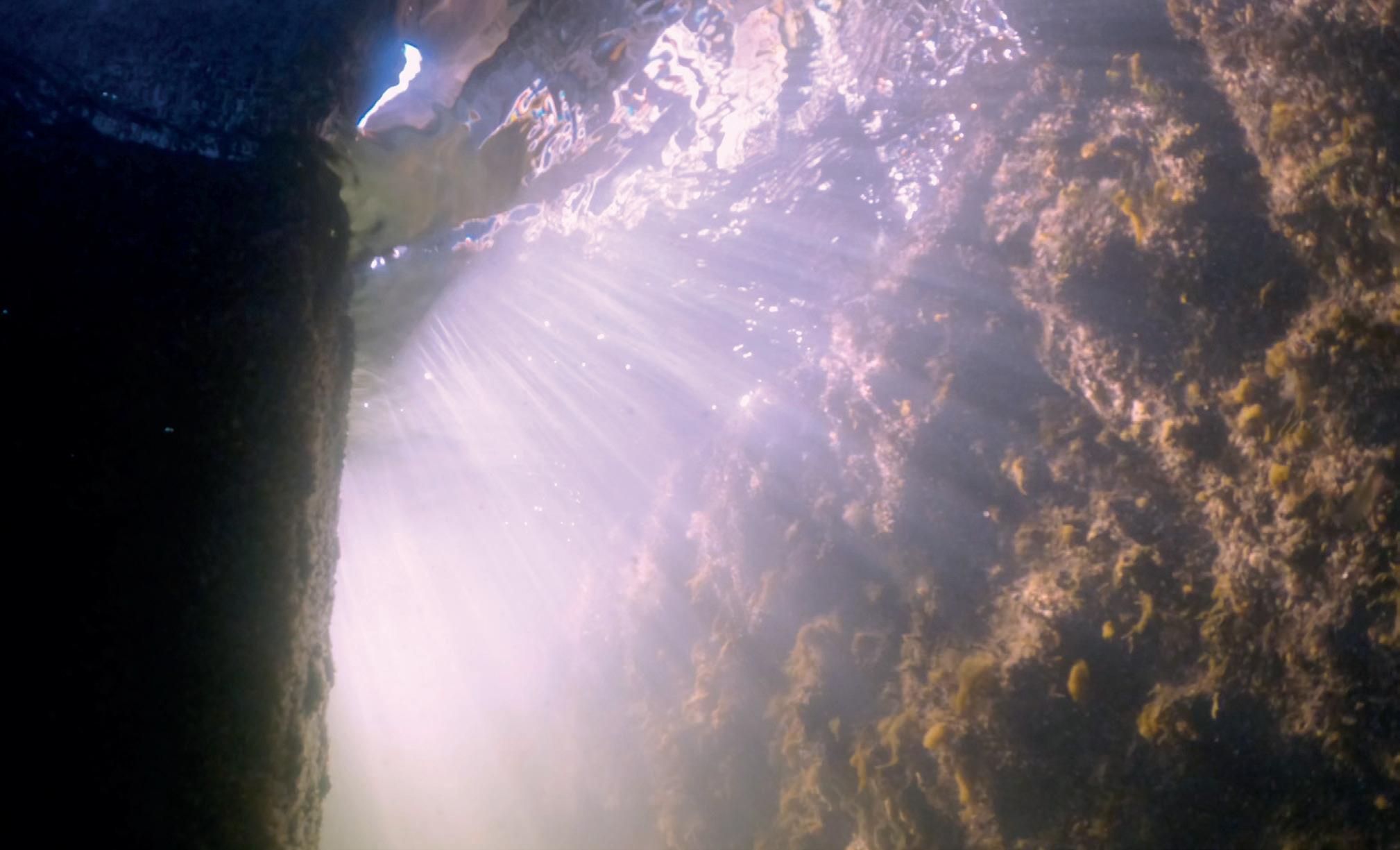
79 SPREKER VOORNAAM ACHTERNAAM
DARKO LAGUNAS
Embankment wall in the Amsterdam canals. Still from the film Anguillaanguilla. © Darko Lagunas
He critically confronts the idea that urban space is just for humans by sinking structures to the bottom of Amsterdam’s Oosterdok behind the Arcam architectural centre, aimed to reclaim a safe space where young eels and other fish can find shelter. This Palingpark consists of six ‘cube houses’: steel cages with varying mesh sizes which offer different sized animals shelter against larger predators. They replace the absent water vegetation.
After the cages are placed he uses a variety of instruments – like hydrophones and sonar – for a so-called dialogue, to observe what happens under the water’s surface. How desirable are these cages for eels? A mere two months into the project, it became clear that the cages were well used by different types of fish and starting to be overgrown by weeds. A participatory process designing the city beyond the human...

* This text was made possible in part by the Amsterdams Fonds voor de Kunsten.
* The short film Anguilla anguilla was part of an exposition in the Openbare Bibliotheek Amsterdam in October 2022.
* The examples discussed above are commissioned by the Embassy of the North Sea – an organisation that seeks political and legal representation of the North Sea and its inhabitants.
Theo Rekelhof fishing for eels. Still from the film Anguilla anguilla. © Darko Lagunas
The stories of eels and people are not so different. When we eat eels, we also eat the accumulated toxins in their fats that result from microplastics and chemicals in the water. Environmental destruction threatens the existence of us both. The interconnectedness of eels with bodies of water from the Sargasso Sea to fresh waters in Europe is a testament to the fact that what happens locally can drive eels into extinction everywhere. This matters, not just for eels but also for humans and the city, as that which lies beyond the city, also sustains it and makes the city what it is.
Whether we accomplish creating cities where many worlds fit in –like those of eels and others – will tell us something about what kind of humans we are. Will we pursue the invasive legacy of making territories inaccessible and undesirable for others? Expelling them, either by pulling up hard borders in the form of dams, dykes, walls and fences or by categorisations in the mind? Or is it possible to have eels and others around – to follow their lead and let them teach us who we might become?
CURIOUS FOR MORE?
In the DCFA programme TheComplexityofInequality we aim to answer the question how social and environmental factors create complex inequality.
BOOK: FIRST GUIDE TO NATURE INCLUSIVE DESIGN
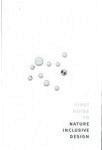
A compact, practical guide for city builders to make a nature inclusive project, with inspiring examples.
PODCAST: FLOURISH SYSTEM CHANGE
What will it take to restore balance to our world for future generations’ survival? Urbanist Sarah Ichioka and biomimetic architect Michael Pawlyn discuss.
81 SPREKER VOORNAAM ACHTERNAAM
In fourth grade, I told my mother

today, urban environments quickly



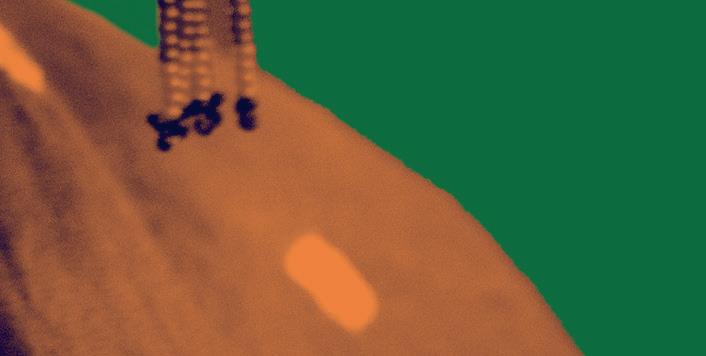





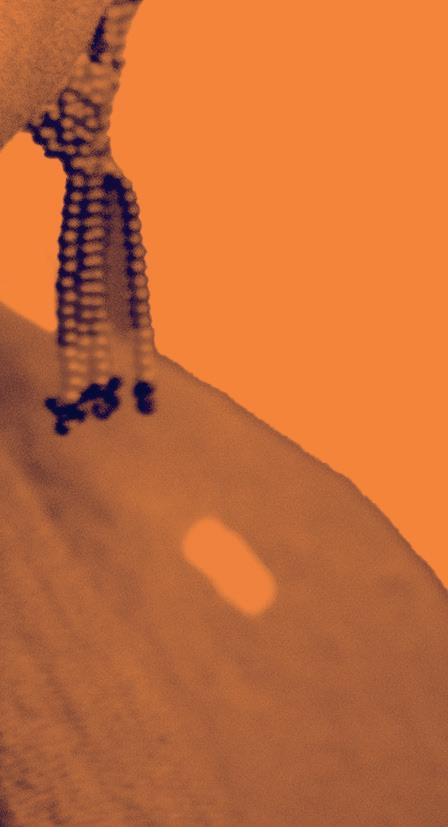

identifying, targeting, and implementing





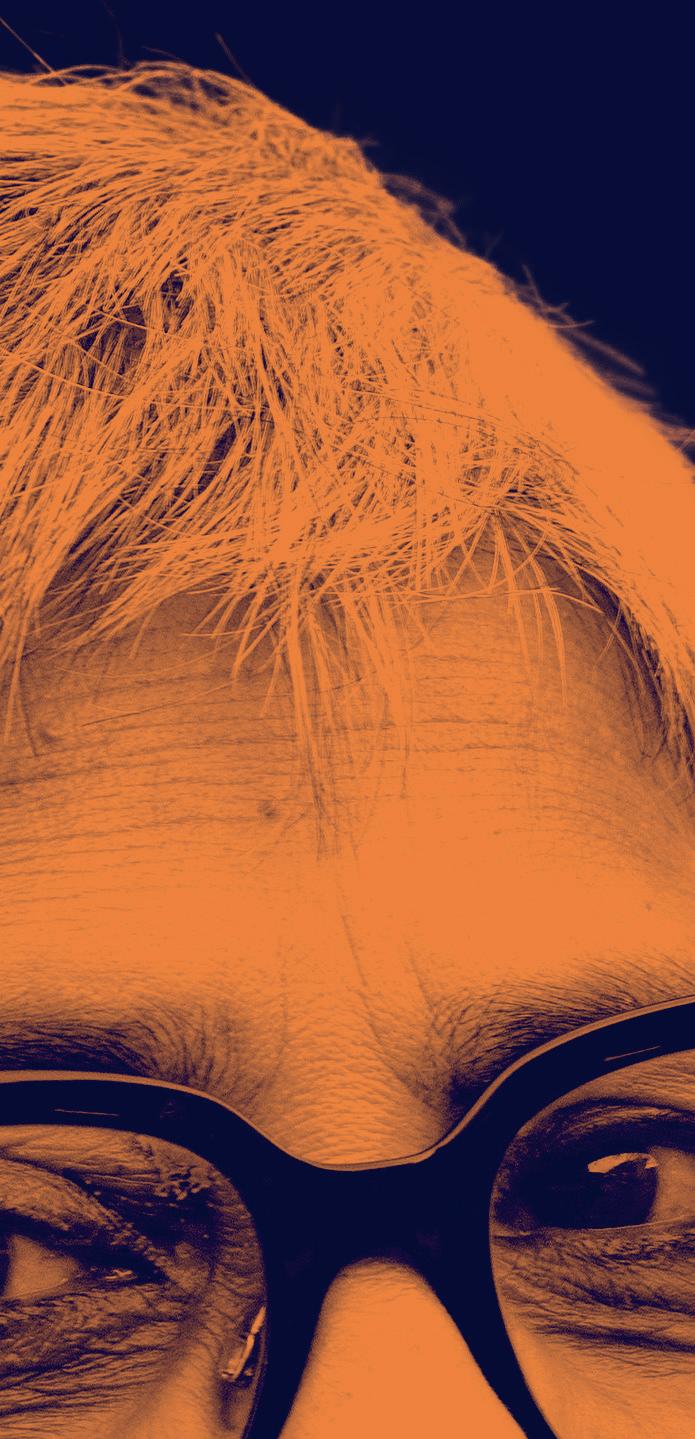
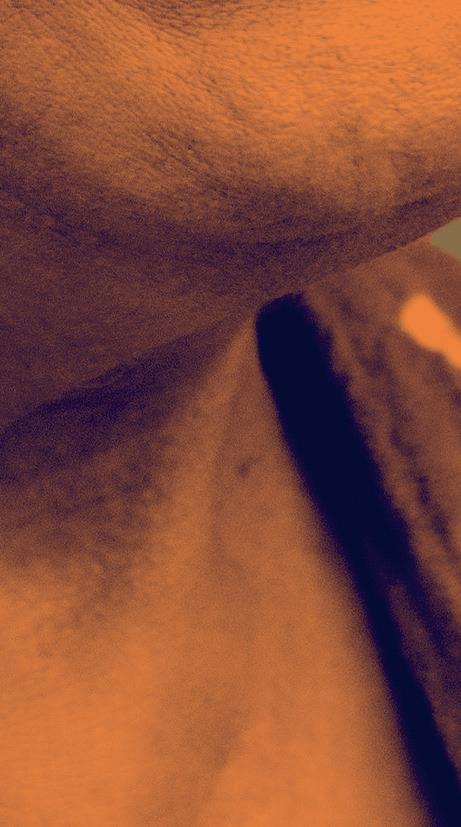

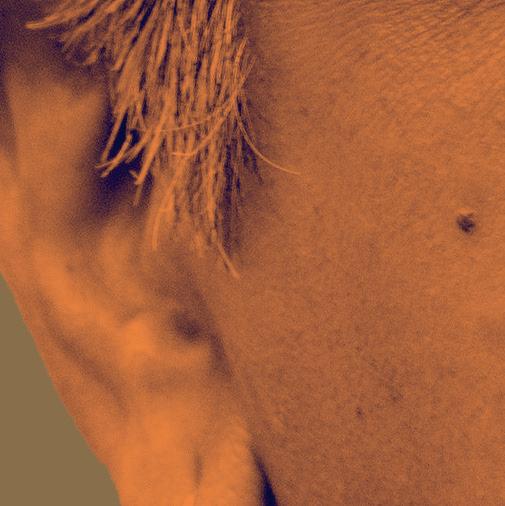



ideal condition to champion the integration of digitally-infused urban systems to create Smart Cities, berating the innovation

rushing to somewhere that seemed extremely important, crossing and dancing around each other’s paths. There were mixed sounds of conversations, laughter, and arguments, and the scent of the salty ocean mixed with car exhaust, perfumes, and body odours. hooked and kept sneaking out whenever I could. Only one bus ride away from me, a world bursting with mysteries to be explored.
analysis can produce such as its contribution to deploy effective policies and efficiently respond to







This approach might be wellintentioned but echoes a narrow perspective of technological means as the core (and only) path
Smart Cities Cities will always represent for me a ‘sum that is bigger than its part’, more than geographic and architectural landscapes that one can chart and visit, an intricate tapestry of histories, communities, Cities are formed and can only be truly experienced by unmediated shared and intimate experiences, attitudes, and etiquettes. Such qualities can only be comprehended by unmediated engagement.
With the incredible real-time computational and spatial technological abilities we hone





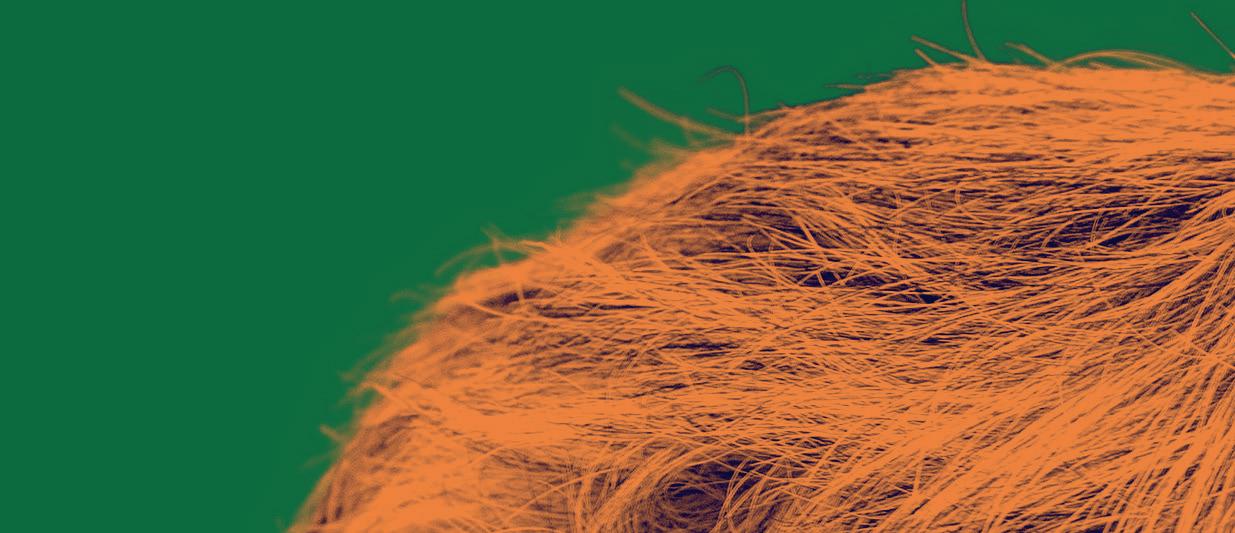



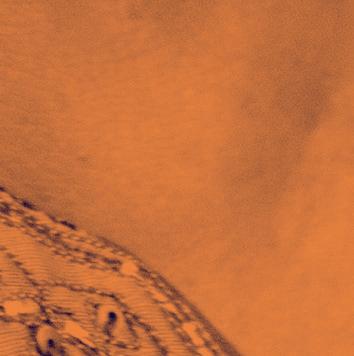

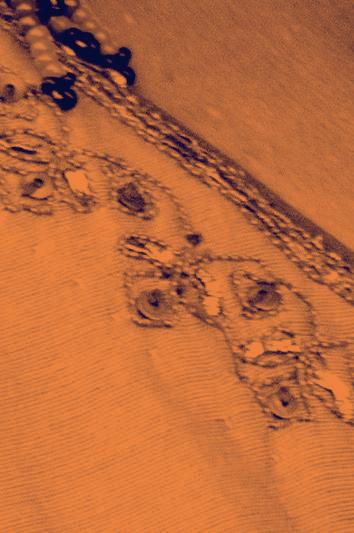



offer solutions for unique problems. At times, such mechanisms are deliberately designed to deter users from receiving hands-on assistance, such as discouraging users from terminating a service agreement or subscription. Imagine such ‘joy’ integrated into a city-wide environment.
Smart Cities propagate efficiency, digital coherency, and information
© Ruben Hamlink
What Are Designers Designing When They Design Cities?
Radha D’Souza Writer, critic, commentator & expert international law, development and conflict
At DCFA, we talk about cities all the time – but what are the origins of the concept of the city? Radha D’Souza critically reflects on urban life and lays the history of its existence along a lengthy timeline of imperialism, oppression and patriarchal thought.
83 SPREKER VOORNAAM ACHTERNAAM
RUDY VAN BELKOM
Pakhuis de Zwijger’s programme
Designing Cities for All focuses on the role of designers ‘in shaping and creating cities for and by everyone’1 . Who are the designers that design cities, and what are designers designing when they design cities? Did modern humans have a blueprint, a model, or a drawing for the cities that they created? Or did men engage in other pursuits and passions, the by-products of which are the cities we see?
The first approach, about modelling cities, invites us to accept the cities as something we have inherited. With their factories, railroads, government offices, warehouses, slums, penthouses, theatres, art galleries and much else, cities are a clutter of certain types of human activities that are not primarily about urban design. As Robert E. Park (1864-1944) noted, founder of the Chicago School of Sociology and an early thinker on urbanisation:
“[…] if the city is the world which man created, it is the world in which he is henceforth condemned to live. Thus, indirectly, and without any clear sense of the nature of his task, in making the city man has remade himself.”2
If ‘man’ is condemned to live in the cities they have created, as Park noted, the only thing that remains to be done is to attempt to govern them better to mitigate their worst effects. This approach relies on a conception of human will and human ingenuity. Urban designers are the expression of that will, which they must direct to the lived realities of the cities they have inherited.
From the urban planners with their emphasis on urban infrastructure provisions of the early twentieth century, to the post-war social ecology approaches that drew attention to human alienation in urban conglomerations, \
1 Project description of Designing Cities For All on Pakhuis de Zwijger’s website.
2 R.E. Park, On Social Control And Collective Behavior: Selected Papers. Edited By-Ralph H. Turner (1967)
3 In the Third World, we don’t replace this term with for instance ‘Global South’ – except, of course, the mainstream. We see it as a neoliberal term, promoted by Euro-American institutions, that blurs anti-colonial anti-imperialist histories.
to the Third World 3 oriented habitat development of the UN Development Decades, to the eco cities and sustainable cities of the environment conscious era, to the smart cities of the neoliberal era, to the diverse and inclusive cities of the race and diversity conscious present – these DIY approaches have sought to respond to the transformations of cities, into ‘metropolitan’, ‘mega’ and ‘smart’ cities. These approaches have paid less attention to the invisible hands that make and unmake cities, that expand their scales, size and scope, that turn humans into migrating flocks that travel from city to city to survive, and in the process of making and unmaking cities, make and remake the people who live in them.
The second question, about whether cities are by-products of men’s (and some women and non-binary people’s) pursuits and passions, leads us to ask whether cities can be designed at all – whether the city planners, urban architects and designers are in effect trying to ‘pick up the mess’, as it were, that is created by invisible forces beyond their aesthetic horizons. In the modern world, Adam Smith’s ‘invisible hand of the market’ and the will of the market replaces God’s hand and God’s will of the pre-modern era. Through their fickle and transient investment, industrial, financial and trading activities and movements, markets – including hierarchical and racialised labour markets – are constantly making and unmaking cities.
85 SPREKER VOORNAAM ACHTERNAAM
RADHA D’SOUZA
All species migrate when survival is threatened. Even humans.
Can designers design cities without lifting the veil on the invisible hand of the markets that keeps throwing evermore problems at them to deal with? Must planners, architects and designers remain condemned cleaning up the mess that the city’s inhabitants are condemned to live in?
There are certain problems associated with modern cities that have remained more or less the same in their essential character for over three centuries. When modern cities were brought into existence by industrialisation, factory systems, commodity exchanges, banks, ports and docks and mercantile activities, this also brought into existence the slums and urban squalor, extreme wealth polarisation, human alienation and degradation manifesting as alcohol and drug addictions, tensions and conflicts between marginalised social groups that manifest as gang wars and ethnic tensions, and, from time to time, riots and epidemics, that continue to present new questions about ethics and aesthetics. Over three centuries, designers have sought to design more humane and liveable cities, and cities have defied them. Yet, city-building continues
relentlessly and designers continue their efforts to humanise cities.
In 2008, the former Home, Finance and Law minister for India, P. Chidambaram, in a newspaper interview said that his vision for India was to see 85 percent of Indians live in cities.4 Already, around 36 percent of India’s population lives in cities.
A quarter of those live in slums. Nearly 55 percent of Mumbai’s inhabitants live in slums. The slum population of India is larger than the population of Great Britain. And India is home to more than one-sixth of humanity. Is Chidambaram designing cities or is it the architects and designers?
Twelve years after Chidambaram unveiled his vision for India, an estimated half a million farmers in India encircled the borders of the capital New Delhi, where they protested for over a year against three farm laws that they feared would evict them from land and drive them to cities to seek work. The farmers at the very least were not enamoured by the cities or their designers. Since colonial times, they had seen millions of small and poor peasants thrown
4 Danish, ‘How do you plan to accommodate migrants, Mr Chidambaram?’ (25-01-2012)
off their lands to make way for cities; they had seen the urban poor leaving the cities seeking greener pastures in Europe, North America and elsewhere to survive, and they continued to watch images on television screens of the urban poor being beaten and battered, if at all they managed to get ashore on their inflatable dinghies. All species migrate when survival is threatened. Even humans. Even as designers design cities, new ‘hordes’ arrive and spoil their designs. We have come a full vicious conceptual, theoretical and imaginary circle.
Might it be that the problem lies in the way we think about cities?
We perceive cities as objects in space and time. The Oxford English Dictionary defines a city in Britain as ‘a large and important town […] that has been given special rights by a king or queen, usually one that has a cathedral’ and in North America as ‘a town that has been given special rights by the state government’. The perception of cities as spatio-temporal entities – spatial structures arising at certain moments in history – becomes possible because a sovereign authority has made laws designating them as such. This way of seeing cities as spatio-
temporal objects established by law delinks the city from its ‘Other’ – the countryside.
In premodern times, cities were the ‘imperium’. The grandeur of cities depended on its ‘Other’, the countryside, as its colonies. Cities depended on the landowners for revenues and tributes, traders depended on rural economies to produce the goods and services they could sell and profit from, sovereigns depended on peasants to fight as soldiers when need arose. The peasants remained closely tied to nature and ecology. Indeed, they were an integral part of the agrarian landscape.
European modernity altered urban-rural relationships.
87 SPREKER VOORNAAM ACHTERNAAM
RADHA D’SOUZA
Over three centuries, designers have sought to design more humane and liveable cities, and cities have defied them.
Far from cities being dependent on the countryside, they became its predators. Since its inception, European modernity has expanded by evicting people from land and the natural environment and using them as urban wagelabourers; traders bought their goods and services from factory owners in the cities, destroying millions of artisans; and sovereigns recruited the evicted surplus peasants into professional armies as paid mercenary soldiers. These processes produced modern cities, a process that captured the imaginations of so many European novelists: Charles Dickens, Henry Fielding and Emile Zola, to name a few.
The solutions to unsustainable cities was to ‘export’ the problem elsewhere. European peasants evicted from European lands were ‘exported’ to the so-called “New World”. New European landowners evicted natives from their lands to produce food and agricultural products for the new imperium; and if the natives resisted, there was a burgeoning army of landless Europeans to fight colonial wars. Modern Europe became the new imperium that depended on the colonies for food, raw materials, cheap even free labour, gold, silver and minerals that produced the wonders of modern European
cities where industrial exhibitions took on an artistic character and art exhibitions captured the misery of urban life.
In turn, the transformations in the relations of the expanded imperium and colonies necessitated colonial cities. These were cities to which peasants evicted by colonial plantation owners, factory owners, roads, railways and dockland owners flocked in search of jobs. Imperial states recruited the native landless peasants to fight two world wars for the empires of the time, and corporations shifted their polluting industries to the neocolonial cities after the world wars ended. Efforts to improve cities now shifted to the Third World, where the same problems of slums, urban squalor and human alienation followed. But unlike the displaced populations of the European countryside, the displaced Third World peasants could not be transported anywhere else, certainly not to Europe. European modernity arrived at a dead end at that moment, and so did the idea that with improved urban design, cities could be humanised.
Cities continue to encroach on the countryside. Increasingly, everywhere, we witness the
collapse of the agrarian sector.
If cities can only exist by being locusts upon the countryside, if all the countryside becomes cities as Chidambaram wishes – where does the evicted rural population go? What replaces the felled forests, the mined earth, the disrupted raincycles, the saline waters in wells, the eroding soil, the warming oceans? Can designers design a way out for the migrating flocks of humans, and the disappearing habitats for everything else?
What happens when the predator has no prey?
CURIOUS FOR MORE?
Radha D’Souza and others reflect on the way international movements can contribute to rethinking and redesigning the law in the DCFA programme Mobilising International Communities.
In the DCFA programme
OnceUpona(Colonial)Time… we explore the roots of colonisation and erasure of (hi)stories.
BOOK: WHAT’S WRONG WITH RIGHTS?
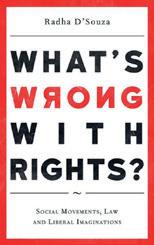
Radha D’Souza’s critique of liberal rights exposing the paradox between ‘good’ capitalism and the reality of its actions.
EXHIBITION: COURT FOR INTERGENERATIONAL CLIMATE CRIMES
This article showcases Radha D’Souza and artist Jonas Staal’s large-scale installation in the form of a climate tribunal.
89 SPREKER VOORNAAM ACHTERNAAM
a 45-minute bus ride to the big city. and a ponytail, spent my afternoon rushing to somewhere that seemed salty ocean mixed with car exhaust, I was whenever I could. Only one bus ride
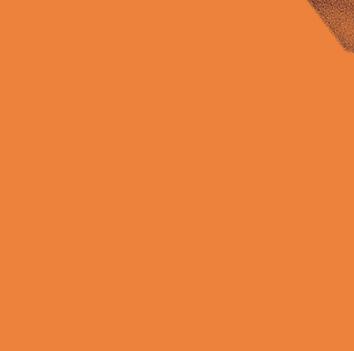
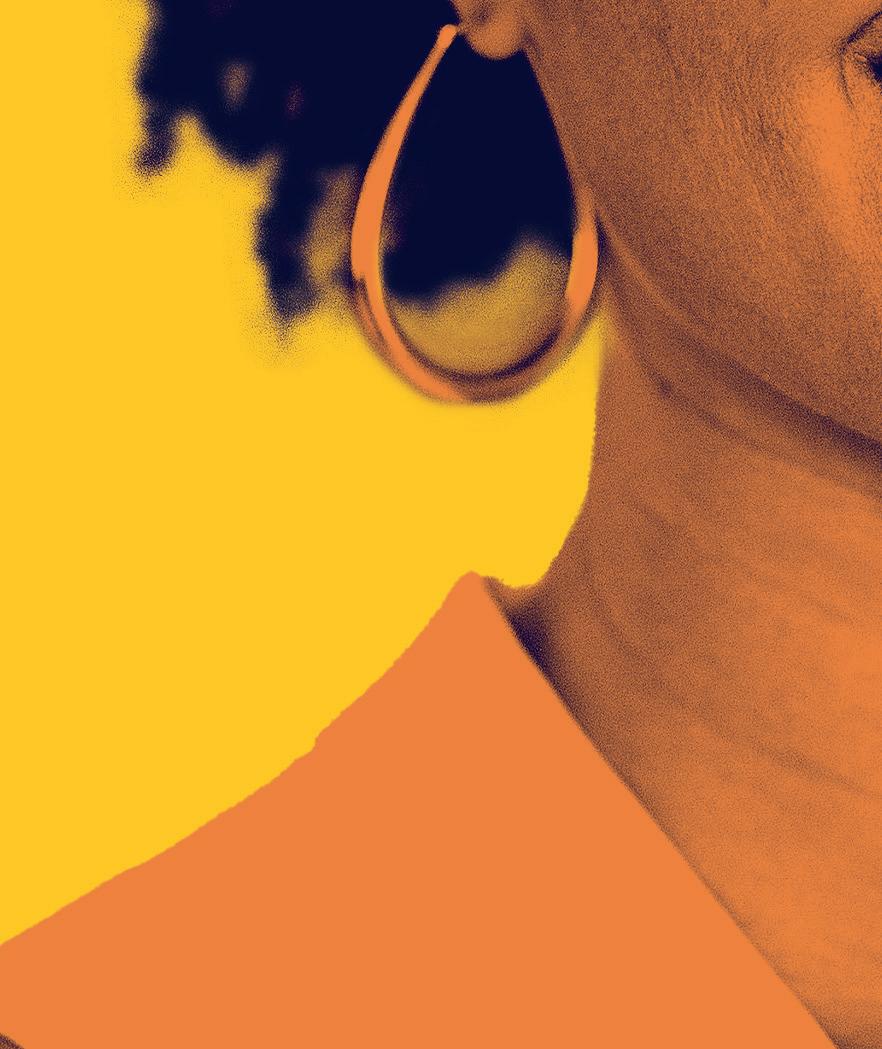

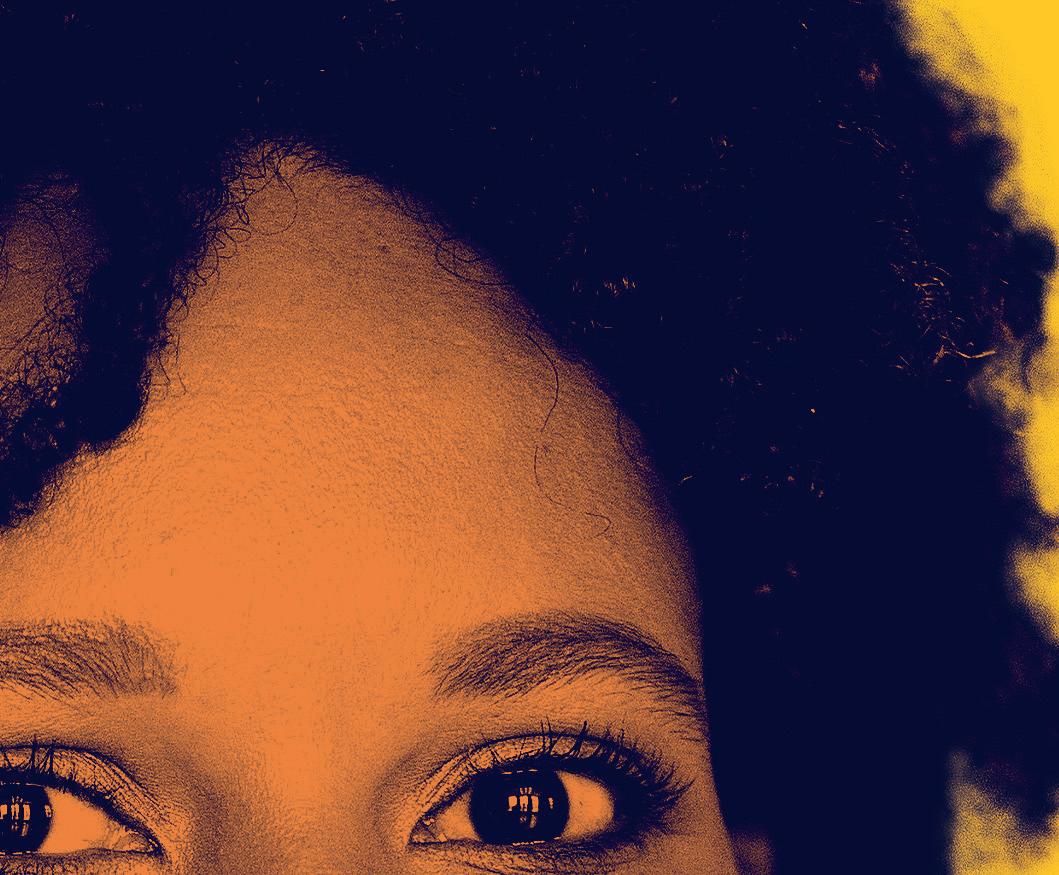
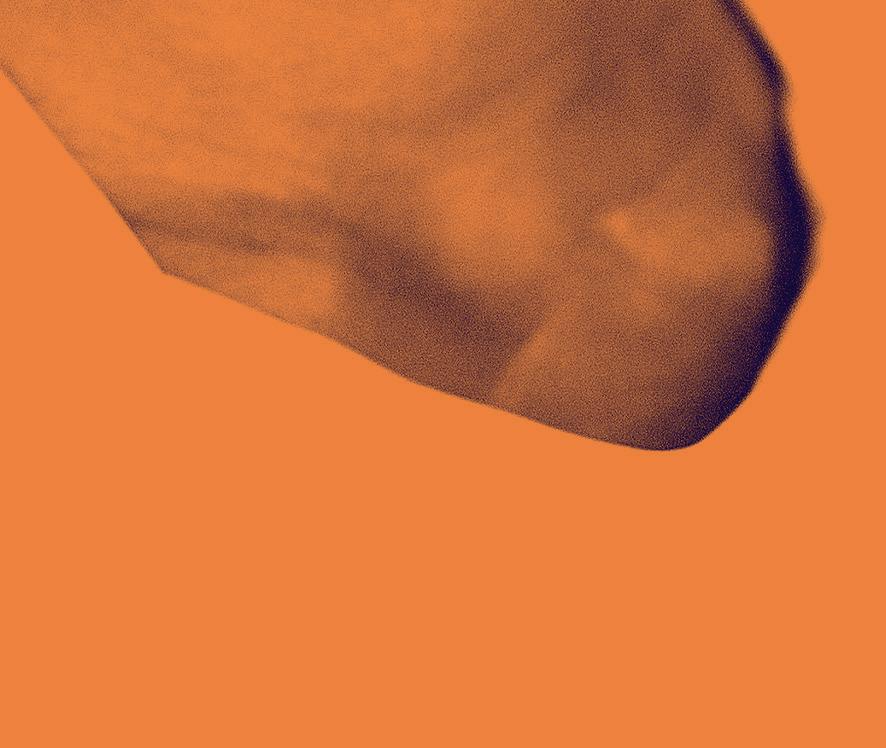
means as the core (and only) path












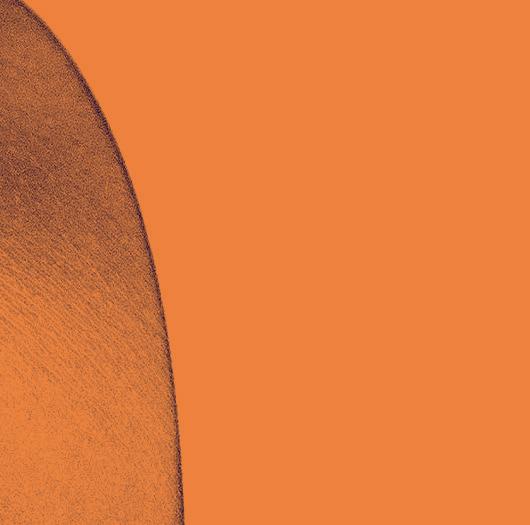

Smart Cities architectural landscapes that one tapestry of histories, communities, Cities are formed and can only be truly experienced by unmediated qualities can only be comprehended
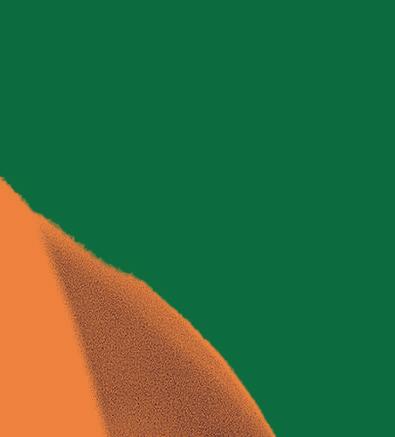

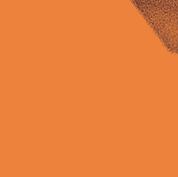
With the incredible real-time computational and spatial technological abilities we hone


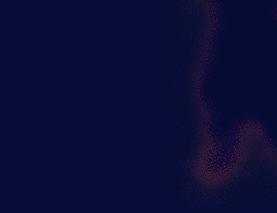


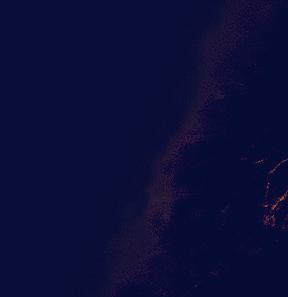





agreement or subscription. Imagine such ‘joy’ integrated into a city-wide




















Smart Cities propagate efficiency, digital coherency, and information

 © Froukje Vernooij
© Froukje Vernooij
Responsibility, Participation, and Injustice
Thoughts on the conundrum of climate justice in the Dutch Caribbean
Stacey Mac Donald Interdisciplinary social scientist &
sustainability consultant
The participatory process is complex in any context, let alone a geopolitical, post-colonial and intercontinental one. Stacy Mac Donald describes the conflicts of interest and mixed messaging she encounters during her work with local fisheries on the island of Bonaire. How should we divide responsibility in search for solutions?
91 SPREKER VOORNAAM ACHTERNAAM
STACEY MAC DONALD
During the DCFA session on Climate and the Kingdom, the admirable panellists debated the question: ‘How can we create a Kingdom in which (environmental) justice is at the fore?’ I was very triggered. A consensus arrived among the panellists during the debate on the issue of environmental justice and responsibility. Namely, the Dutch National Government should take on much more (perhaps all) responsibility for the consequences of climate change in the Dutch Caribbean.
I also saw this narrative more recently during a roundtable session organised on Bonaire by Greenpeace, called Theforgottenmunicipality .
The topics discussed that evening were climate change and human rights on Bonaire. As the title of the evening hinted towards, the discussion significantly centred around the negligence of the Netherlands when it comes to taking climate action on Bonaire.
Working in the field of nature management on the islands for some years now, I notice that my views on responsibility and ownership have become more nuanced. I acknowledge that the Dutch Caribbean islands are unjustly affected by the consequences of climate
change. However, I do not believe this is a reason to dismiss the responsibility of local governments. Moreover, suppose full responsibility lies with the Dutch government.
In that case, I strongly doubt whether proper action would be taken and, more importantly, if this responsibility and its actions would be accepted and adhered to on the islands.
Where should the breadth and vigour to prepare for the consequences of climate change come from?
Allow me to elaborate on this apparent paradox I have observed during my work and research in the past years.
The Dutch Caribbean paradox
There is an ongoing debate on who is responsible for climate change mitigation action in the Dutch Caribbean. This debate centres around ownership and action, but mostly focuses on responsibility. Many blame the National Dutch Government, stating they should take responsibility and action.
At the same time, resistance against interference of the Netherlands on the islands is growing. The island governments and the island community regret the Netherlands’ power and control over the islands. The three special municipalities – Bonaire, St. Eustatius and Saba – currently experience a strong sentiment of recolonisation.
So here is the paradox: the Netherlands should take responsibility, but is not to take over. The islands want ownership and control, but also claim they don’t have enough capacity – neither in financial means and human resources, nor, at times, in knowledge. Where, then, should the breadth and vigour to prepare for the consequences of climate change come from?
I’ve also seen this in ‘smaller’ debates on the island, for example during my work with the fishing community on Bonaire. The island has a longstanding fishery culture and community. Like so many socio-ecological activities, Bonaire’s fishery sector is currently dealing with pressures from many corners, including those brought about by climate change. The changing climate, economy and availability of resources required the island to address the management of the sector and the livelihoods that depend on it. In the past, fishery management (if management took place) primarily took a topdown, eco-centred approach on Bonaire, meaning: implementing legal protection of endangered and/or ecologically important species.
Unsurprisingly, this approach did not lead to effective management. Rather, it created resistance among the fishing community and beyond to adhere to many of the measures that were put into place. It was argued this disagreement could be resolved by creating a management system that allowed for fisher participation during the full process. As the fishers repeatedly stated: “We must have a say in what is happening, too!”
93 SPREKER VOORNAAM ACHTERNAAM
STACEY MAC DONALD
Participation as ‘the’ solution?
Throughout the DCFA evening, the panellists kept referring to the importance of participation. No, the Dutch are not supposed to take over; we locals should have a say, be included, and actively participate in the decisions on climate resilience on the islands. However, achieving an arena of active participation where voices are heard is a complex and time-consuming process, with no hard guarantee to effective and informed decision-making and as one may hope.
This complexity is becoming particularly clear to me throughout my work with the fishing community of Bonaire. While participation was and still is deemed important by the fishing community, simply offering a seat at the table is not enough. Guidance and, most importantly, willingness from all parties to understand each other remains essential. And even then, participation does not automatically mean or lead to agreement or cooperation; a false assumption held by many.
Thoughts on participation and equality
I’ve noticed that, after several years, the fishing cooperative on Bonaire is acknowledged and seen as a key stakeholder in
management procedures. They have a seat at a table. They are included in management procedures and policy development and are provided with financial means to facilitate their participation. However, when it is time to discuss actions, fishers sometimes still reject their seat. Instead of participating, they choose to be absent, which leads to delay, falling back on traditional top-down processes, or lack of action altogether.
During these moments, fishers argue there is an unequal relationship between themselves and other organisations and institutions, including the government. They demand for procedures and decisions to be skewed to ‘their favour’. They also demand a way of working that they can keep up with, while remaining in control. I must admit, I am struggling putting these thoughts concisely on paper, as there is still much room for debate on what are fair, favourable, just, and even effective measures to take to ensure the fishery sector is both ecologically and socio-economically secured.
Nevertheless, these dynamics illustrate the complexity of the process of participation. It is a constant struggle to find a
Simply offering a seat at the table is not enough.
balance between procedures, actions, consequences, and investments. What I have learned is that when we want to be successful at participative decision making, we should also be very mindful of the demand of tailoring and deconstructing the current bureaucratic procedures. Contrary to common belief, this means that to ensure equality in procedures, we must acknowledge that while we should adhere to a set of basic principles that apply to all, the practicality of execution should leave ample room for tailored processes. And to figure this out, we need time and understanding.
Back to responsibility: about the how, and we need it now
The climate has changed, the consequences are here, and action is required immediately.
So how to solve this paradox? How long should this debate take place? When contemplating responsibility, it is helpful to think about what this means. I think we can agree that acknowledgement alone is not enough.
Acknowledgment through active participation and cooperation with and adherence to plans when they are being developed and implemented is a step forward. However, I can’t help but conclude that even this is often experienced as a challenge by many of us.
Nevertheless, it keeps coming down to ‘the method’. I’ve seen this during my work with the fishing community and am seeing this in other settings today. For example, generally speaking environmental NGOs have a culture of people
95 SPREKER VOORNAAM ACHTERNAAM
MAC DONALD
STACEY
being highly opinionated about how an organisation is supposed to do their work and invest their money and expertise. While a dose of healthy critique is never harmful, these loudly voiced opinions are often based on partial information and false expectations that dismiss the realities of the respective organisations. And this critique becomes harmful when they inhibit collaboration among nature organisations and environmentalists, governments and even communities as a whole.
Investing in working relationships that foster active participation requires time, especially considering the historical bond between the Netherlands, the Caribbean islands and the Dutch Kingdom. This relationship is tainted with distrust and requires clear communication, transparency, and mutual understanding. It means both parties must understand, be held accountable, and hold up to their part of the agreements. It requires fostering joint responsibility, and most of all, it requires time.
And this is where the paradox meets – while I believe everyone agrees rebuilding and gaining trust takes time, we also know that time is what we lack. The consequences of climate change are here and now.
I must admit, it is hard to not be critical and perhaps even a bit cynical when contemplating this dilemma. And as I’m writing this, I’m sitting at one of my favourite beaches on Bonaire. While I’m soothing my cynicism by enjoying the nice breeze, sunshine, and reassuring chirping of some birds, I can’t help but think how different this Sunday could’ve been if the predicted tropical storm Bonnie would’ve struck last week. Once again, Bonaire (and Curaçao and Aruba) got lucky. It was a close call, though, and all the islands seemed to be in uproar. Never in my 32 years have I seen such a diligent response towards a possible storm from the islands.
I must admit that I cannot ignore the hopeful thought: has the time come at which the governments on both sides of the ocean are ready to take responsibility when the unavoidable hits? Perhaps the required change, trust, responsibility, and active participation will come once the moment to debate has passed and our only option for survival is to act. Perhaps climate change will provide the opportunity for the Dutch Kingdom to be one. Perhaps, despite my wariness and cynicism, and if I do my best to forget some of the things that happened after Hurricane Irma in 2017 – I cannot help but to remain hopeful.
The question remains then, what is the optimal way to establish a form of collaboration that fosters the required sense of responsibility and capacity to tackle big issues like climate change, both locally and globally? I have not come across a best practice yet, but I believe it starts with open communication and am evermore determined to create it myself.
Will you join me?
CURIOUS FOR MORE?
The speakers in the DCFA programme CraftingaShared Future contemplate how, in the wake of a colonial past and present, we can facilitate collective healing and reshape the future.
BOOK: RAINFOREST WARRIORS

A historical, ethnographic, and documentary account of a people, their threatened rainforest, and their successful attempt to harness international human rights law in the fight to protect their way of life.
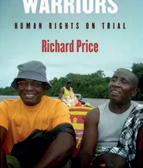
BOOK: A BIGGER PICTURE
Vanessa Nakate discusses how the world’s biggest polluters are asleep at the wheel, ignoring the Global South where the effects of climate injustice are most fiercely felt.
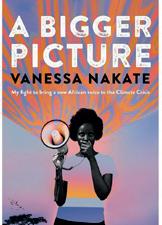
97 SPREKER VOORNAAM ACHTERNAAM
Has the time come at which the governments on both sides of the ocean are ready to take responsibility when the unavoidable hits?
In fourth grade, I told my mother I was going to study at a friend’s house. But instead, I secretly took a 45-minute bus ride to the big city. I, a small kid in a school uniform and a ponytail, spent my afternoon wandering around the bustling, noisy streets, full of pedestrians rushing to somewhere that seemed extremely important, crossing

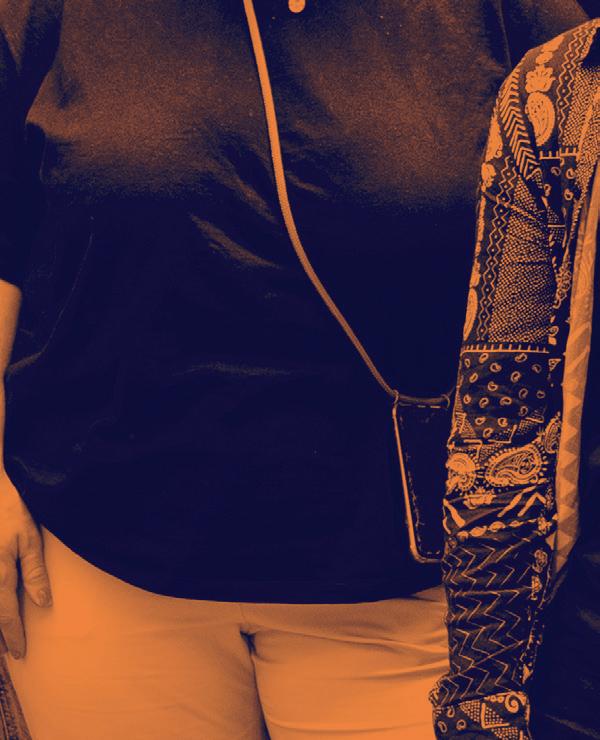
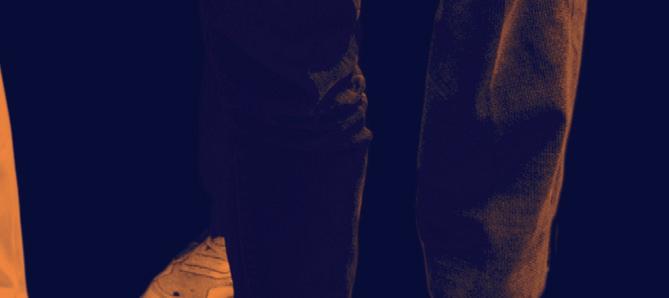
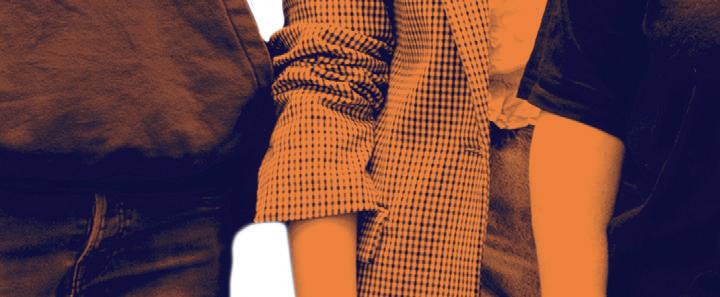
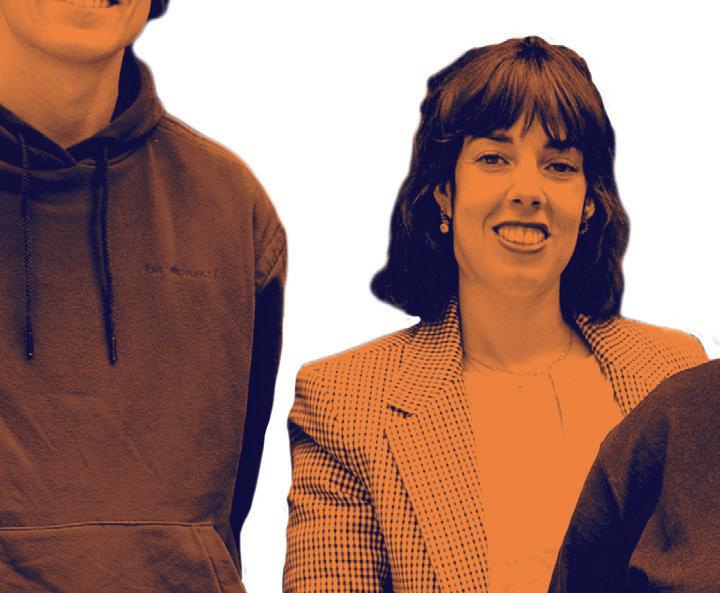
salty ocean mixed with car exhaust, whenever I could. Only one bus ride

Cities will always represent for architectural landscapes that one tapestry of histories, communities, Cities are formed and can only be truly experienced by unmediated shared and intimate experiences, qualities can only be comprehended by unmediated engagement.




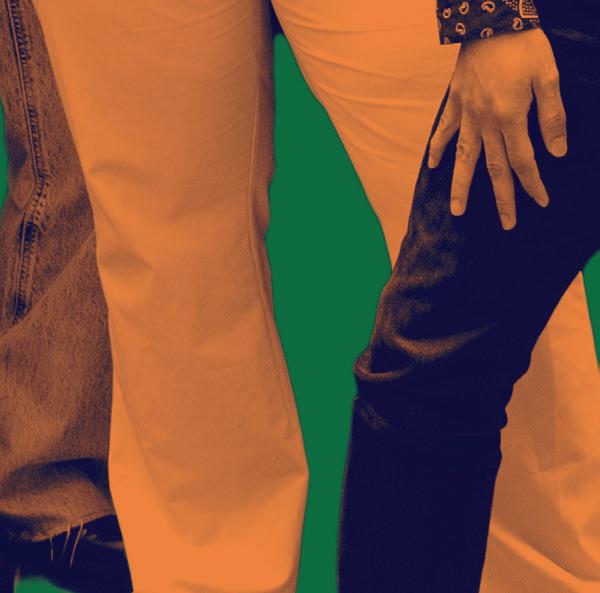



With the incredible real-time technological abilities we hone









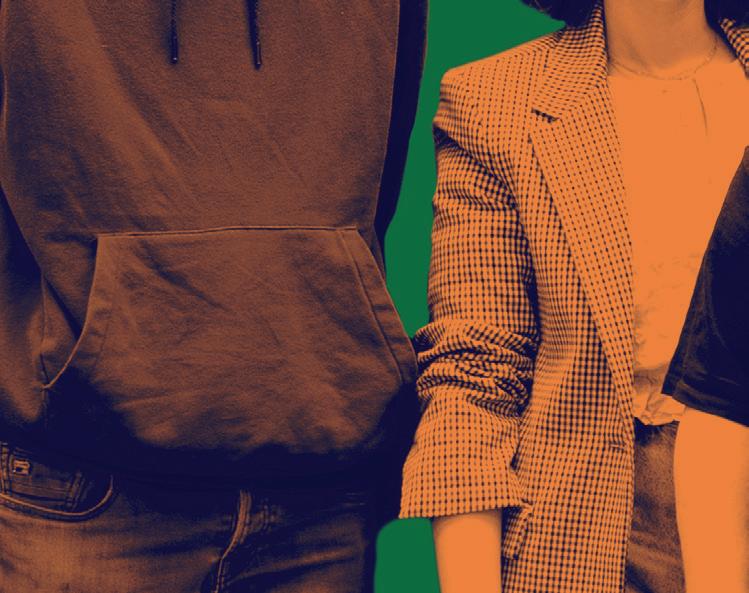

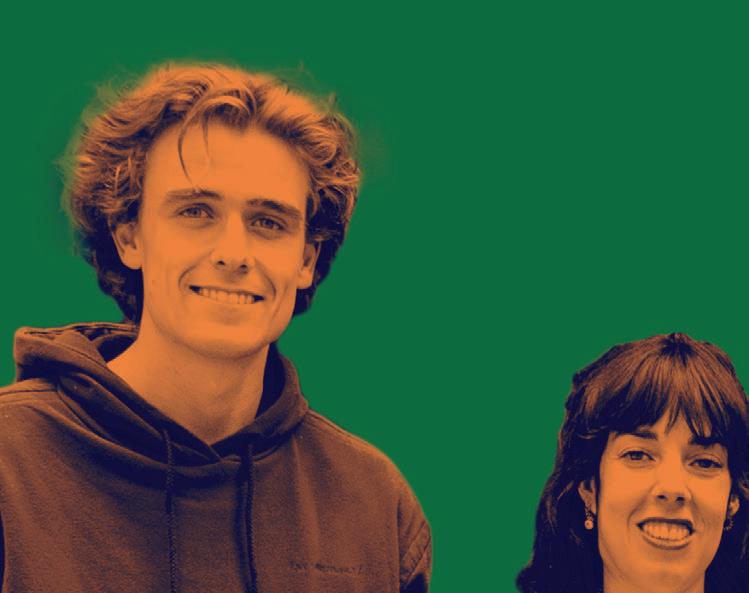
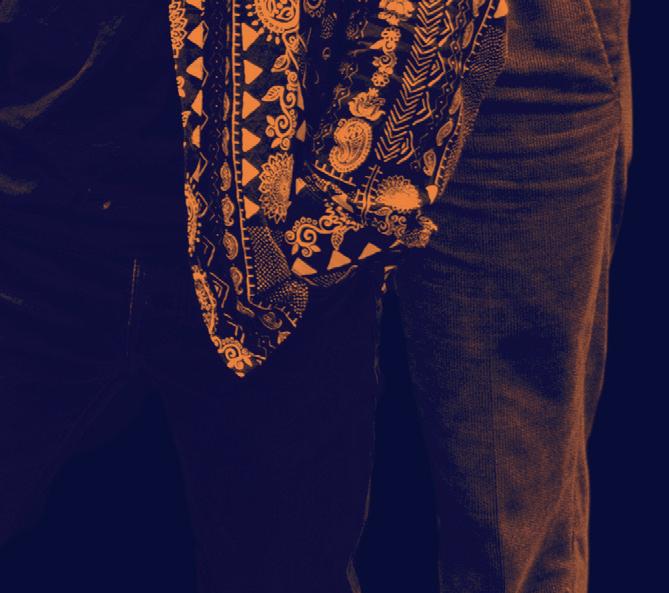











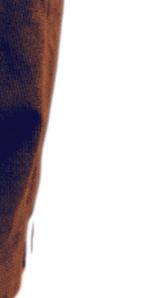
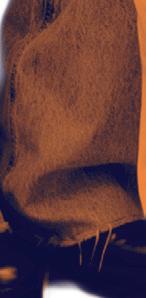
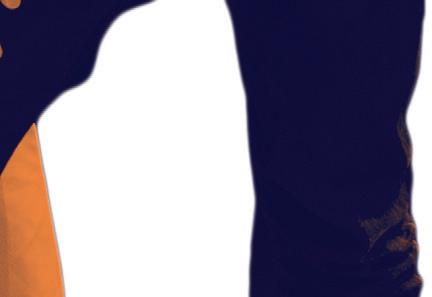
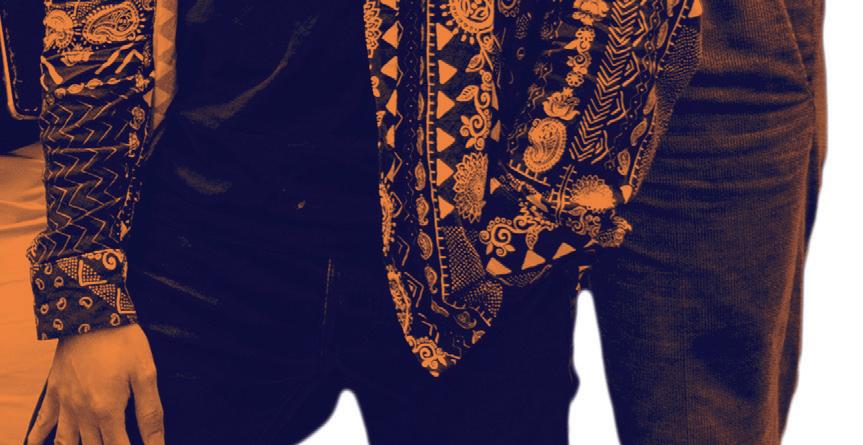


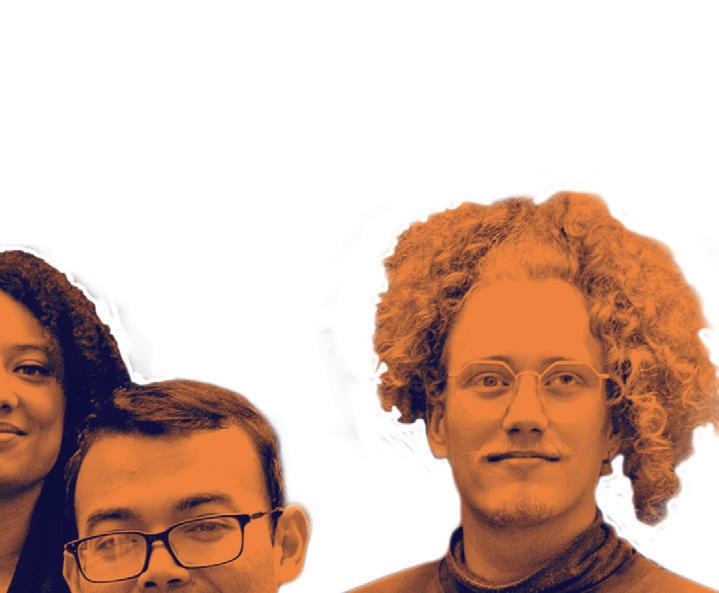

today, urban environments quickly become a perfect petri dish for identifying, targeting, and implementing mass behaviours and trends. An ideal condition to champion the integration of digitally-infused urban systems to create Smart Cities, berating the innovation value that large-scale data analysis can produce such as its contribution to deploy effective policies and efficiently respond to This approach might be wellintentioned but echoes a narrow perspective of technological means as the core (and only) path for progress. Some automation paths can lead to experiential hell. Think about outsourcing customer service to automated bot systems and virtual assistants. Service bots might be generally efficient, but they force users to communicate with algorithms that fail to provide a real sense of interpersonal attention or offer solutions for unique problems. At times, such mechanisms are deliberately designed to deter users from receiving hands-on assistance, such as discouraging users from terminating a service agreement or subscription. Imagine such ‘joy’ integrated into a city-wide
Smart Cities propagate efficiency, digital coherency, and information



 L.t.r.: Geart van der Pol, Michelle de Gruijl, Fien Leeflang, Charmaine de Heij, Jonathan Tjien Fooh & Eef Veldkamp © Emilia Martin
L.t.r.: Geart van der Pol, Michelle de Gruijl, Fien Leeflang, Charmaine de Heij, Jonathan Tjien Fooh & Eef Veldkamp © Emilia Martin
Becoming a Designalist
Embracing open-ended (un)learning
Designalism
Programme highlighting interdisciplinary collaboration between design and journalism
Written by Jonathan Tjien Fooh, with contributions from Michelle de Gruijl, Geart van der Pol, Fien Leeflang, Charmaine de Heij & Eef Veldkamp
Tjien
99 SPREKER VOORNAAM ACHTERNAAM
DESIGNALISM
What are the boundaries between architecture, journalism and art? During the Designalism project, Jonathan
Fooh and his team mates discovered that an transdisciplinary approach can help creative minds let go of tunnel vision and design with an open attitude.
‘What do you want to be when you grow up?’ As kids, we were all bombarded with this question. Some people know from an early age that they want to be a doctor, a pilot or lawyer, dedicating their entire life to that goal. I, on the other hand, have always meandered through different interests, curious to know a bit about everything. At some point I wanted to become a veterinarian, a meteorologist, archeologist, marine biologist, psychologist or published writer. Finally, I found my way to journalism, embracing the generalist within me.
After studying for four months, I decided to quit, feeling constricted in my creative and storytelling approach. At that time, I considered journalism too focused on the facts, not leaving a lot of space for imagination and creativity. Fast forward to the present: I have become a true ‘jack of all trades’, still juggling different interests – working as a Designing Cities for All (DCFA) programme maker at Pakhuis de Zwijger while also performing poetry, creating visual art and conducting anthropological research.
After two years of working on DCFA, I noticed that the most inspirational people I meet always mix disciplines, cultivating an
attitude of vulnerability, openness and curiosity. In this essay, I reflect on a recent experience that made me rethink my own relationship with learning and working interdisciplinarily.
Designalism: the newsroom of the future
After creating programmes about design and journalism, my inner child was in need of getting his hands dirty – of actually making something. The programmes we set up are often about niche subjects like exclusion in design or decolonial perspectives, which made me look for engaging and creative ways to translate complex concepts into something accessible and relatable. This is why I joined Designalism Newsroom, an ACED initiative. ‘Designalism’, a term coined by ACED, highlights the interdisciplinary collaboration between design and journalism. Breaking the boundaries of these disciplines creates space for inspiring innovative forms and new perspectives. Designalism Newsroom is a new programme, aimed at creating experimental productions that combine design, art, journalism and technology.
For eight days in the span of eight weeks, participants teamed up with Dutch newsrooms Pointer,de Volkskrantand NOS.
We worked on new narrative forms linked to the overarching topic of inequality. Surrounded by designers and journalists from large and established newsrooms, I felt imposter syndrome creeping under my skin whenever I introduced myself. I was neither a ‘trained’ designer nor a journalist. Luckily, I had a light bulb moment during a presentation of Tamara Witschge, professor of Creative Media for Social Change at the Hogeschool van Amsterdam.
Moving beyond disciplines

Think about the discipline you identify with the most. This could be architecture, journalism, graphic design or even programme making (like me). Then think
about your role in society. Now, if you had to pick an object in the public domain to visualise this –which would you choose?
For the project ‘Exploring Journalism’s Limits’, Tamara Witschge did this exercise with 33 journalists, asking them to draw themselves as an object in the public domain. Some drew a garbage bag flying around the city, travelling and absorbing different stories along the way. Others drew objects symbolising meeting places, like a fountain or bench. Some journalists drew mirrors or dirty laundry, reflecting on their role to uncover information and make it public. Together, they created a cityscape.
101 SPREKER VOORNAAM ACHTERNAAM
DESIGNALISM
Project ‘Exploring Journalism’s Limits’ by Sander Hölsgens, Saskia de Wildt, Geesje van Haren, Yael de Haan, Lucas Hendricks & Witschge
© Final visualisation by artists Jobbe Holtes and Yotka Kroeze.
After Tamara’s project presentation, I reflected on my own role in society and how I approach my work as a programme maker and anthropologist. At DCFA, we often say ‘everything around us was once designed and can be redesigned’. The fields of journalism, design and academia have all been designed with excluding elements built in. Without critical reflection, this exclusion becomes transgenerational. It is so easy to get stuck thinking ‘this is how it’s always been, so it will never change’. But Tamara’s project creatively encourages us to be critical and reflective about what and why we learn and the way we learn, while also embracing this sense of openness, wonder and
curiosity. I realised that when we reflect on our own meaning in society and the core values at the basis of that meaning, disciplinary boundaries blur and space is created for thinking creatively. Like the pillars that keep a building standing, this becomes the foundation and glue of collaboration.
Becoming a symbiosis
After Tamara’s presentation, we were divided into three groups. I joined the deVolkskrant team with Michelle de Gruijl (editorial designer), Geart van der Pol (journalist), Fien Leeflang (graphic designer & image editor), Charmaine de Heij (photographer) and Eef Veldkamp (artist and researcher).
We decided to focus our Designalism project on tangible and embodied experiences of inequality. The average audience of deVolkskrantis white, male, privileged. Our aim was to explore how to counter the ‘not in my backyard’ perception. For example, people who read about the climate crisis or asylum seekers sleeping outside might get upset, but after they close the newspaper, their lives continue. How can we make inequality more tangible and encourage civic engagement, especially among those that are privileged?
Breaking the boundaries of these disciplines creates space for inspiring innovative forms and new perspectives.
It was important to get to know each other’s strengths and interests more in-depth.
We first worked on ideas individually. Afterwards we discussed which were the most feasible and could best capture our respective disciplines. Quite a time consuming process, but Michelle and Geart, who lead the deVolkskrantgroup, emphasised that a successful project meant granting space to all perspectives. Michelle explained: “Different perspectives, philosophies and knowledge push the people involved – and therefore, the end result – to a higher level. Also, a designer can adopt methods from journalism and a journalist might think and create like a designer. If we remove all the labels and boundaries we created
ourselves, we open up new space for innovation and creative ideas. That way, form and content can become a true symbiosis.”
Becoming a master of none
“In the beginner’s mind, there are many possibilities. In the expert’s mind, there are few.” This quote by Zen master Shunryu Suzuki captures the Zen concept of seeing things with new eyes, unboxing and peeling off the filters of our beliefs, biases, past experiences and expertise.
Reflecting on Michelle’s point: to become a true symbiosis, every team member was pushed to re-embrace their childlike wonder, step away from the known and cultivate an open attitude of (un)learning.
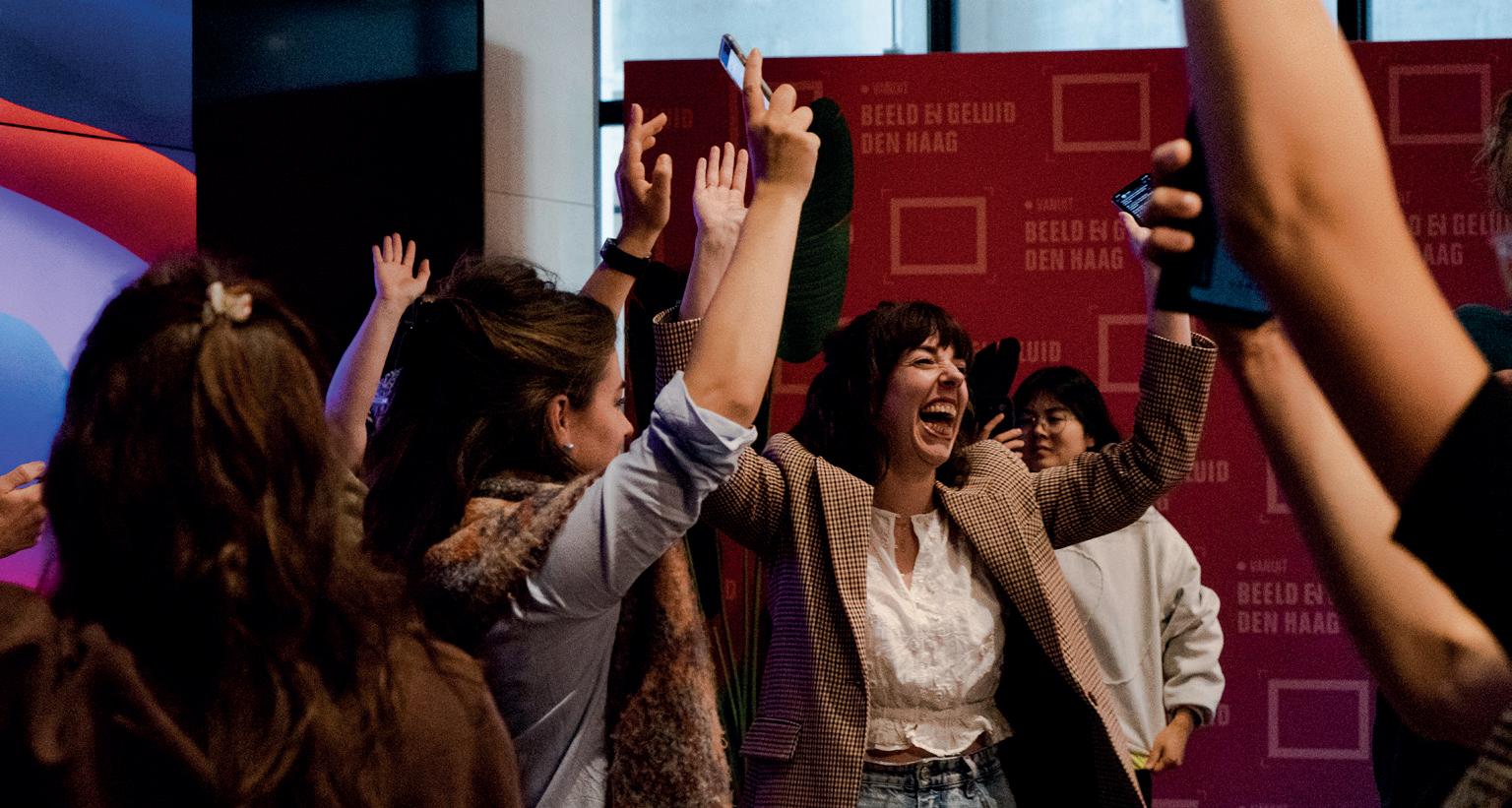
103 SPREKER VOORNAAM ACHTERNAAM
DESIGNALISM
Designalism Newsroom © Emilia Martin
We started out with a blank slate, allowing our imagination to go wild. There were no boundaries. We conceived Privilege Man, a superhero who saves privileged people from their biases and prejudices. We envisioned a 3D image of a white body through which viewers could learn about different privileges linked to whiteness. We also thought of creating a crossword puzzle with hidden messages about white privilege. Brainstorming was fun, but at some point we were moving in circles. The journalist and writer in me kept thinking: what’s the story? We were so fixated on the medium being innovative, I felt the ‘why’ had faded into the background.
Looking back now, I know that this is the way most designers and artists work. Charmaine has a background in photography and usually thinks in visual concepts first: the story follows. Collaborating efficiently required us to find middle ground between the artists, the journalists and the designers. The journalists needed to let go of control and the urge to ‘know all the facts’ in order to embrace play, discomfort and ambiguity – the birthplace of new ideas. The designers and artists in our team were challenged to think more structurally about the relevance of the story: what is the interesting hook? Who do we
When we reflect on our own meaning in society, disciplinary boundaries blur and space is created for thinking creatively.
want to reach, and through which medium? Just like Tamara’s city map exercise, this process forced us to let go of our familiar methods and think about our goal and role – in society, but also within the team. For some, becoming a symbiosis meant staying silent where they would usually speak up; for others, it meant confronting insecurities. Fien stressed the importance of understanding there is no right way to go about things. “You have to be open to new views and workflows, and consider the project a possibility to learn and expand your own horizons. Never overfixate on the finish line – you can’t envision the results of a collaboration all by yourself.”
Monuments of inequality
We called our project ‘Everyday Monuments of Inequality’. It explores forms of (verbal) exclusion, microagressions and discrimination in the public space. For our presentation, we didn’t want to focus on the outcome, but on the following process of making and collaborating.
First, we created a safe space to allow both the team members and the respondents to be
vulnerable. We took the time to exchange personal experiences of exclusion within the group, then reached out to people within our networks. Quotes included sexist, racist, and homophobic comments, such as “Go back to your own country!”; “You people are all the same”; “Did you wear that especially for me?” and “Such a shame that you’re attracted to women.”
This process confronted us with our own biases and enabled the team to get to know each other better. It reminded us of our values and the reasons for doing this project. Through in-depth research, we discovered that in 2020, 27 per cent of Dutch people experienced discrimination.1 However, only seven thousand cases of discrimination were reported in the next year2 –a mere fraction. To counter discrimination, all 345 Dutch municipalities are obliged to use anti-discrimination facilities. Recently, they also received extra funding to address discrimination. However, this funding is not earmarked and usually not used for its intended purpose. An investigation on where the cash flow actually goes is in the pipeline.
1 Sociaal en Cultureel Planbureau, Ervaren discriminatie in Nederland II (2020)
2 Ministerie van Binnenlandse Zaken en Koninkrijksrelaties, Discriminatiecijfers in 2021 (2021)
105 SPREKER VOORNAAM ACHTERNAAM
DESIGNALISM
Furthermore, many civilians lose trust in institutions as discrimination increases while transparency about and research on the consequences of reported discrimination is lacking. This may result in victims reporting less and less, and thus, the vicious cycle continues.
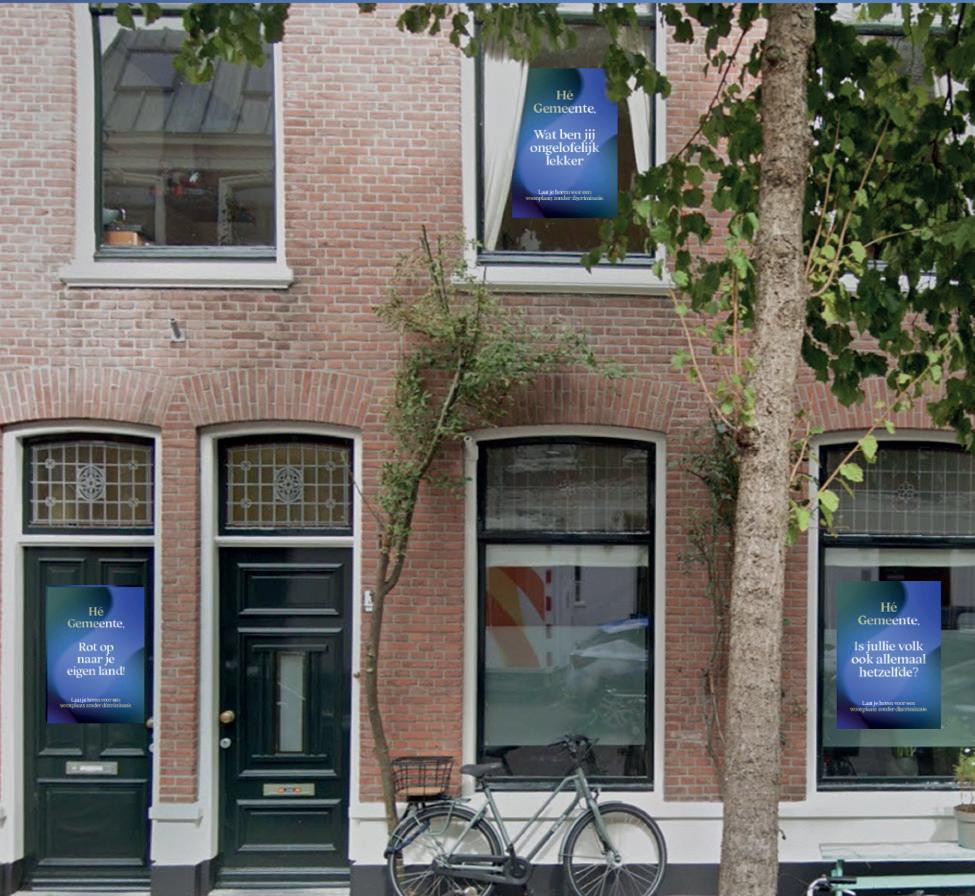
To humanise the stories behind these statistics, we created a mock website on which people could showcase their experiences of exclusion, microagression and discrimination in public space.
We proposed to print them onto posters to put up on the streets, addressing municipalities and

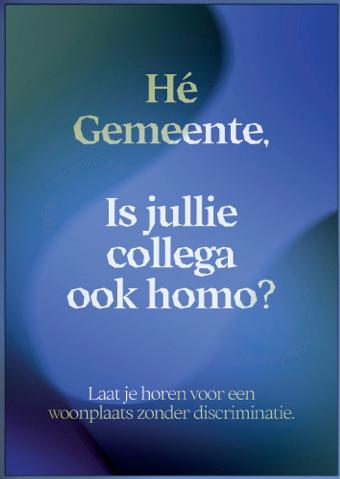

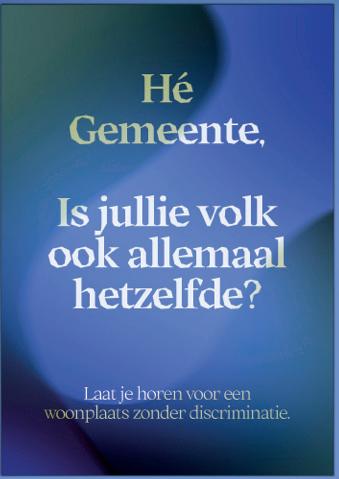
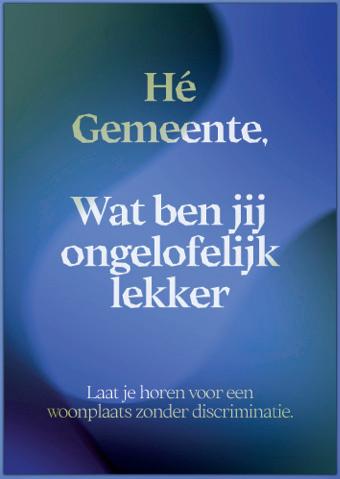
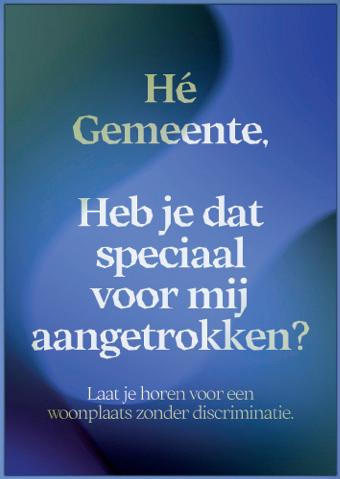 Poster design targeting municipalities © Designalism Newsroom
Poster design targeting municipalities © Designalism Newsroom
calling them to action. This allows the design to be open-ended and ongoing.
We did not execute the poster campaign, but the process of making, conducting research and collaborating re-awakened in us the curiosity and inspiration to explore the unknown. It gave us insights that moved us to approaching design, writing, and journalism with fresh eyes.
So… What do you want to be when you grow up? I still don’t know. Instead, I would like to rephrase to: who do you want to become?
The process of becoming is fluid and never-ending. Many see the act of learning – their studies, discipline, or career – as a final destination. As a result, they limit themselves, box in their imagination, become stuck in the known, and lose their sense of wonder. Instead, let’s adopt an open-ended approach to (un)learning, enabling us to grow together with the places, times and people surrounding us.
CURIOUS FOR MORE?
In the DCFA programme RedesigningtheMindset, we reflect on the various layers of identity and how equity-centred design thinking can be used to redesign an exclusionary mindset.
PLATFORM: ACED
ACED is a platform for design and journalism offering a rich programme of knowledge development, experimental production and public interaction that reflects on the current conditions of society.
PODCAST: DESIGNALISM
Designalismhas its own podcast, which portrays the frontrunners at the intersection of design and journalism. By combining methods, tools and tricks from both disciplines, new forms of information arise, and with that new insights and surprising perspectives.
107 SPREKER VOORNAAM ACHTERNAAM
HOW DO WE DESIGN FOR ALL?
SEADA NOURHUSSEN DCFA LIVECAST BREAK THE IMAGE
‘Do you really want to know the other side? Do you really want to know the other truth, maybe the uglier truth, or something that’s not comfortable for you?’
OneWorld Setareh Noorani
Edwin Gardner & Christiaan Fruneaux /de Chrononauten
Yelizaveta Strakhova
Roberto Rocco
takes as much time to do something good as
HENK OVINK LIVECAST MAKING TANGIBLE IMPACT
109
SPREKER VOORNAAM ACHTERNAAM
‘If we want to reach more people and activate real change, we have to stick up for each other and work together.’
AMINATA MINTE LIVECAST CREATING A NEW NEWSROOM
‘It
it does to do something bad.’
DCFA Fellows




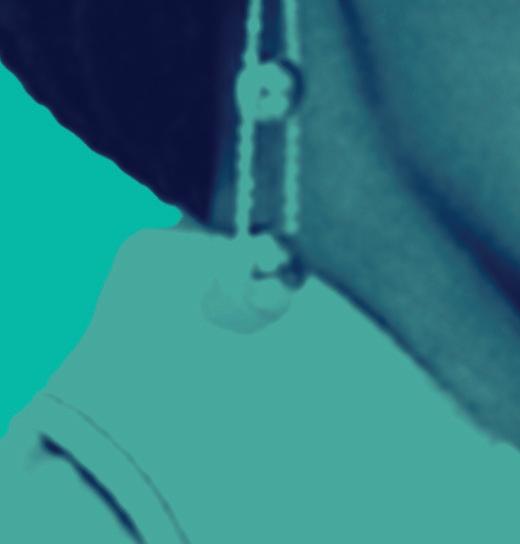
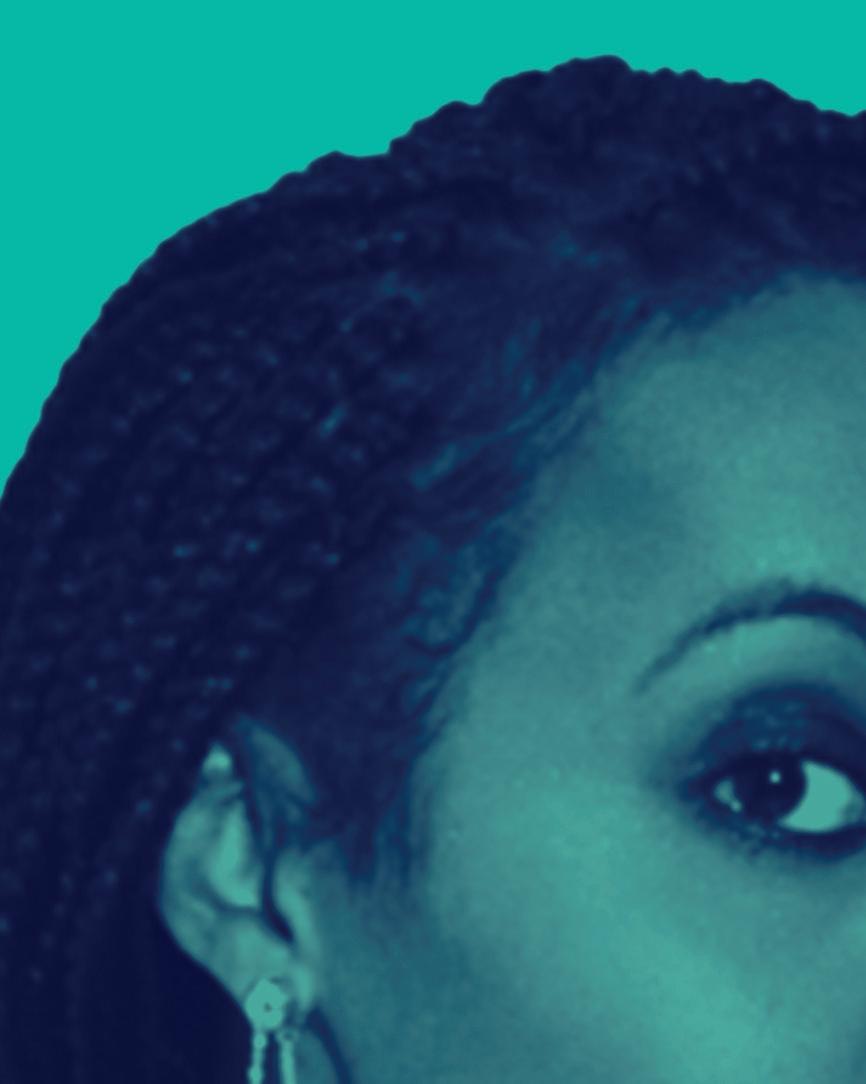










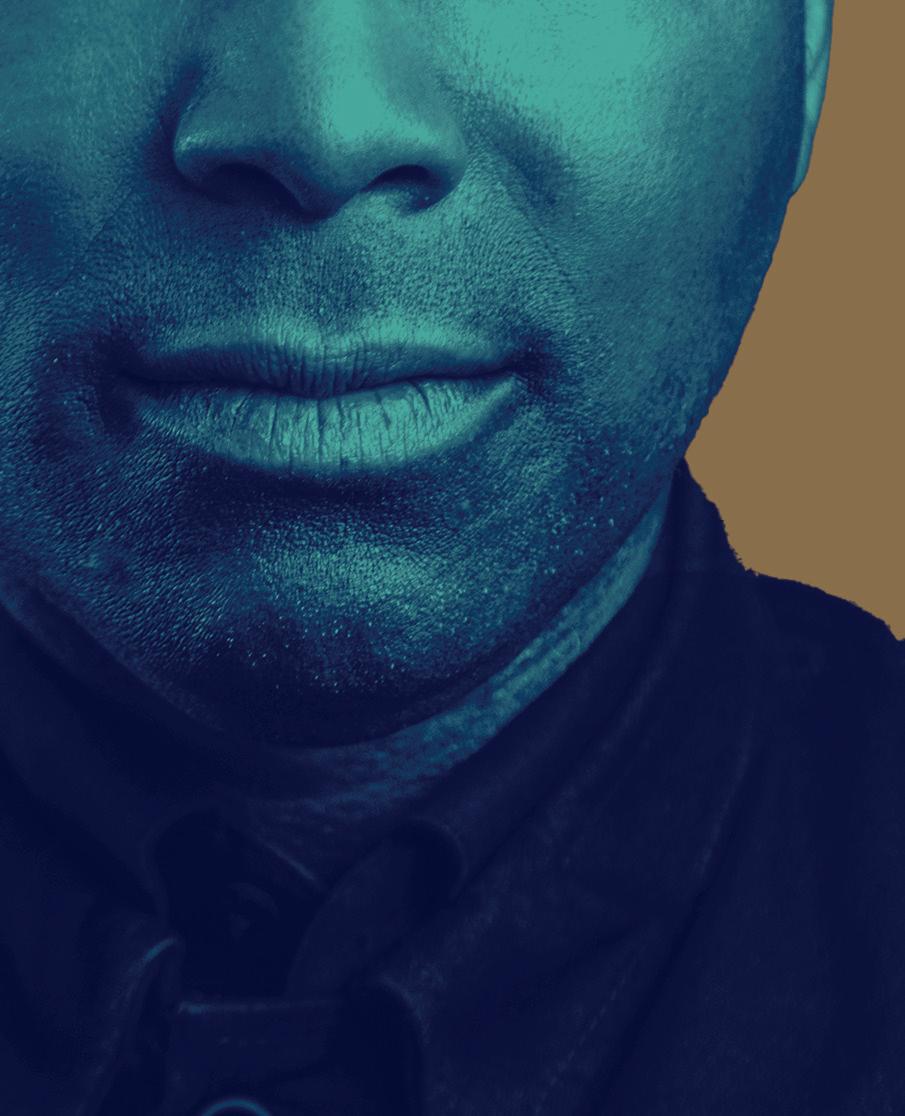
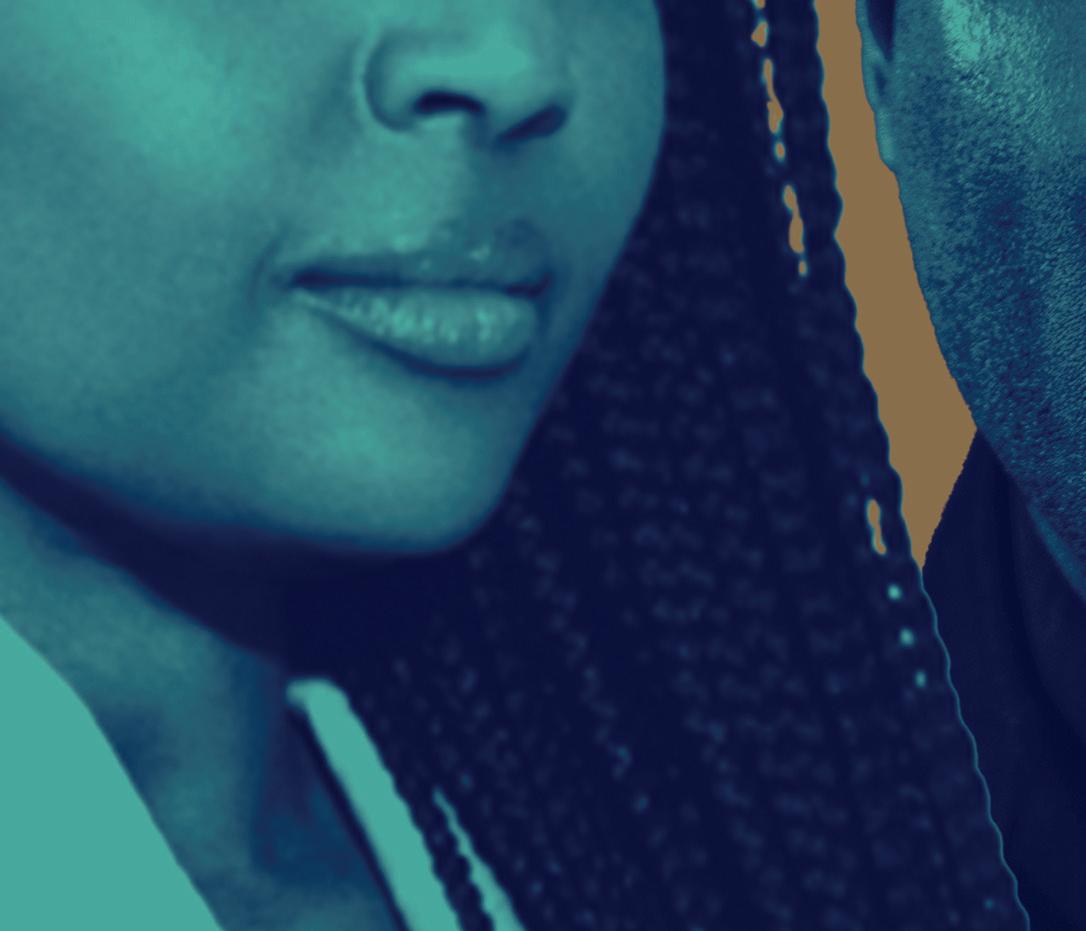






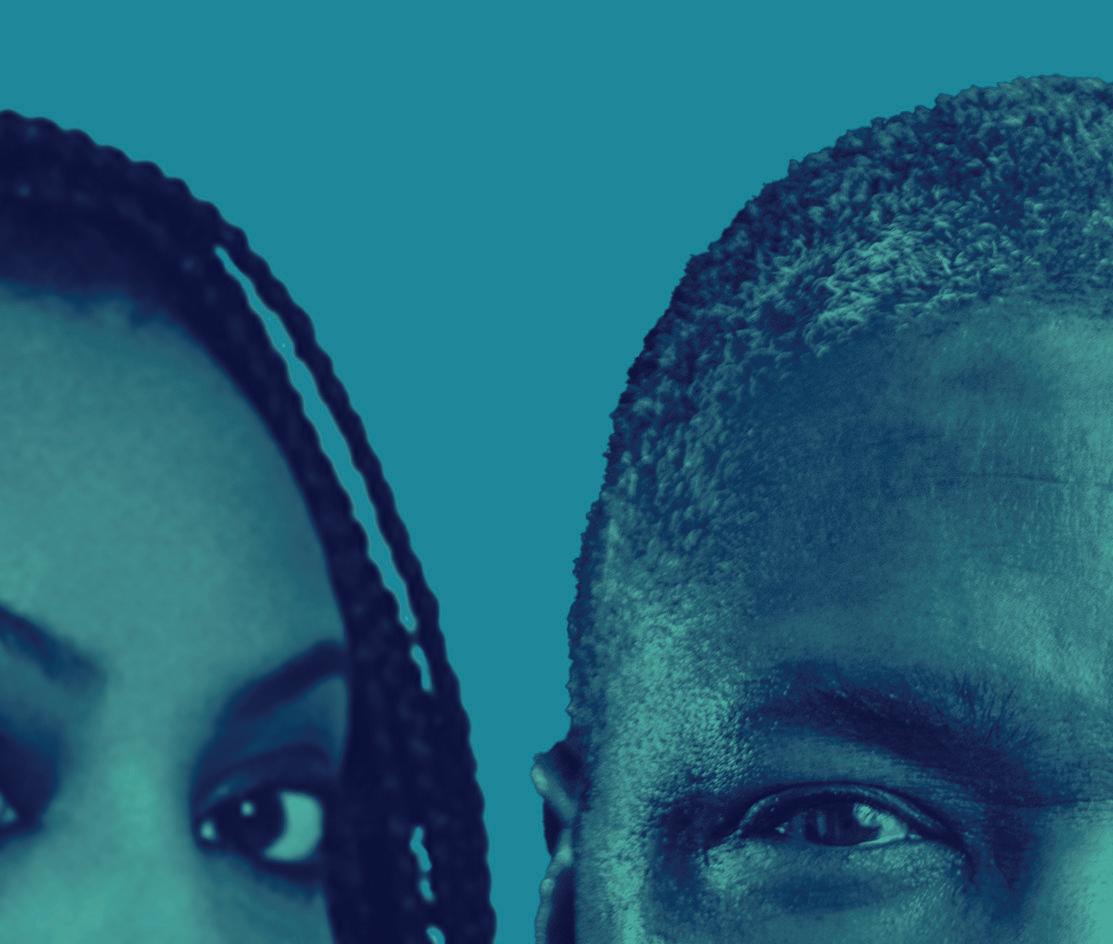









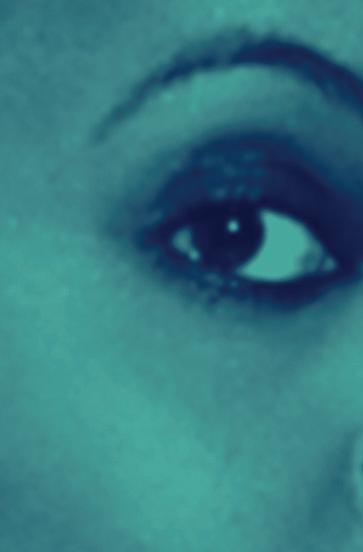






©
Ahn Kiet Duong © Krijn van Noordwijk
Journalism for Justice
OneWorld Multimedia platform on global & sustainability issues
Written by Aafke Roelofs on behalf
of OneWorld
How can we shape a media landscape that is not only just and transparent in its reporting, but is also created by and accessible for all?
DCFA Fellows Seada Nourhussen and John Olivieira from OneWorld explores what it takes to change the newsroom in the programme series RedesigningJournalism.
111 SPREKER VOORNAAM ACHTERNAAM
ONEWORLD
Journalism for justice: that is the mission and direction of Dutch journalism platform OneWorld. While our manifesto serves as a basis for our actions, we are on a continuous quest to redesign ourselves as well. Considering the challenges the field of journalism is facing, one can question whether the journalism system is broken. We need to find a way to change it, or maybe create a new one entirely. To explore this further in collaboration with others from the media field, we – OneWorld representatives –participated in a Designing Cities for All Fellowship. Which design flaws can we find in journalism, what can we learn from them and how can we redesign journalism practices?
Journalists as gatekeepers
In many ways, journalists are the gatekeepers of our society, which shows the power dynamics that are present in journalism. Their starting point is the question which stories and perspectives are selected and which are left out. OneWorld’s mission to combat injustice inherently results in focusing on the perspective of marginalised communities.
This is not a neutral perspective. Not being neutral does not mean a story is not fact-based. However, it is important we are transparent about the perspectives we choose and stay committed to being open to criticism.
Once you include the phenomenon of power in thinking about design flaws, you can start evaluating it more critically. Journalism has the power to decide which narratives are amplified and which are silenced. And while mainstream media usually reflect the dominant (white, male, cisgender, ablebodied) perspective, OneWorld attempts to centralise marginalised perspectives in stories, with the intent to lay bare systems rather than incidents.
Taking this approach, OneWorld engages with usually ignored knowledge from these marginalised communities.
Not being neutral does not mean a story is not fact-based.
As such, valid criticism from an Indigenous person on an article about decolonising language in a OneWorld article resulted in a piece about that exact criticism, written by the critic herself. Even though she was not a ‘journalist’ in the traditional sense of the word, she had the knowledge and experience to write about the subject. This approach engages readers and demystifies the trait of journalism as an elite job. It doesn’t lower the bar – it decreases the degree of gatekeeping.
Perspective matters
Most media systems are built to serve the dominant perspective. What can we do differently to change that? Choosing to take the marginalised perspective and question mainstream coverage is where OneWorld takes off. Without being committed to making change, it won’t be possible. Journalists need to be open to criticism from the outside and committed to incorporating that critique into their daily practice. OneWorld is showing
113 SPREKER VOORNAAM ACHTERNAAM
ONEWORLD
Journalism has the power to decide which narratives are amplified and which are silenced.
the Dutch media landscape how this could be done and is continuously critical of and (re)designing itself.
DCFA Fellowship programme #1: ThePowerofLanguage
Language is a dual phenomenon. It can be beautiful, nice and open, but also exclusionary, oppressive and violent. This is specifically crucial to journalism. Media carry responsibility for the use and normalisation of language. We need to invite both media and media consumers into a conversation about the language we use, and to be conscious of the enormous amount of options language offers.
An example we discussed during the programme was the use of ‘climate crisis’ rather than ‘climate change’, which puts more emphasis on the severity of what we are actually referring to. Socio-environmental scientist Shivant Jhagroe explained how the concept of sustainability is avoiding issues of power and exclusion. In the Netherlands, media avoid these issues by inconsistently claiming the use of certain words as relatively neutral tools to use when convenient – for example ‘sustainability’ versus ‘climate justice’. ‘Climate justice’ goes
beyond the economic and technological solutions for climate change and includes the power imbalance.
During the Fellowship, we talked about ‘inclusive’ language and how this term is often used in the context of changing our language habits. However, chief editor of OneWorld Seada Nourhussen explained how talking about inclusion departs from the assumption that one has to be included in something by those in power, thus centralising the powerful. It contradictorily enhances a form of exclusivity. Also, it determines whose reality matters and whose doesn’t by selecting who is represented in the language used.
Consciousness in choices
Language is constantly evolving and it is important to remain critical of our own language use as well. Spoken word artist Zaïre Krieger talked about her quest to translate Amanda Gorman’s inaugural poem TheHillWeClimbto Dutch and how, sometimes, there is not one right translation, answer or choice if you don’t have just one dominant audience in mind. If we stay critical and conscious of the choices we make, we can gain a better understanding
of the context, meaning and power of words. As Samantha Asumadu from MediaDiversified emphasised: even though letting readers in on these thought processes and decisions is rarely done, it is key in redesigning journalism. Instead of looking down on readers, journalists need to (re)acknowledge that they serve the public – not the other way around – and need to be informed by their consumers as well.
DCFA Fellowship programme #2: BreaktheImage
South-African art critic and former World Press Photo chair Lekgheto Makhola pointed out that language concerning photography can be quite aggressive. For example, a photographer always takes,grabs, captures or even shootsa picture, which sounds like they are on the hunt for a prey. This influences how photographers view their ‘subjects’: do they imagine them as objects or
115 SPREKER VOORNAAM ACHTERNAAM
ONEWORLD
Talking about inclusion departs from the assumption that one has to be included in something by those in power, thus centralising the powerful.
as participants with agency? While images in journalism are often seen as just accompanying a text, one snapshot can change – or even independently tell – an entire story.
Representative design
Many magazines are dense with text. For some people, this can be quite overwhelming and impair the reading experience. OneWorld works together with graphic designer Studio Colorado to address such issues and the general design of the OneWorld brand. For example, more blank space is now left between text in the print magazine and a bigger font is used. This way, we include everyone, as such minor changes are often beneficial for all.
(Re)humanising image
One of the powers of image is to (de)humanise stories and reproduce injustices. The people behind the lens are the ones with the power to frame the subject and determine how people perceive it. Photographer and researcher Cigdem Yuksel researched the representation of everyday Muslim women in the biggest image bank in the Netherlands and found that in most of these photos, the women were passive and literally passing by the lens, as if the photographer was on safari. Pictures with the tag ‘Muslima’ and ’Muslim woman’ were also tagged with highly stigmatising and dangerous phrases like ‘terrorism’ or ‘radicalisation’.
The people behind the lens are the ones with the power to frame the subject.
Often, these tags contribute highly to stereotyping and politicising the person in the photos, but are picked because they increase the chance that media will buy the images based on the tags. It made Yuksel think about the system that she, a professional photographer, is contributing to and what photographers reproduce. Image selection has become a commercial cycle, and we need to think about who is keeping this system in place. In this case, the commercial system is dominant rather than the content and factuality of a story or journalism ethics.
The rush of journalism
With media and journalism’s current online presence, the pace of publishing has increased so much that image editors like Rachel Morón (NRC)are asked for imagery without much context about the story itself. She explained that you are granted limited time and information to find a picture for a story without additional knowledge or the opportunity to reflect on the choices you make. This, combined with the use of image banks where you are bound to a limited collection of search words (and are dependent on the quality of the terminology used by the photographers), means there is
a high risk of the picture and story being out of balance.
Image banks are costly and if your budget is limited (like OneWorld’s is), you are even more restricted and dependent on time consuming image searches.
This is why attention and awareness are key regarding imagery in journalism. The time pressure of journalism, however, puts an immense strain on practicing these values. Right now, this habit of rush and the issues that arise from it are constantly being kept in place by the commercial system.
DCFA Fellowship programme #3: CreatingaNewNewsroom
Acknowledging the need for change, other independent Dutch outlets have also initiated the implementation of new practices in journalism. Eric Smit is cofounder and chief editor of Follow TheMoney(FTM) , a relatively new but fast-growing online investigative journalism outlet.
Aminanta Minte is the founder of AlienMag, an online outlet on the representation of women of colour. Mick ter Reehorst is Chief Editor and co-founder of the young and Europe-minded AreWeEurope (AWE, print and online). Together, we attempted to break the habits of having insufficient conversation between different titles and the
117 SPREKER VOORNAAM ACHTERNAAM
ONEWORLD
The design you choose when creating a product determines the content as well.
lack of self-reflection within the sector. An essential element of this conversation is what is going on behind the scenes, both in the newsroom and in the business models. Every step includes moments of power exertion and decision-making that impact the final product. And all of these steps are interdependent, but the design you choose when creating a product determines the content as well. So what is this design? Who decides what is created?
A myriad of business models
FTMwas able to create an adfree business model, in which primarily subscribers are the ones supporting their journalistic endeavours. The platform provides the reader with the opportunity to be involved in the choice of subjects. AlienMagis a very new title and was founded out of frustration and fascination,
to reclaim the narrative by prioritising the perspectives of women of colour. While Alien Maghas complete editorial and financial freedom because of very little funding and no paying readers, they are quite small and dependent on volunteers. Similarly, AWEtries to reframe the representation of Europe, with a focus on putting people first and being user-centric. Financially, they have built an ‘ecosystem’ in which they respond to the demand of (European) organisations with a supply of European creative talent and a separate print magazine often sponsored by these organisations. While at AWEthe journalism and business side are interconnected, OneWorld separates them, using a hybrid model in which revenue is divided between 1/3 subscribers, 1/3 partnerships and 1/3 job board. As such, we have
not been able to completely ban advertisements, like FTMhas. Nevertheless, any ad, banner or collaboration is screened to make sure it fits our mission. Also, third parties are not involved in content matters. All of the platforms agreed, however, that subscription-based journalism is the most honest financial exchange between the providers and the users of a service.
A transparent field
In any case, transparency and openness about the decisions made are key, just like letting criticism in. Journalism is very powerful in shaping the way we see the world, which also means it has the power to trigger change. Acknowledging the different positions people have in society allows us to look at the full range of possibilities. It enables us to open up the field of journalism, democratise the newsroom and get rid of the current hierarchical system without sacrificing journalistic quality.
When journalism recognises this, change can happen.
CURIOUS FOR MORE?
During the launch of the DCFA x OneWorld Fellowship, Seada Nourhussen and John Oliveira explore current power structures in the field and the concept of ‘journalism for justice’.
PODCAST: PAKHUIS DE ZWIJGER Seada Nourhussen and John Olivieira talk about how they are redesigning journalism with OneWorld, both by setting the bar high in terms of what the journalistic practice should be, and by lowering its barrier to entry.
BOOK: JOURNALISM AS ACTIVISM: RECODING MEDIA POWER
This book explores the ways everyday meaning and the material realities of media power are tied to the communication tools and platforms.

119
VOORNAAM ACHTERNAAM
SPREKER












































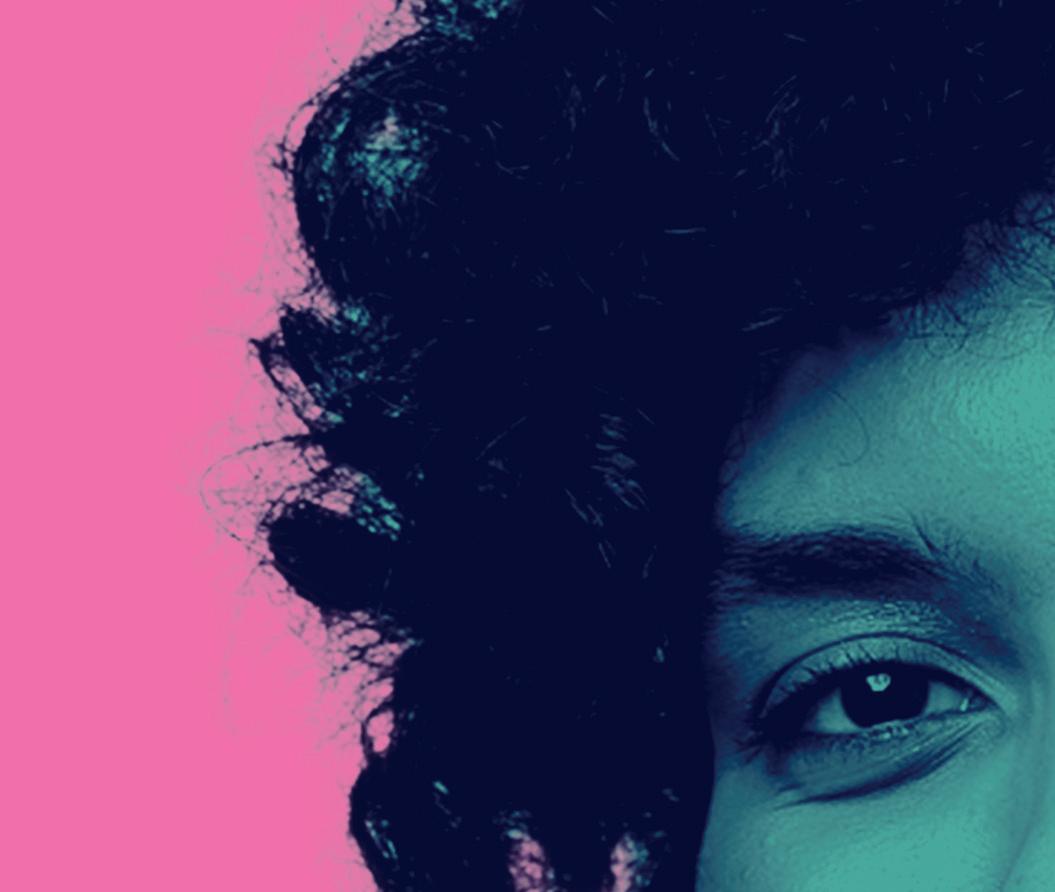
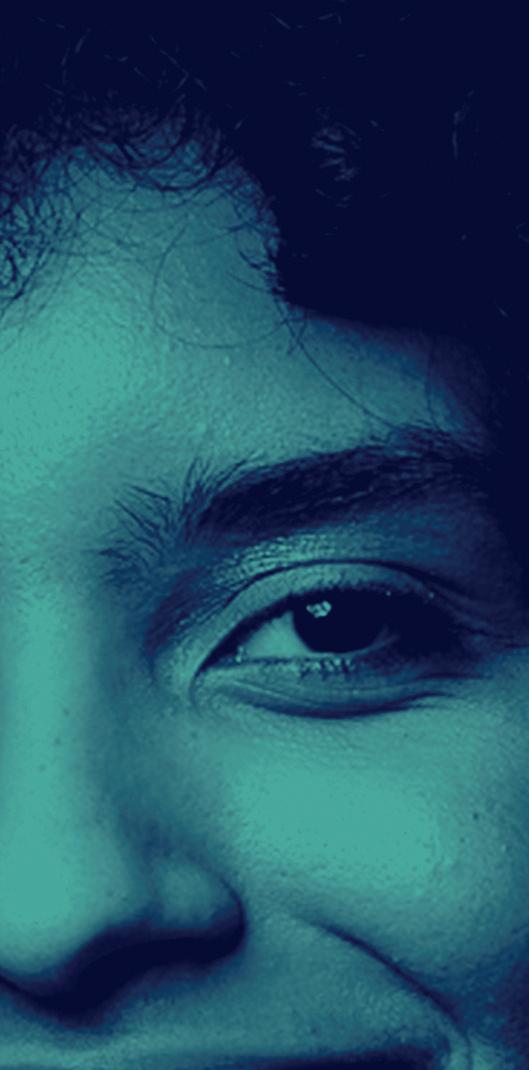





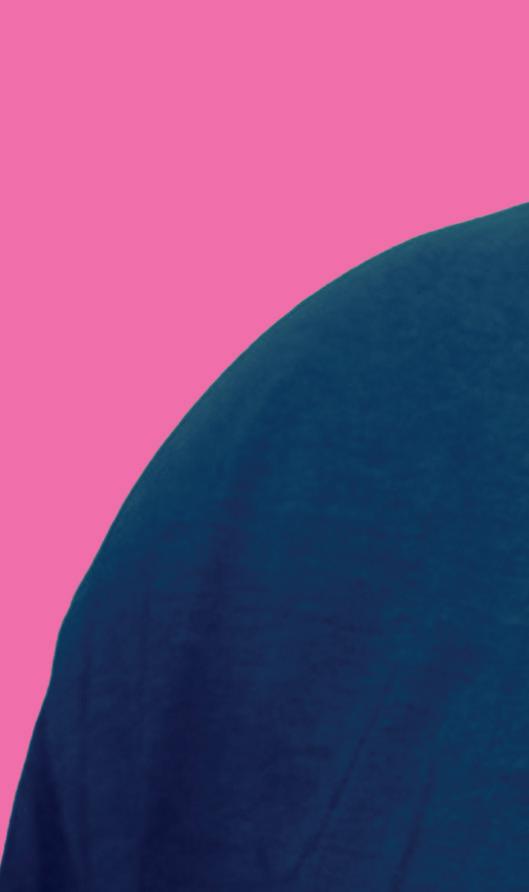

 © Fred Ernst
© Fred Ernst
Designing for the ‘End’
Embedding and enacting continuous actions
Setareh Noorani
Architect, (visual) researcher, zinester & part of various experimental collectives
The world existed long before humans did, and it will after we disappear. As global crises grow more urgent, how do we look beyond the dystopian view which equals ‘our end’ to ‘the end’ – and how might (not) designing for it actually save us all? Setareh Noorani provides a glimpse of a possible future.
121 SPREKER VOORNAAM ACHTERNAAM
SETAREH NOORANI
The aim is not to answer questions, it’s to get out, get out of it.1
I will start this essay with an anecdote from the design field
I bear the closest relation with: architecture. As I understand it, architecture’s qualities lie in its capacities to enable life, living, and a conscious ‘making-use-of’ – architecture triggers movement and change. Architectural design refuses mere display. It refuses to be treated as goods that can be bought or sold as their use-value persists to exceed their exchange value, in a reality where the “combined built environment is the world’s largest asset class”2 .
The “irreversible reduction of [architecture’s] socially transformative ambitions to a ‘form without utopia… to sublime uselessness’, such uselessness has itself, paradoxically if inevitably, proved to be of great ideological use to the contemporary imperatives of capital accumulation”.3 In the current times of digital mass media and their Instagram feeds, (spatial) designs
1 G. Deleuze et al., Dialogues (1987)
are becoming increasingly consumable, commodifiable – ripe to form veneers of ‘ideas’ to hide actualities of extraction and displacement.
Design objects, architectures, and urban plans are reduced to flat images, becoming marketing tools whilst carrying shallow descriptors as ‘just’, ‘sustainable’ and ‘inclusive’. They become smooth4 , devoid of the meaning of inhabitation and relation-making, of undergoing a continuous action with those encountering, of the capacity to trigger collective (political) imagination. They become easy answers and paths to (more) capital.
This essay is written from the in between, the middle margins, to the end. The middle means inviting to think of design as an enabling and enacting of actions upon actions, enmeshed in multiple realities, with objects “actively performing”5 and embedded within processes of change. These processes of change are currently dominated by planetary extinction, masssuicidal extraction6 (removal of
2 Jelmer Teunissen, Conversation, Spoken, 25 July 2022.
3 D. Cunningham & J. Goodbun, ‘Marx, Architecture and Modernity’ (2006)
4 D. Spencer, ‘Architectural Deleuzism: Neoliberal Space, Control and the “Univer-City”’ (2021); R. Boer & M. Minkjan, ‘Against the Smooth City’ (2020)
5 K. Easterling, Medium Design (2021)
6 F. Berardi, Heroes. Mass Murder and Suicide (2015)
How should we start designing for the end of life, sustaining all life?
beings until death and depletion occur), necrocapitalism (“where a country’s trade and industry are founded on, linked to and dependent directly or indirectly on death and the profits accruing from it” 7 ), and necropolitics (“the power and the capacity to dictate who may live and who must die”8). Processes that are life-ending if the end is life. In this mode of reasoning, current models of accumulating wealth cannot be seen separately from colonialism, climate injustice, and the class struggle. How should we start designing for
the end of life, sustaining all life? How should we design for the ‘and’, the alternatives we still may find and imagine, if we are confronted with Thatcher’s ‘There Is No Alternative’?9 For the futureless future, for the otherend of the planet (the end of the human, the end of capital, the end of ends as we know it)? What materials do we need to design with to “harness forces, to think the unthinkable”10 ? And is that the limit of design, limiting it, to enddesign, to stop designing and start living 11?
7 S. Singh, ‘The End of Necro-Capitalism (but Not Necessarily Capitalism)’ (07-11-2017)
8 A. Mbembe, ‘Necropolitics’, translation L. Meintjes (2003)
9 BBC News, ‘Economy: There is no alternative (TINA) is back’ (07-03-2013)
10 Deleuze et al., Dialogues.
11 S. Lorusso, Entreprecariat: Everyone Is an Entrepreneur. Nobody Is Safe (2019)
123 SPREKER VOORNAAM ACHTERNAAM
NOORANI
SETAREH
What design can do firstly is the ‘doing’: inviting action and promoting entanglement12 – intensive involvement and intertwinement – which is per definition messy. This messy middle is the trouble13 to which one must stick, the thick of things and thus also the continuous refusal of that which is given – so we find each other for futures to come. Idleness, refusal and direct action are states interacting with each other to redress urgencies in design. Jack Halberstam notes that “we refuse to ask for recognition and instead we want to take apart, dismantle, tear down the structure that, right now, limits our ability to find each other, to see beyond it and to access the places that we know lie outside its walls.”14 When the fields that comprise design are pushed to submit to extractive patronage (the giving of life-depleting assignments, as is frequently the case in shortterm/fast-pace/high-stakes art shows and exhibition design gigs), to precarious flexibility, racial capitalism, and tokenism (making
12
Easterling (2021) 13
symbolic efforts to be inclusive), it is the going underground, the marooning 15 that will prove useful material for our design. This precarity – which comes with forced turnover periods and nomadisation of designers in the face of ‘work from anywhere’ that ties others lower down the production chain to the ground –is where capital becomes “value in motion”16 . Lorusso mentions: “Precarious work is presented (and up to a point even effectively experienced) as a new form of freedom”.17 Here, the battle of design and its (anti-)value – the battle to end design – begins, where, as David Harvey quotes Marx:
“Capitallying‘atrest’inanyof thesestatesisvariouslytermed ‘negated’,‘fallow’,‘dormant’or ‘fixated’.Orconsiderthis:‘as longascapitalremainsfrozen intheformoffinishedproduct, itcannotbeactiveascapital,it isnegatedcapital’.This‘virtual devaluation’isovercomeor ‘suspended’assoonascapital resumesitsmovement.”18
D.J. Haraway, Staying With The Trouble: Making Kin in the Chthulucene (2016) 14 J. Halberstam, ‘The Wild Beyond: With and for the Undercommons’ (2013) 15 F. Moten & S.t Harney, The Undercommons: Fugitive Planning & Black Study (2013) 16 M.J. Murray, ‘Capital as Value in Motion and Boundless Accumulation’ (2018) 17 Lorusso (2019) 18 D. Harvey, Marx, Capital and the Madness of Economic Reason (2018)
Idleness, refusal and direct action are states interacting with each other to redress urgencies in design.
Marx alludes to the given that the bourgeoisie cannot gather any additional wealth from use-value, any surplus value, from capital as long as it is not traded, or put into motion. If money sleeps, is not put to ‘work’, is not traded or transformed into other (financial) products such as derivatives, bonds, and stocks, then it literally loses ‘interest’ and devaluates over time. Even stronger, Marx states that “a price […] both implies that a commodity is exchangeable for money, and also that it must
19
be so exchanged”19. Tying this back to design: should we all end making design, its imagery and its workers mobile – in order to trigger devaluation and put a halt to the rapid turnover times of capital? How to harness idleness, rest, refusal – starting with refusing illegitimate prices to our labour as well as claims on our time and our self– while tearing down exploitative structures, practising fugitivity and being irrevocably ‘in action’20 ?
20 In creation, without limitation, following Gilles Deleuze, ‘Instincts and Institutions’ (2003)
125 SPREKER VOORNAAM ACHTERNAAM
SETAREH NOORANI
K. Marx, Capital Vol. 1: Capitalist Production, trans. S. Moore & E. Aveling (2013)
Design is to move us, (non-)humans of the Earth, towards a singular inclusive, sustainable, diverse future – towards The Good Life™, where reason propels us forward21 . This one-way street to the future of life must be distrusted if we want design to bear any meaning for the futures to come. Through design we are able to map out – end inching towards end – granular futures, the lives aftercapitalism ends our world (or we end capitalism)22 In the meantime, there are forces outside design at work that shuffle the cards ongoingly and shape a
world-in-becoming: the worlding that happens in between, and the not-in between23. The worlding that refuses to be labelled, the revolution that refuses to be televised24 , the revolution that refuses to be monetised and valorised. And in worlding the after , the utopian is enclosed, “a standpoint for the here and now – not only the future – […] and the better worlds inhabited by those who always […] meanwhile carry on”25. As Deleuze says: “getting out is already achieved, or else it will never be.”26 21
Mbembe (2003) 22
F. Berardi, ‘Introduction’ (2012) 23 F. Moten, Black and Blur – ‘Consent Not to Be a Single Being’ (2017) 24 A. Culp, A Guerrilla Guide to Refusal (2022) 25 A.F. Gordon, The Hawthorn Archive: Letters From The Utopian Margins (2018) 26 Deleuze et al. (1987)
CURIOUS FOR MORE?
In the DCFA programme NavigatingBarriersandConflicts, Setareh Noorani and others explore the conflicting interests, systematic barriers and power dynamics in co-design.
design
BOOK: DESIGN AFTER CAPITALISM How can design transcend the logics, structures, and subjectivities of capitalism? This book provides a framework, theoretical grounding, and practical principles.

BOOK: CRITICAL CARE: ARCHITECTURE AND URBANISM FOR A BROKEN PLANET
How architecture and urbanism can help to care for and repair a broken planet: essays and illustrated case studies.

127 SPREKER VOORNAAM ACHTERNAAM
Through
we are able to map out granular futures, the lives after capitalism ends our world (or we end capitalism).
DCFA Fellows

















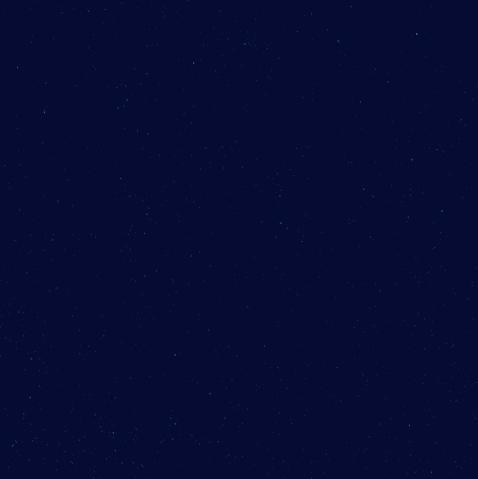
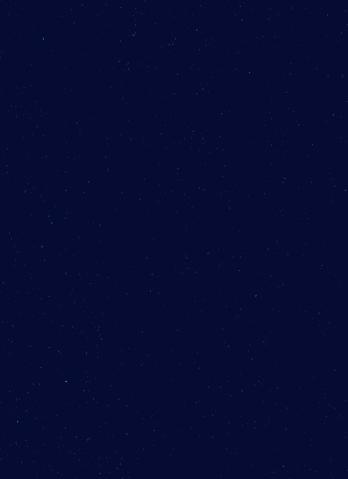








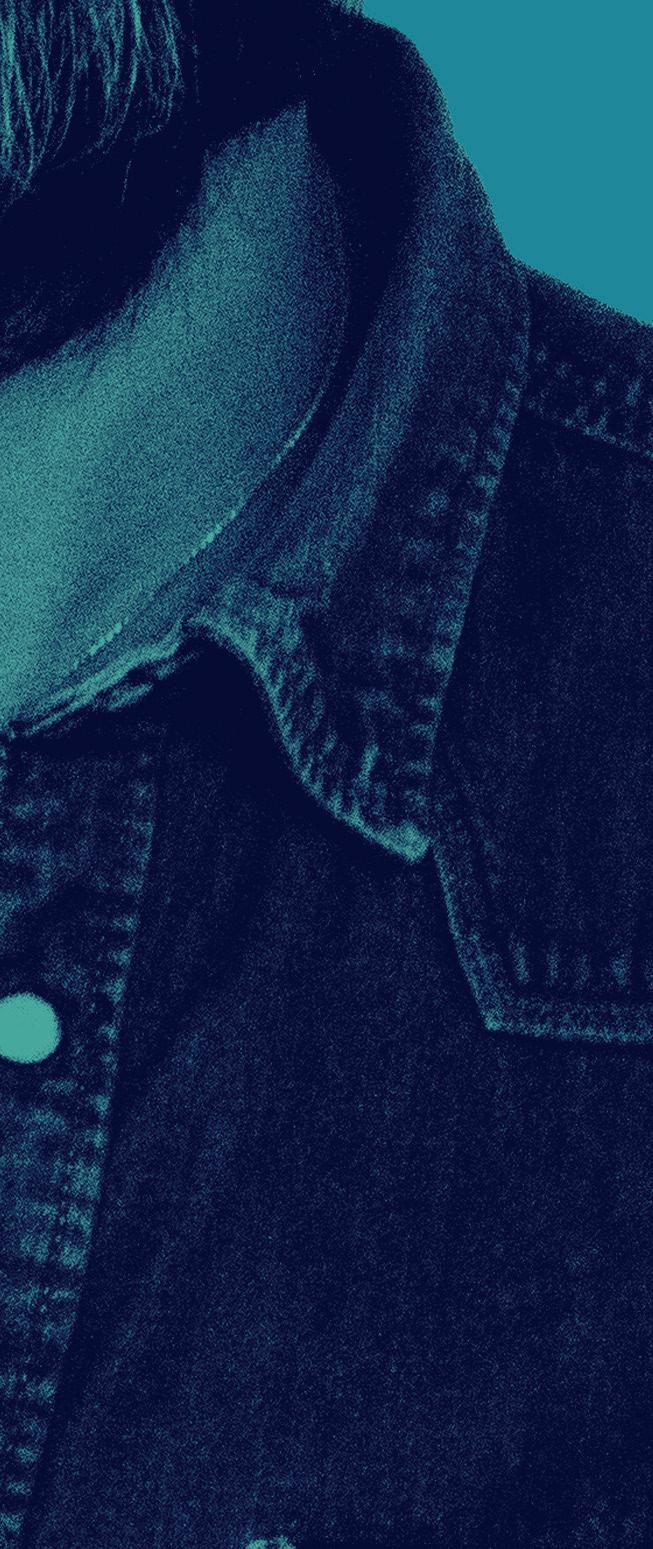
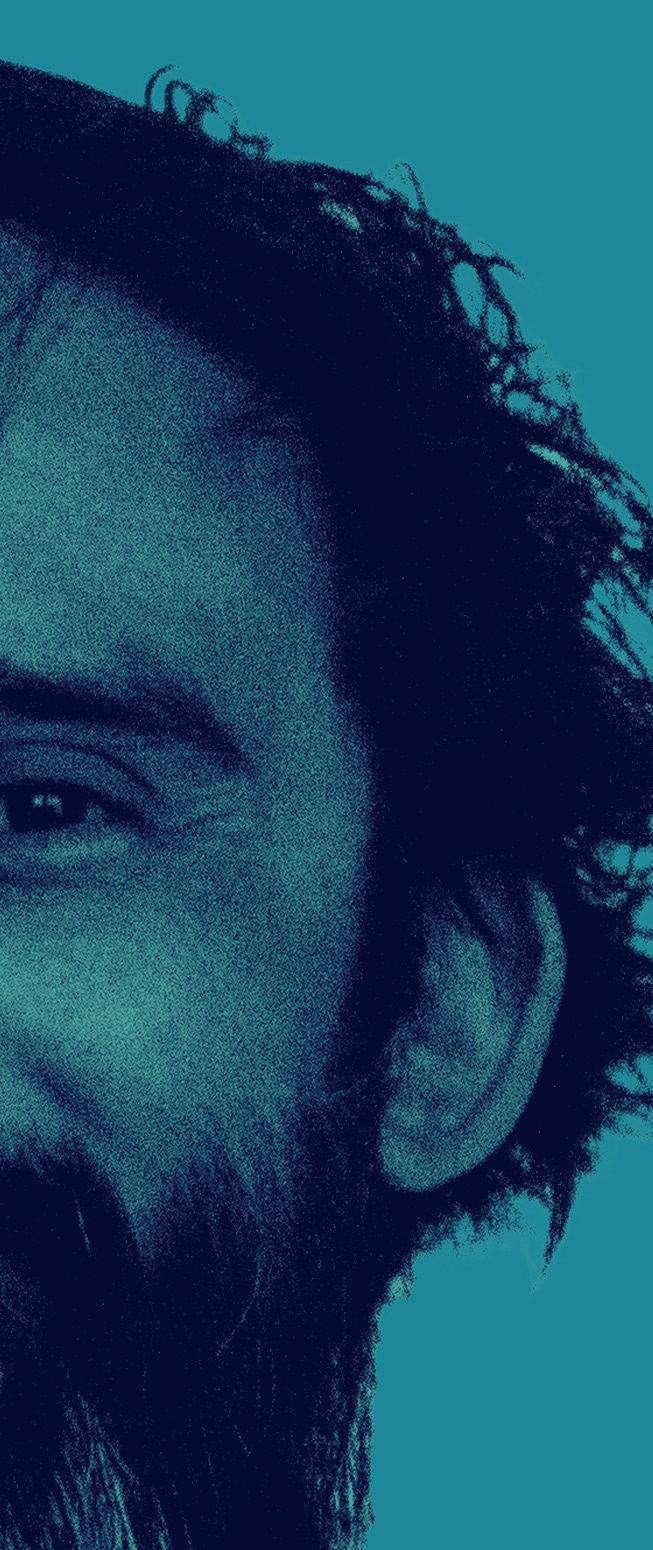









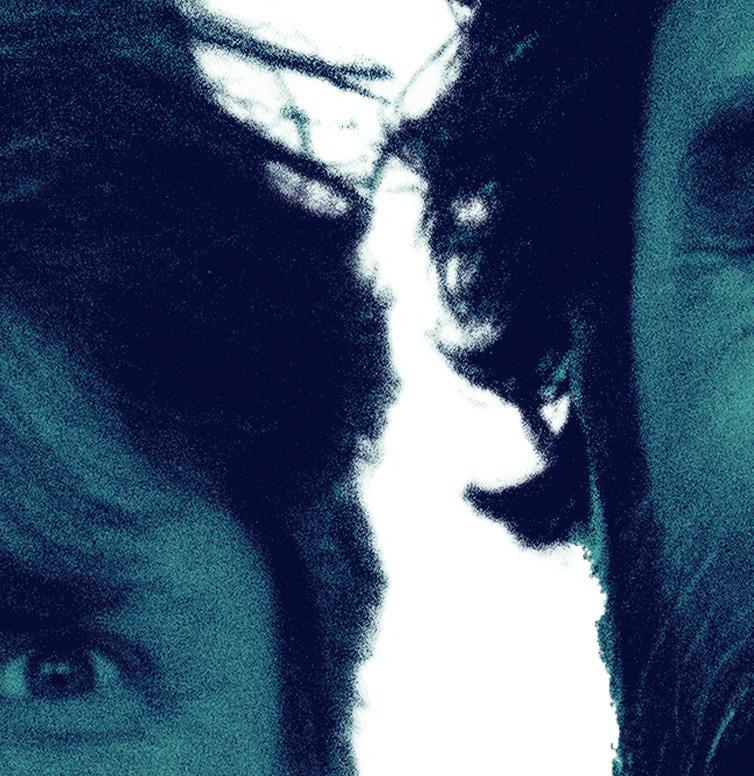




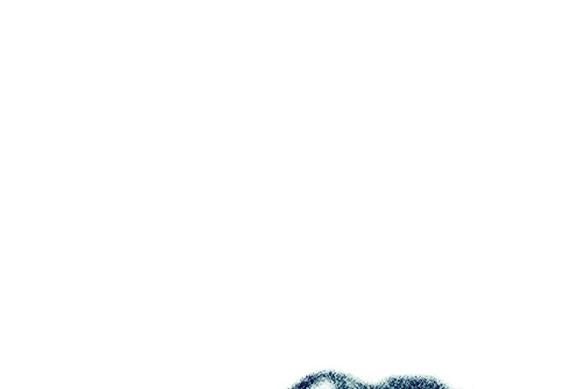 © Edwin Gardner & Christiaan Fruneaux
© Edwin Gardner & Christiaan Fruneaux
Building Trust in the Electric Age
de Chrononauten Futurologists & authors AtlasoftheLongNow
Humans used to put their trust in the spoken word, and later, the written word. But DCFA Fellows Edwin Gardner and Christiaan Fruneaux from de Chrononauten note: both institutional and interpersonal trust are rapidly deteriorating. The dawn of the digital age requires redesign.
129 SPREKER VOORNAAM ACHTERNAAM
DE CHRONONAUTEN
Albert Einstein
On November 17th, 2021, a US court sentenced Jacob Chansley – also known as the ‘QAnon Shaman’ – to 41 months in prison for his role in the storming of the US Capitol on January 6th, 2020. Images of Chansley in the Capitol building went viral because of his ‘barbaric’ outfit. His painted face, large spear and horned fur hat became symbolic for the mayhem of that day. For this reason, Chansely’s sentence was extra harsh, as he set an example for the rowdy online communities that stormed the Capitol. According to the judge who sentenced him, Chansely frequently posted “vitriolic messages on social media, encouraging his thousands of followers to expose corrupt politicians, to ID the traitors in the government, to halt their agenda, to stop the steal, and end the deep state” prior to his storming of the Capitol.
Chansley’s story and the events on January 6th became emblematic of a sharp deterioration of societal trust in Western societies during
the last thirty years. His messages on social media are testimony of a widening and deepening social mistrust in our democratic and governmental institutions and the officials, professionals and experts that make it run. This lack of trust is deeply problematic – especially for democratic communities, where citizens have to trust each other to be able to work together peacefully (on an equal footing and a voluntary basis) to get anything done. If we don’t address and fix this trust issue, it will spell the end of our way of life.
Trust is the glue that holds societies and civilizations together. It is the core principle on which all human relationships are built. It is, consequently, also the most sacred principle of effective communication. In that light, it is quite remarkable that the societal dynamics of trust are still poorly understood – especially considering it has been over thirty years since the introduction of the most omnipresent communication platform ever conceived: the Internet. The time has come at which we have to start exploring the mechanics of societal trust, how it is produced, and how it is linked to communication technology. If we become familiar with its dynamics, we might be able to design a way out of our current predicament.
“Everykindofpeaceful cooperationamongmenis primarilybasedonmutual trustandonlysecondarilyon institutionssuchascourtsof justiceandpolice.”
There is a link between societal trust, information technology, community experience and the scale of human cooperation that a particular society is capable of. To understand this link, it is helpful to take a few steps back, zoom out, and look at the introduction of the printing press in the mid-1400s and how it transformed society and made the Modern world possible.
Before the invention of the printing press, the dominant information technology in Europe was thespokenword. This had
obvious limitations. To talk to each other, we had to meet up in order to build trust and cooperate effectively. Trust was a very personal affair. The institutions of trust were small villages, family structures, friendships, clans and fealty. Within these institutions, cooperation and division of labour could take place – something that was quite challenging outside of these circles of trust. This dependence on the spoken word made the existence of large communities and economies of scale nearly impossible.
131 SPREKER VOORNAAM ACHTERNAAM
DE CHRONONAUTEN
Trust is the glue that holds societies and civilizations together, the core principle on which all human relationships are built.
with the production of this more abstract level of trust. The printing press made information scalable, which made trust scalable, which made the sense of community scalable, which made cooperation scalable.
up design principles for producing it.
With the invention of the printing press and the subsequent proliferation of publishing houses, Europe was introduced to a powerful new information technology – the printed word. The mass production of information that became possible allowed communities of trust to grow beyond the circle of personal acquaintance. Trust became a more abstract experience. People started to rely on the printedword – study books, banknotes, newspapers, law texts, land maps and nautical charts. A new architecture of trust was built on the presumed objectivity of experts, professionals and their bureaucracies, which were associated
In the 19th and 20th century we were introduced to another information technology: electronics. This led to new methods of communication – telegraph, radio, telephone, television, and today’s omnipresent personal computer. Especially after the introduction of the World Wide Web and other Internet applications, the dominant medium of trust shifted again. Although the spoken word and the printed word are still around and have their place in society, the dominant information technology became theactivated word. (We chose this term because computer code does not need humans to get work done – think robotics and machine learning.) But while the dominant medium shifted from the printing press towards the new electronic realm, as of yet there are no new architectures of trust in place to instill an even more abstract level of trust into its users. This absence undermines our sense of community and, if we don’t fix it soon, our ability to cooperate.
Only if we know the mechanics of trust, we can draw
If we want to learn anything from this very brief history of trust, we need some sort of formula (or taxonomy, or definition) that establishes the social mechanics of trust. Because only if we know its mechanics, we can draw up design principles for producing trust in the electronic age.
So, to move forward, we think that we can safely define the social space where the linking of societal trust, information technology, sense of community and scale of human cooperation happens as a public sphere. Or, to put it all into a single definition:
Apublicsphereproducespublic trustbyimbuinginformation technologywithameasure ofobjectivity–anotionof truththatisindependent fromhumansubjectivity. Thismeasureofobjectivity iscalledthearchitectureof trust.Itenablesthealignment ofindividualnorms,identities, andinterestsintoasenseof commonownershipwhich providesthesafetyneededfor peopletocooperate.
Looking back with this formula in mind it makes sense that in the age of the spoken word, people tried to establish some measure of objectivity by getting to know
each other. By knowing each other’s subjectivities, one could, with some human insight, perhaps deduce some objective truth. That this is difficult speaks from the fact that these people lived in a highly subjective universe. Their world view was very magical, their world mysteriously animated or otherwise divinely inspired.
When the printed word entered the scene, people slowly started to trust law books, banknotes, land maps and sea charts, because they trusted the craftsmanship of the people (and their institutions) that produced these printed artifacts. From this trusted craftsmanship, slowly,
133 SPREKER VOORNAAM ACHTERNAAM
DE CHRONONAUTEN
This new architecture of trust will become the foundation of our future society.
the notion of professionalism emerged. Professionalism is a work ethic that encourages workers to leave their subjectivity at home and become an objective ‘cog in the machine’. We trust our doctors, lawyers, bookkeepers, politicians, cartographers and teachers, because we trust their objectivity. Professionalism was the architecture of trust in the age of the printed word, and bureaucracies were its scaled-up institutions.
Jacob Chansley’s rants about corrupt politicians and the deep state make much more sense now. Professionalism was the architecture of trust that worked in the printed age. With the advent of a new information technology, the activated word, our faith in human professionalism is waning. Our (subjective) belief in the objectivity of experts and professionals does not cut it anymore. We need something stronger, something more objective. We need an architecture of trust that can withstand the massive challenges of the activated word.
We live in a transitional moment. We are still governed by the institutions that emerged in the age of the printed word, but most of our information and communication takes place in the realm of the
activated word. This is a fraught situation, because the dynamics of the printed age are different from those of the electronic age.
Here are a couple of those differences:
1. 2. 3. 4. 5. 6.
The electronic realm processes exorbitantly more information than the printed realm. In contrast to the printed realm, the electronic realm does not only distribute information, but also produces it. Because it is activated, the electronic realm can control the robotic workings of critical infrastructure, like power grids, waterworks and traffic lights. In the electronic realm, everybody is a producer of information, which is different from the printed realm, which was controlled by an elite cadre of professionals. The electronic realm makes society much more transparent, because everybody can disclose information in it. There is no ballotage of professional editors, curators, and publishers. Compared with the printed realm, the electronic realm is a ridiculously complex and abstract place. It is built and governed in the language of higher mathematics, which makes its inner workings inaccessible to most.
We thus need to design a new architecture of trust that fortifies a much higher level of objectivity within the activated word, so that it can produce public trust, on which new (more democratic) communities and new (more democratic) ways of human cooperation can be established. This is not something that must be done overnight – the stakes are too high. Like professionalism became the foundation for our current representative democracy — in which a buffer of professional politicians had our backs — and the many professional bureaucracies (corporate, governmental or otherwise) ensure accountability and durability, this new architecture of trust will become the foundation of our future society. For the establishment of an inclusive and sustainable way of life, thinking about the future of trust is key.
CURIOUS FOR MORE?
Watch the launch episode of the DCFA Fellowship with de Chrononauten on Architectures of Trust.
BOOK: AFROFUTURISM

In this primer to the music, literature, and art of Afrofuturism, author Ytasha Womack introduces readers to the burgeoning community of artists creating Afrofuturist works, innovators from the past and the wide range of subjects they explore.
ARTICLE: ‘AFROFUTURISME, DE KUNST VAN HET THUISKOMEN’ De Chrononauten reflect on Afrofuturism in this edition of their newsletter Atlasof theLong.
135 SPREKER VOORNAAM ACHTERNAAM




















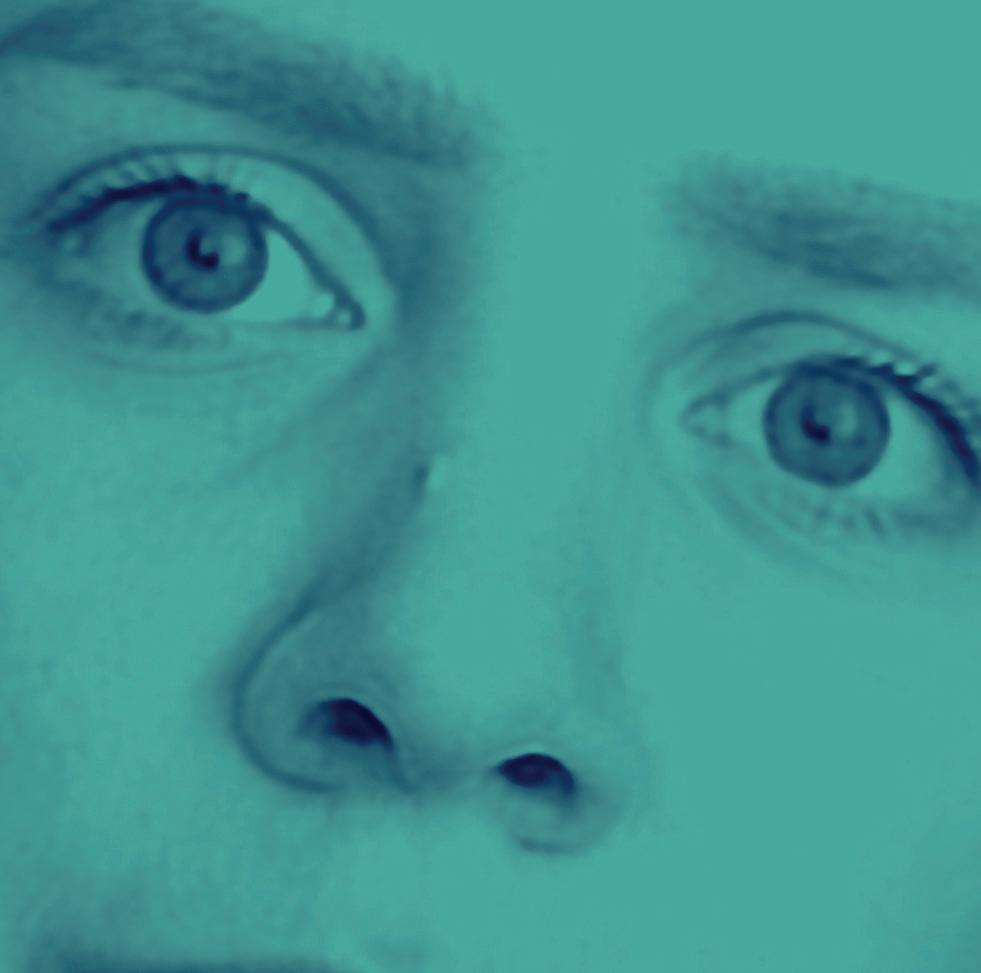
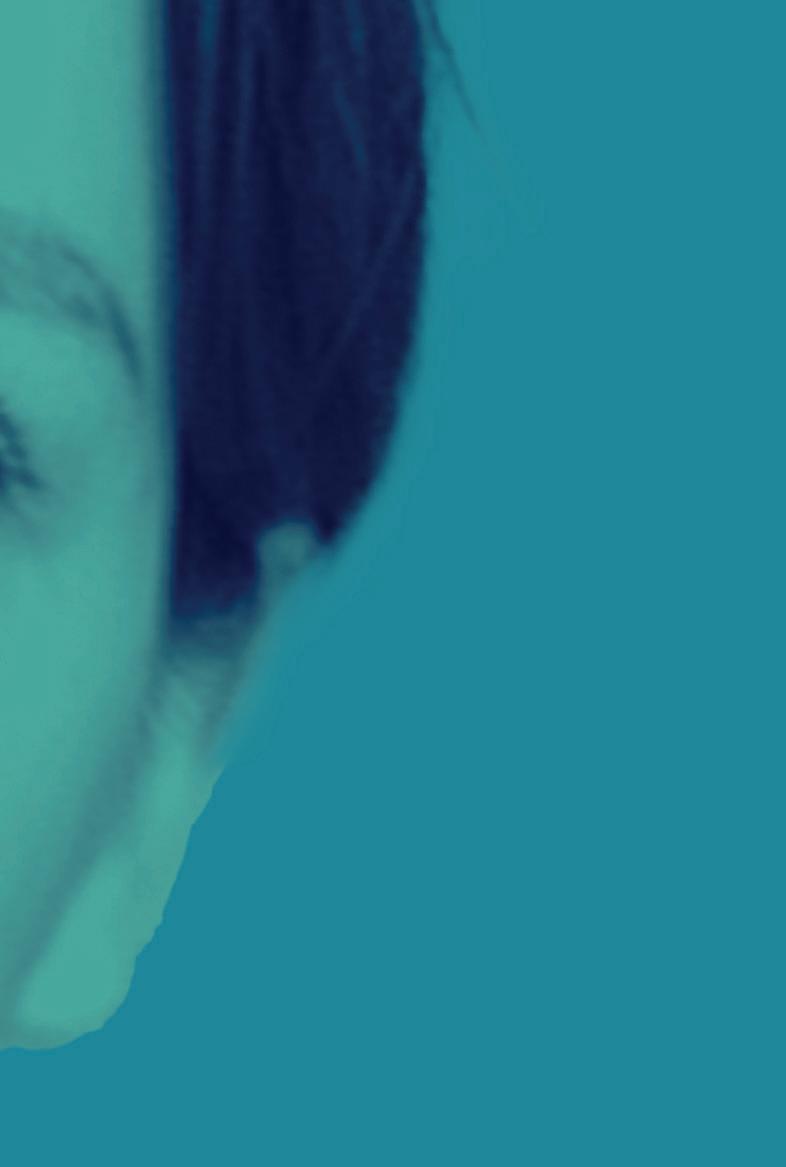







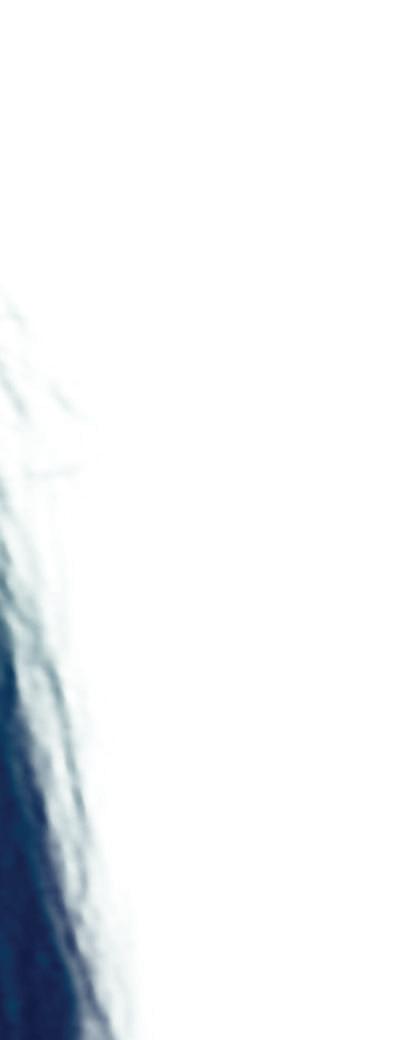

































 © Yelizaveta Strakhova
© Yelizaveta Strakhova
Living the City
Yelizaveta Strakhova
Artist, graphic designer & spatial practitioner
Our bodies carry us through life. But are urban spaces designed to carry them? In this essay, Yelizaveta Strakhova theorises that we’ve disconnected our physique from the city since physical labour has become redundant. But bodies still exist in urban contexts. Which practices can help us to reconnect – to start living the city?
137 SPREKER VOORNAAM ACHTERNAAM
YELIZAVETA STRAKHOVA
Once every year in a given month of summer, one after another neighbourhood of Moscow is disconnected from hot water. Moscow, as many other Russian cities, has a central heating system, which means that water is heated with excess heat at combined heat and power plants and circulates through the city’s water infrastructure already hot. A remnant of Soviet times, the system needs consistent servicing in summer to eradicate any issues before winter arrives. Currently, this period only lasts for ten days – but back in my childhood, we would have to go without any hot water for three full weeks. During these streaks, the usually private space of a bathroom suddenly extended into the most social one – the kitchen. Shiny at first, but covered in calc
residue closer to the end of the journey, 5-litre metal pots would take their temporarily permanent place on the stove. A large blue basin with a small pot instead of a ladle migrated between the two bathrooms.
At the turn of a knob, a hoarse, rattling sound of air entering the pipes would fill the house. I always wondered if that noise of grasping for water was what a fish taken out of water would sound like, if amplified. This industrial melody would announce the arrival of the alternative bathing season; then, the dance would begin. Initially an observer, with every year I slowly grew into performing it. Starting as a choreography of three –me, my mum and the water – I was soon allowed to find my own rhythm in moving with the element.
This industrial melody would announce the arrival of the alternative bathing season; then, the dance would begin.
The filling up, the lifting, the boiling, the waiting, the checking in, the tapping of a pot, not hot enough, the dipping of a finger, the waiting, the return to other tasks, time passing, the forgetting, the running, the splashing, the overflowing, the switching off, the tipping of the blue basin, the cold leftover water rushing out, the clearing of a path, the lifting, the carrying, the tensing of muscles, the peak of concentration, the pouring, the pausing, the steam hitting the hands and then the face, the dodging, the pouring, the flowing of cold water, the submerging of hands, too hot, the pulling out, the mixing, the flowing of cold water, the merging of watery layers, the playing, the undressing, the submerging of a ladle, the scooping, the pouring, the soaping, the rinsing, the lifting, the balancing, the pouring out the leftover water in one go.
This experience of sharing ‘time-space’ with a body of water outside of the oppressive cycles of utilitarian consumption unintentionally became a listening device, an exercise of attunement. Instead of an infinite
stream summoned by the turn of a knob, during this period, water took a finite form proportionate to my own body. Contained in smaller vessels, with its own temporality, weight, movement patterns and temperature, it gained characteristics similar to those of a body.
In her book BodiesofWater1 Astrida Neimanis turns to Ursula LeGuin’s carrier bag theory, which suggests that instead of sharp weapons, the earliest cultural invention must have been a container that allowed collecting and carrying produce. Neimanis weaves this theory together with the McMenamins’ ‘Hypersea’ – a paradigm which suggests that over the course of their evolution, interconnected systems of terrestrial life became the embodiment of the sea, its extension into land:
“Thelandbiotarepresentsnot simplylifefromthesea,buta variationoftheseaitself.Acting overevolutionarytimeasa risingtide,thelandbiotaliterally carriestheseaanditsdistinctive solutesoverthesurfaceofthe land,intosomeofthedriest environmentsonEarth.”2
1
2
139 SPREKER VOORNAAM ACHTERNAAM
YELIZAVETA STRAKHOVA
A. Neimanis, Bodies of Water: Posthuman Feminist Phenomenology (2017)
M. McMenamin & D. McMenamin, Hypersea (1994)
As a result, Neimanis suggests that earthly beings can be imagined as ‘evolutionary carrier bags for water’. Porous and spongy, they both are the waterways and the sites that function as gestation pools for other lifeforms. Such framing and blurring of a bodily boundary leads to the expansion of oneself beyond the confines of one’s skin.
Astrida Neimanis’ thinking is deeply rooted in phenomenology, which sees the body as an apparatus for sensing the world. She suggests that the “post human bodies are lived”3 and it is through wonder and attentiveness to our embodiment that we can make sense and relate to the world.
The contemporary urban environment is dominated by cycles of passive consumption. Entangled in supply-demand chains, the individual comes to rely on the acquisition of goods and services to sustain their wellbeing delegating the tasks of production and maintenance to external parties. This causes the withdrawal of the urban body from active participation in the satisfaction of basic human needs. As a result, if we look at the range of actions performed in the urban realm, we can see how exhausted the somatic vocabulary has become. The complex and multifaceted acts of growing and gathering food, building and renovating
It is through wonder and attentiveness to our bodies that we can make sense and relate to the world.
shelter and collecting, filtering and delivering water, to name a few, have been substituted with acts of choosing and paying prior to consuming. That being said, I do not mean to downplay the role that the infrastructural advancements and the lifting of the burdens of daily struggles for survival play in increasing the quality of life. Instead, I propose to critically assess the changes in behaviour and grow aware of the disappearing knowledges that accompanies urbanisation.
The urban environment within an economy-driven value system strives for maximum productivity.

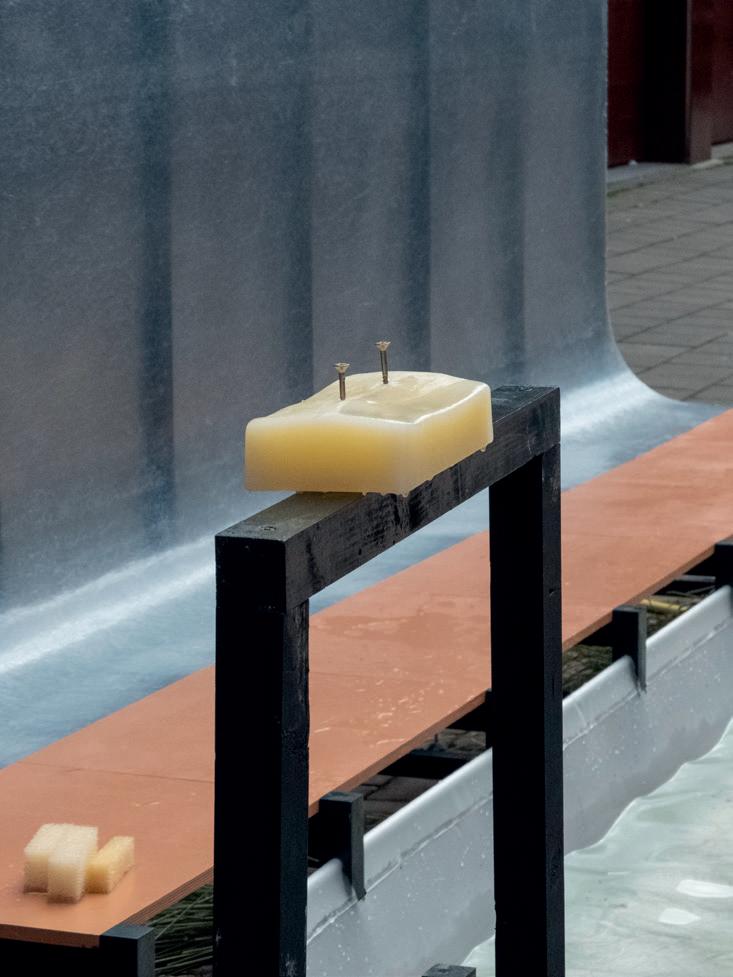
3 Neimanis (2017)
The sensing of the world and embodied knowledges about it have often been a result of active participation in production processes. However, since the inhabitants of cities have been largely liberated from the need to take an active role in the latter, the actions of somatic engagement with the world through the performance of physical labour have become redundant. It is their exclusion from the system driven by exponential growth that positions these actions in an alternative value system and renders them a suitable medium
141 SPREKER VOORNAAM ACHTERNAAM
YELIZAVETA STRAKHOVA
Yelizaveta Strakhova’s project ‘Heterogeneous Waters’ © Francesca Lucchitta
urban environment
for challenging the existing structures. Consequently, this means that instead of a goal-oriented action, the performance of physical labour could become a process-oriented action focused on the exploration of alternative behaviour patterns within the highly regulated urban realm.
For me, this thinking, inspired by the aforementioned somatic practices and stimulated by the disturbances in the water infrastructure, has inspired an alternative definition of bathing environments as sites for acquiring knowledges about water through somatic engagement with the resource that goes beyond utilitarian hygienic
practices. Currently, it manifests as an ongoing investigation into creating spaces where both the resource and the human body are liberated from the productive functions assigned to them by the urban environment. Thus, the space of a bath – or, maybe better: water house –becomes a negotiation ground where the presence of all actors –human and more-than-human – is defined by processes of attunement and continuous corporeal engagement with the space.
It might be hard to imagine how this ritual-centred spaces can infiltrate the contemporary western cityscape.
The
within an economy-driven value system strives for maximum productivity.
However, I trust that the answer to that question resides in the positioning of a space as a process, the intertwining of everchanging actors and factors rather than a constant unaltered volume. Through the acts of performing, of living the city, we might be able to locate the cracks in the system and practise ways of inhabiting them.
CURIOUS FOR MORE?
In the DCFA programme Ritualsof(Self-)Care, Yelizaveta Strakhova and others explore which rituals and practices we can introduce into our daily lives to become more caring communities.
BOOK: DESIGN UNBOUND
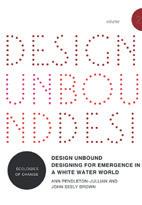
This book presents a new tool set for having agency in the twenty-first century, in what the authors characterise as a ‘white water world’ – rapidly changing, hyperconnected and radically contingent.
TALK: HOW TO BECOME A BODY OF WATER
Hydrofeminist and educator Astrida Neimanis offers a provocation of various cultural readings and literary proposals of amphibious living in a potentially reinstated water world.
143 SPREKER VOORNAAM ACHTERNAAM


































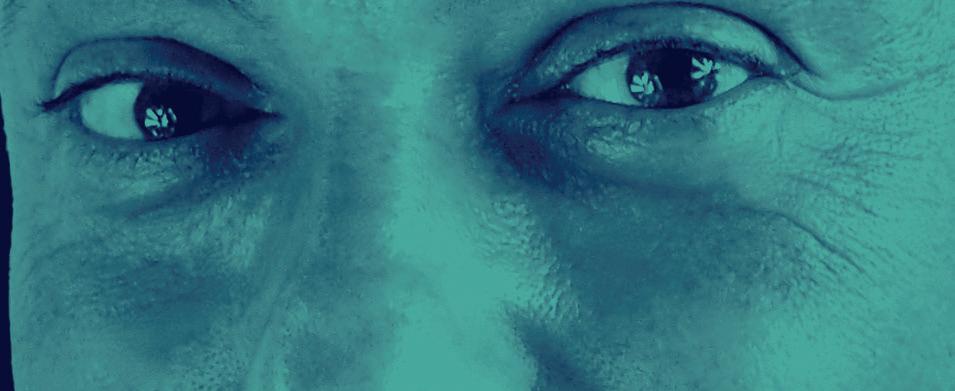
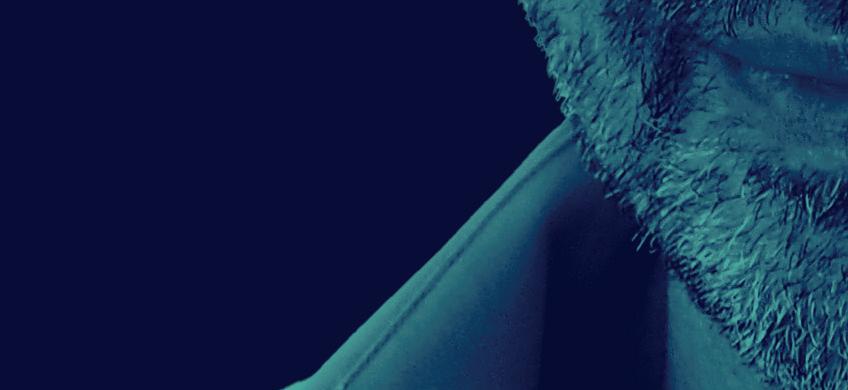







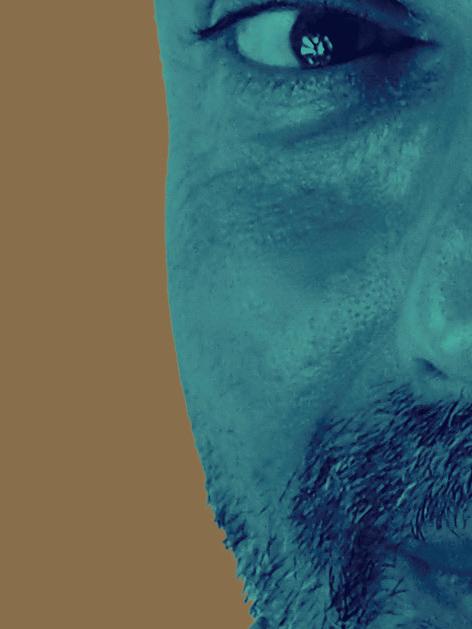

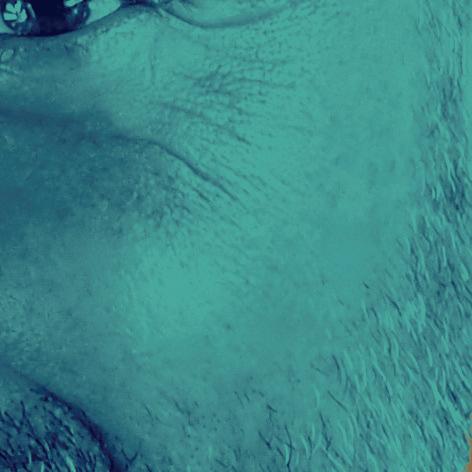









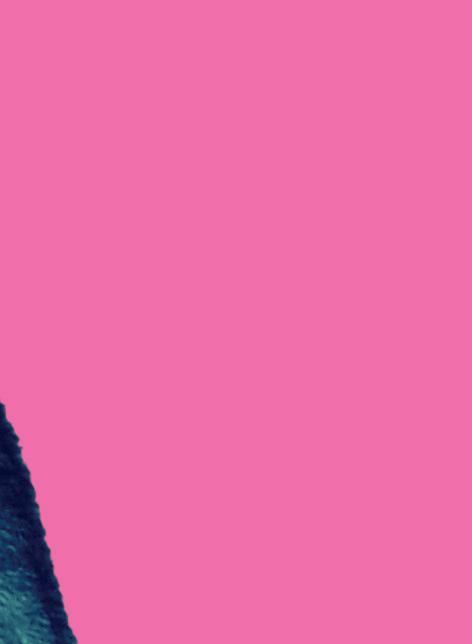






















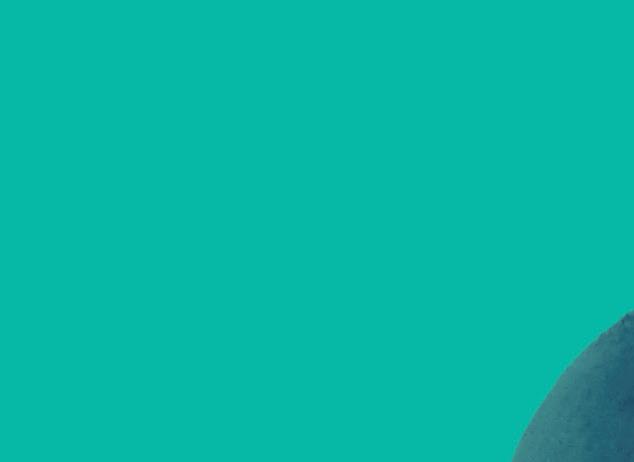 ©
Roberto Rocco
©
Roberto Rocco
Towards The Global Commons
Roberto Rocco Associate Professor of Spatial Planning and Strategy at TU Delft
How do we create a world in which not only this generation, but also generations to come can feel free? In his essay, Roberto Rocco reflects on the concept of freedom as a sustainable and inclusive value. Because to design for the future is the only way to truly design for all.
145 SPREKER VOORNAAM ACHTERNAAM
ROCCO
ROBERTO
In 2020 and 2021, the Dutch Delft University of Technology (TU Delft) organised two ‘Manifesto for the Just City’ workshops. The first was inspired by the several calls for a Build Back Better attitude post Covid-19 and addressed the multiple challenges of the ‘reconstruction period’ after the Covid-19 pandemic to achieve a Just City for All. The second workshop was organised well into the pandemic, when new, slightly darker questions arose. By then, it had become painfully clear that the world would not “come together” to face a common threat and build back better afterwards. The pandemic exposed grave fissures in the fabrics of our societies, made more severe by growing inequality, waning faith in democratic institutions and desperately unimaginative political leadership.
As the pandemic evolved, it became clear that aspects of public health that had been largely consensual in previous decades (such as the need for mass vaccination campaigns or decisive public action to shape public behaviour in case of a pandemic) got entangled in the ever-growing cultural war between left and right, ‘progressives’ and ‘conservatives,’ often creating impossible impasses for effective measures to fight the
pandemic. The question was not how to ‘build back better,’ but how to build any consensus about what to do at all. The great dress-rehearsal for collective action towards tackling climate change had failed miserably.
If we couldn’t address a pandemic effectively – one for which there were several vaccines available as well as tried-and-tested public health measures – how would we ever be able to face climate change, an astronomically more complex and elusive problem?
One of the greatest failures exposed by the Covid-19 pandemic was a failure in coordination. It became clear that to face the pandemic and alleviate some of its most shocking effects, global coordination was sorely needed. As countries have become increasingly interdependent, it didn’t make sense to seek to solve the problem in one’s own backyard. We needed a concerted, systemic, and global response. Instead, we witnessed a scramble for the available vaccines and intense vaccine-inequality among countries. Permeating all these issues was not only the problem of coordination, but primarily were the problems of freedom and truth.
Democratic freedom Freedom is understood by many in the public as the “freedom to do
as one pleases,” a sort of slanted individualistic liberal freedom, rather than the freedom to live a good life by cooperating with others in society, which I will call here ‘democratic freedom’.
Freedom is a crucial concept in human rights theory, political economy, economic theory, legal theory and much more. But the concept has been hijacked in that raging cultural war. For libertarians, freedom is conceived as the maximisation of individual autonomy, and the minimisation of coercion from the state and from others. They emphasise negative rights, that is, “the right not to be
interfered with”, which underscores freedom of speech, freedom of association, and freedom of religion, among others. This is an important dimension of freedom, as it emphasises individual agency, entrepreneurship, personal achievement and more.
But the rise of populism and a radical version of neoliberalism means that the public is sold a flawed conception of freedom that disregards the fact that one’s freedom is limited by the freedoms of all others and the limits and the rights of the planet. Most importantly, that flawed conception of freedom disregards the fact that many
147 SPREKER VOORNAAM ACHTERNAAM
ROBERTO ROCCO
The rise of populism and radical neoliberalism means that the public is sold a flawed conception of freedom.
of the freedoms listed above are only achievable when we collaborate with others in society. For instance, the right to life or to property are greatly enhanced by the fact that we live together in societies with legal systems that inhibit others from infringing on our rights. Most importantly, there is another ‘class’ of rights called ‘positive rights’ – that is, the right to something (decent housing, education, health care, peace, security, and so on). It is easy to see that positive rights greatly enhance our chances to access negative rights, but they also impose burdens and limits to our actions. The frictions generated by our positive and negative rights and the burdens and limits imposed by our lives in society, where those rights are
limited by the rights of all others, generates a need for justice. In very few words, justice entails the fair distribution of the burdens and the benefits of our human association, including the fair access to the resources that affect our capabilities to achieve positive and negative rights.
This is a crucial point that permeates the discussion on sustainability. If we wish to make sure resources are available for future generations, we’d better start making sure resources are equitably and fairly distributed among people in this generation – which is manifestly not the case. The fair distribution of burdens and benefits of our human association is at the very core of sustainability, as justice
The colonisation of our minds means that we are not free to think about alternative futures that allow us to fully exercise our freedoms.
underscores the legitimacy of decisions taken and increases compliance and support for policy and measures that underscore sustainability. Additionally, we are increasingly confronted with the nascent awareness that we are not alone on this planet, that we are interdependent from our fellow travellers: animals, plants, rivers and ecosystems. As a result, there is increasing awareness that we should extend rights and protections to all living beings and to the planet.
Freedom and rights for all And indeed, for Amartya Sen1 , there is a special case to be made for the preservation of the environment beyond the satisfaction of our own needs and the preservation of our living
1
A. Sen, The idea of justice (2009)
standards. By extending our freedoms and rights to the planet, we are in fact reaffirming and preserving our own freedoms, which Amartya Sen describes as ‘sustainable freedom’: the preservation and expansion (where possible) of the substantive freedoms and capabilities of people today, without compromising the freedoms and capabilities of people in the future.
But freedom has some deeper implications. The colonisation of our minds, in the words of Professor Faranak Miraftab, means that we are not free to think about alternative futures that allow us to fully exercise our freedoms. We are not only bound by the superstructures to which we are born (the state,
149 SPREKER VOORNAAM ACHTERNAAM
ROBERTO ROCCO
We should extend rights and protections to all living beings and to the planet.
religion, institutions, capitalism, race relations, gender roles) and that shape our understanding of the world, but we are also bound to ideology, that is, narratives produced by the powerful that explain the world and legitimise relationships of exploitation and oppression, making them appear natural and universal, in the words of Brazilian philosopher Marilena Chauí 2 .
There is no more prevalent ideology than that of the market as a ‘natural’ regulator of almost all
2 M. Chauí, O que é ideologia? (2017)
human relationships. This ideology, anchored on the idea that humans are wired to always make ‘rational’, self-interested utility-maximising decisions, leads us to naturalise the current economic system and to consider the injustices it produces as natural and unavoidable.
What started as an interesting idea by 18th century Scottish economist and philosopher Adam Smith, namely his idea of an ‘invisible hand’ of the market, firmly inscribed in a specific historical and cultural
3 M.P. Petracca, ‘The Rational Choice Approach to Politics: A Challenge to Democratic Theory’ (1991)
There is no more prevalent ideology than that of the market as a ‘natural’ regulator of almost all human relationships.
context, has nevertheless become orthodoxy about how human affairs must be governed all over the world.
And indeed, free market fundamentalism seems to be a primary cause for the current crisis of the public sphere and democracy. For Mark Petracca 3 , rational choice theory – the theory that underscores modern neoclassical economics – supports and perpetuates a political life that is “antithetical to important theories of normative democracy”. For Petracca, “rational choice theory offers an incoherent account of democratic citizenship and produces a political system which shows a constant bias against political change and pursuit of the public interest.”
In this sense, neoclassical economic theory persistently undermines public reasoning, and public justification, because it presents certain economic decisions as unavoidable, partly eliminating the need to justify them in terms of societal values, justice, human need and goals.
This brings about an insidious erosion of the public sphere and has also underscored the popularisation of a misguided notion of freedom as the ‘freedom to do as one pleases’, without regard to the freedoms and the rights of all others.
This conception of freedom is particularly harmful for the way we understand collective action and coordination necessary to face the great challenges of our times, such as the pandemic and climate change. This fundamental conundrum between economic theory and democratic practice has translated into, among other things, anti-vaxxing movements, anti-masking, and anti-compliance with public health measures, with disastrous consequences for public health.
151 SPREKER VOORNAAM ACHTERNAAM
ROCCO
ROBERTO
This conception of freedom is particularly harmful for the way we understand collective action and coordination.
Reimagine the planet
We cannot enumerate here the piling evidence against rational choice theory and the market as naturalised and exclusive framework to structure human exchanges. Elinor Ostrom, Amartya Sen, and many others have demonstrated that other ways of existing on this planet and dealing with its natural systems and its resources are possible, based on communicative practices and public rationality.
As Sen points out, people have needs and self-interested maximisation, but they also have values, conscience, freedom, ethics, moral feelings, and codes, which also guide how societies are organised. In this sense, the political options that are open to us are infinitely more vast than neoliberal thought appears
to suggest. In the words of Jason Hickel, one of the heralds of the concept of degrowth: “Imagine what economic theory would look like if the basic unit of behavioural modelling wasn’t an abstract, bourgeois male individual but a mother”.4
The colonisation of our minds by this deceptive ideology affects the way we conceive our cities and communities. It is urgent that we reimagine our relationships with each other and our cities outside of the logic of the market. We can – if we choose – reimagine the planet as a global common, where resources, opportunities, burdens, and benefits can be fairly and inclusively distributed. Or, in the words of Professor Miraftab: we can – if we choose – imagine an economic system that is lifegiving, rather than profit-making.
4
J. Hickel, Tweet: “ Imagine what economic theory would look like…” (11-11-2020)
Between 4 and 25 October 2021, the TU Delft Global Urban Lab and the Faculty of Architecture and the Built Environment of the TU Delft organised the second ‘Manifesto for the Just City’ online workshop, with participants from almost a hundred universities from all around the world. The workshop was organised in partnership with the Institute for Housing and Urban Development Studies (IHS), Erasmus University Rotterdam, the Catholic University of Leuven (KU Leuven), the University of Illinois at Urbana-Champaign, the Winston-Salem State University and a few partner universities who took up this exercise as a class assignment. The resulting 63 manifestos written by 256 students from 48 universities are available for free download at TU Delft Open Publishing:
CURIOUS FOR MORE?
The first ‘Manifesto for the Just City’ workshop was organised during the month of November 2020 as a World Urban Campaign-sponsored UTC (Urban Thinkers Campus) and resulted in a publication with a number of texts and 43 manifestos written by 172 students, available online:
In
DCFA Education for All programme,
BOOK: A MANIFESTO FOR THE JUST CITY V0L. II

This book addresses the need to re-imagine and re-conceptualise the Just City in light of recent systemic shocks: climate change, the pandemic, a generalised erosion of democratic standards and more.
PODCAST: PAKHUIS DE ZWIJGER
Roberto Rocco talks about how urban planners and architects can rethink what makes a city just by considering how to provide for commons and by rethinking rational choice theory.
153 SPREKER VOORNAAM ACHTERNAAM
Watch the launch of Roberto Rocco’s A Manifesto for the JustCityVol.II, a compilation of manifestos from students all over the world to re-imagine and re-conceptualise the Just City.
this
we explore what is needed to redesign education systems to become more just and inclusive.
155
SPREKER VOORNAAM ACHTERNAAM
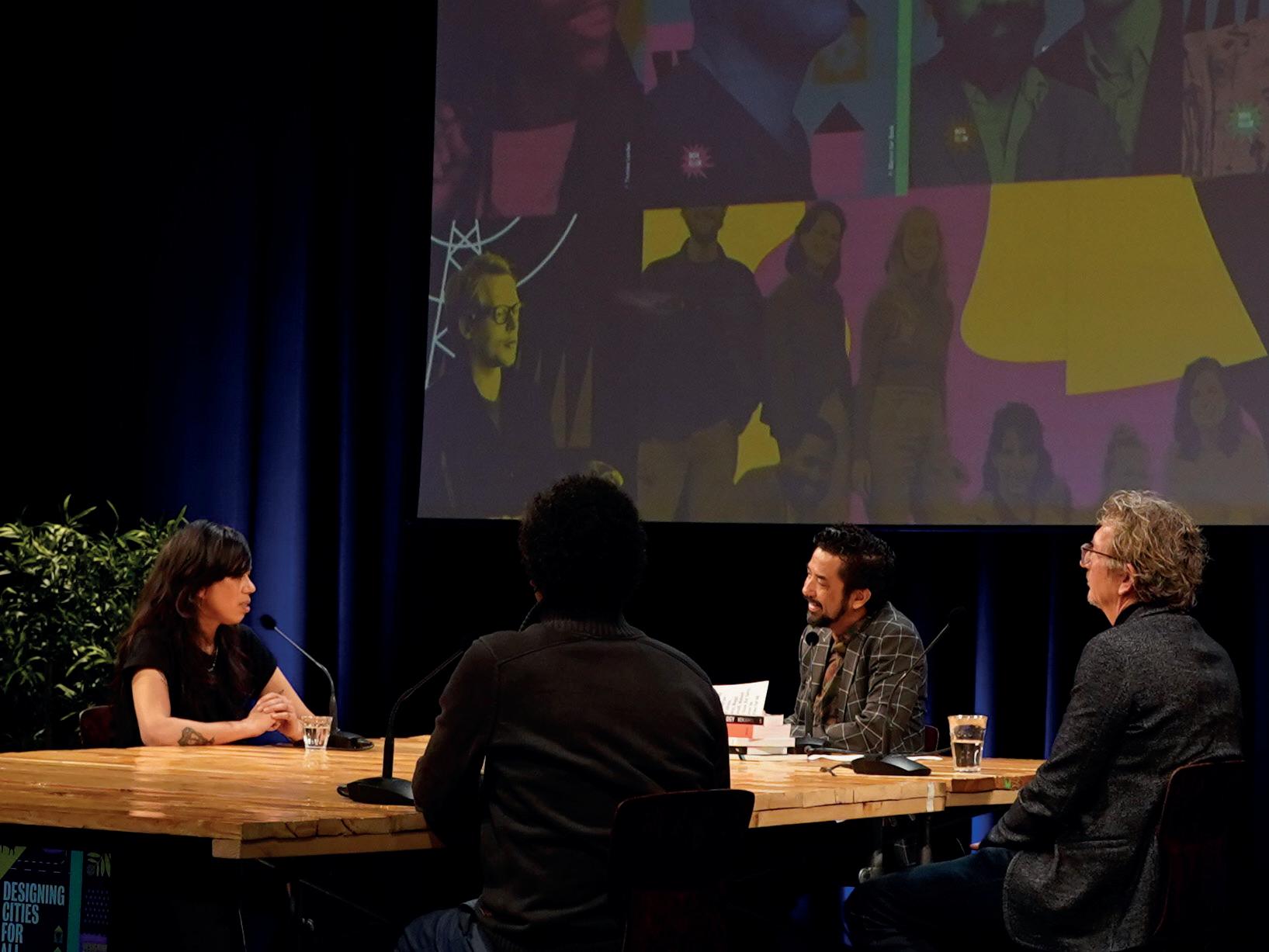

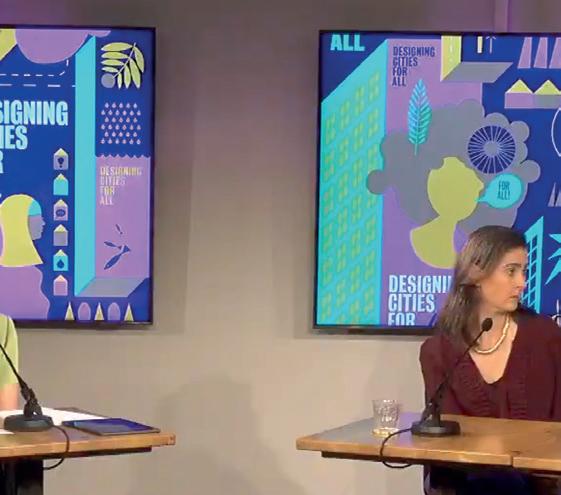

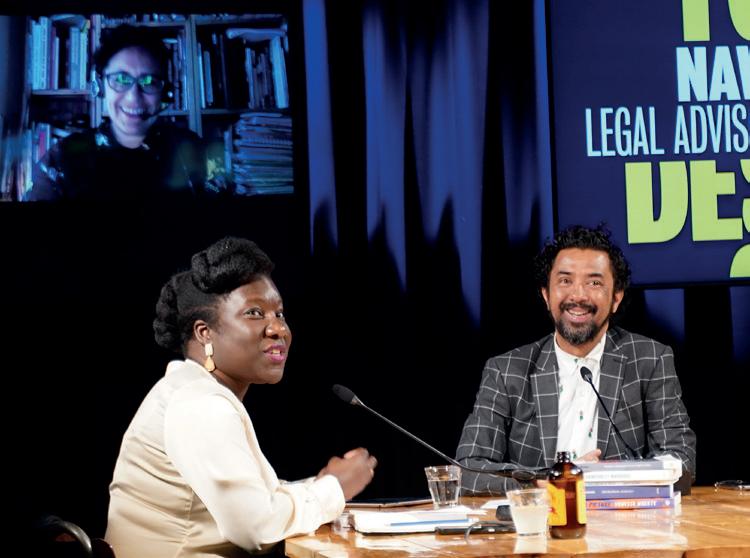
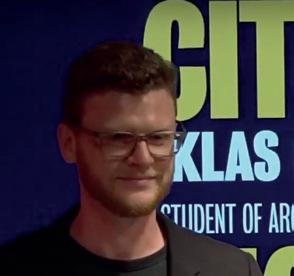




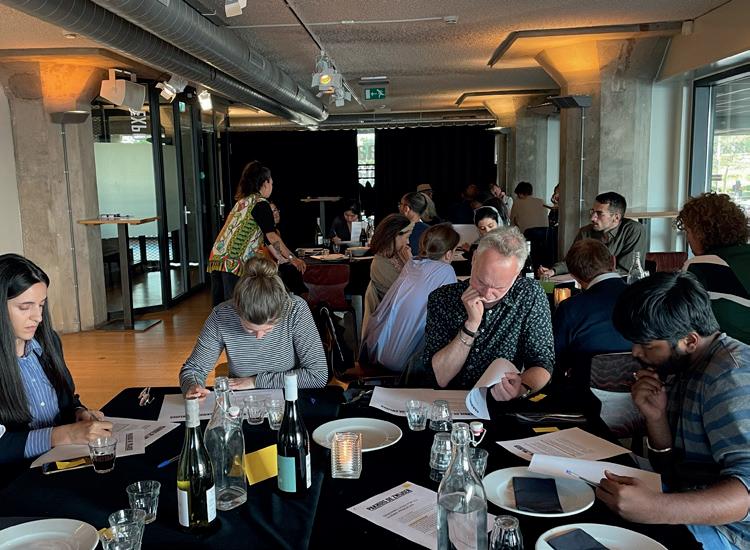
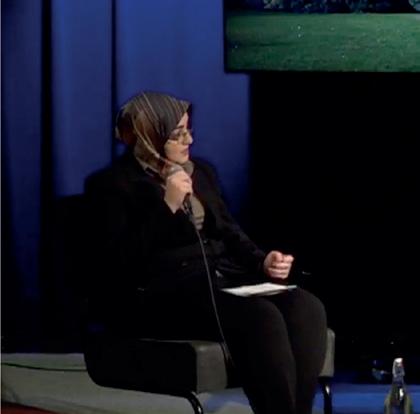
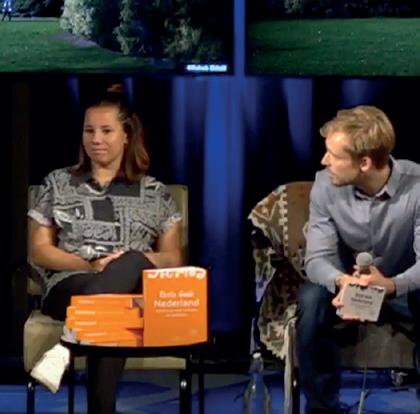
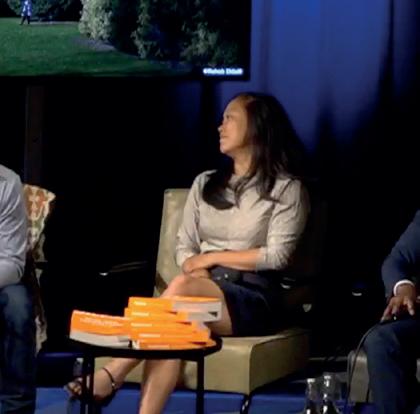
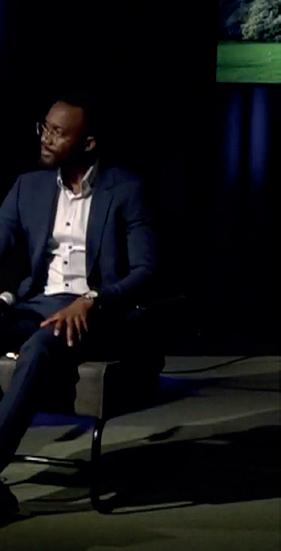

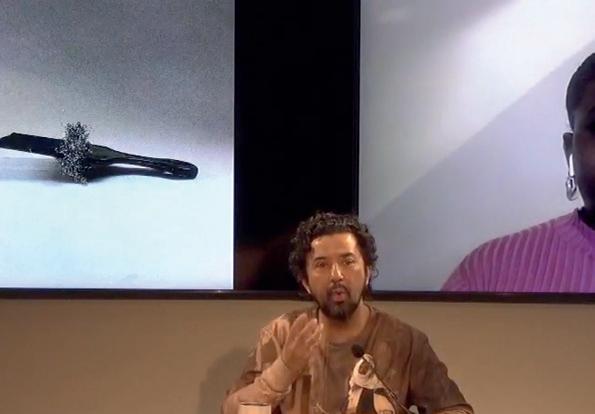


157
ACHTERNAAM
IMPRESSIONS
SPREKER VOORNAAM
DCFA PROGRAMME
COLOFON
Publisher Egbert Fransen
Editor Romy Heymans Artistic Direction Marcel Kampman Layout & Graphic Design Menko Dijksterhuis Contributors
Leslie Kern, Daphina Misiedjan, Oluwatomilola Adefioye, Wing Yan Man, Tadzio Bervoets, Anna Noyons, Shay Raviv/Embassy of Inclusive Design, Darko Lagunas, Radha D’Souza, Stacey Mac Donald, Jonathan Tjien Fooh/Designalism, Aafke Roelofs, Setareh Noorani, Christiaan Fruneaux & Edwin Gardner/de Chrononauten, Yelizaveta Strakhova and Roberto Rocco Team
DCFA
Romy Heymans, Jonathan Tjien Fooh, Faezeh Mohammadi, Folkert Lodewijks and Anna Charron
Moderators livecasts
Jörgen Tjon A Fong, Dymphie Braun, Julia Muller, Shay Raviv, Bahram Sadeghi and Chihiro Geuzebroek
Thanks to all speakers
Oluwatomilola Adefioye, Yussef Agbo-Ola, Julian Agyeman, Hana Ali, Haris Arnautovic, Samantha Asumadu, Özlemnur Ataol, Firoez Azarhoosh, Tadzio Berzoets, Leana Boven, Mieke Lopes Cardozo, Lysanne Charles, Thobile Chittenden, Studio Colorado, Lucia Coronel, Radha D’Souza, Razan Damlakhi, Juliet Davis, Daisy Dawson, Floor van Ditzhuyzen, NIÑO DIVINO, Simon van Dommelen, Poorya Eghtesadi, Rehab Eldalil, Endeavour, Mariana Fix, Jonathan Tijen Fooh, Benjamin Fro, Mari Fujiwara, Vasilis van Gemert, Sashwati Ghosh, Charmaine de Heij, Glenn Helberg, Rosalba Icaza, Shivant Jhagroe,
Wendy de Jong, Lyongo Juliana, Anoushka Khandwala, Elke Krasny, Zaïre Krieger, Jere Kuzmanić, Joris Lechêne, Virissa Lenters, Marijke Lucas, Lekgetho Makola, Wing-Yan Man, Claudius McGill, Sarah Mead, Ingi Mehus, Niklas Michels, Aminanta Minte, Daphina Misiedjan, Rachel Morón, Funda Mujde, Nawal Mustafa, Priscilla Namwanje, Caroline Newton, Setareh Noorani, Seada Nourhussen, Anna Noyons, John Olivieira, Meghann Ormond, Daniela Ortiz, Henk Ovink, Kursat Ozenc, Maria Piels, April Ranshuijsen, Shay Raviv, Mick ter Reehorst, Roberto Rocco, Ricardo Javier López Sánchez, Marrit Schakel, Floortje Scheepers, Pablo Sendra, Eric Smit, Lior Steinberg, Maurik Stomps, Yelizaveta Strakhova, Ekim Tan, Jonathan Tang, Jennifer Tosch, Chautuileo Tranamil, Fulco Treffers, Danick Trouwloon, Ana María Arbeláez Trujillo, James Veenhoff, Geoffrey van der Ven, Robert Vonk, Jorn Wemmenhove, Jorien Wuite, Daan Wurpel, Cigdem Yuksel and Grisha Zotov
Printed by Veenman+, Rotterdam
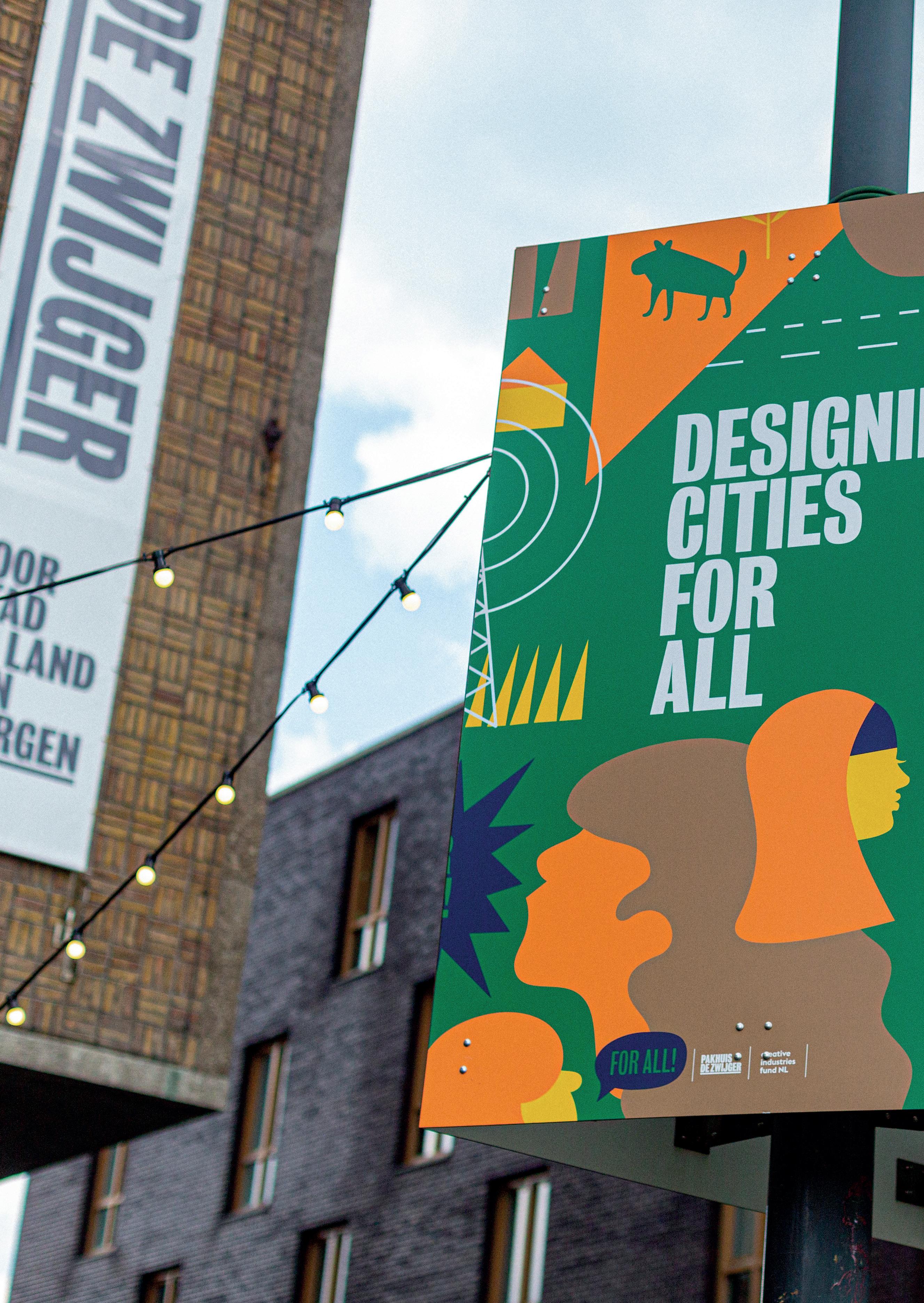
ACCESSIBILITY
Based on the perspective of Designing Cities for All, we aim to create accessible content and equal access to information for everyone. With gathered knowledge from our own (lived) experience, that of our community and online resources that help designers create accessible print materials, we made this publication. The following is not intended and should not be regarded as a sole and comprehensive resource for accessibility, but hopefully, it inspires you to apply this to your own (print) design as well.
First of all, we consider language a matter of design. As a society, we still use ableist, colonial, transphobic, homophobic and gender-inequal language in our daily speech. We aimed to avoid using euphemisms and problematic idioms. When it comes to the graphic design, we used a readable typeface with a 12 point font size for body text and a 9 point font size for footnotes, because smaller fonts may be illegible for some audiences. To help you find your way through the body text, we often used headers. We made sure each line didn’t exceed 60 characters to not tire the eyes (the use of matte finish paper also helps) and all texts are left-aligned to make them easier to read. The distance between each word is the same to make the book better readable for those with, for example, dyslexia. For the ones among us with low vision and cognitive disabilities, we used white space throughout the design to improve the visual layout.
Did you know that the most sustainable book size is 170x240mm? That’s because you can print 16 pages on one sheet of paper and are left with zero paper waste. We not only opted for this because it’s a better choice for future generations, but also because it is user-friendly for people with fine motor disabilities. Additionally, we’ve paid attention to the binding and used a method that makes it easy to flatten the document when using screen magnifiers and when reading without using your hands.
The result? A book that works better for all!
If you’d like to read More Perspectives on Designing Cities for All with audio, you can download a PDF version of this book. Use your preferred text-to-speech audio reader to create your own DCFA listening experience.
Throughout this essay book, you find several book tips. At Athenaeum Bookstore you get a 10% discount on non-Dutch publications with the discount code DCFA2122 – enjoy!
Want to stay updated on Designing Cities for All? You can visit our online DCFA Dossier and subscribe to the DCFA newsletter.
©2022 Pakhuis de Zwijger, Piet Heinkade 181K, 1019 HC Amsterdam www.dezwijger.nl dcfa@dezwijger.nl +31 20 6 246 380
161 SPREKER VOORNAAM ACHTERNAAM
ACCESSIBILITY











163 SPREKER VOORNAAM ACHTERNAAM




































































































 © Mitchel Raphael
© Mitchel Raphael


































































 © Werry Crone
© Werry Crone


































































































 © Carlos van Oostrum
© Carlos van Oostrum

































 © Kai Latouche
© Kai Latouche

















































































































































































































































































 © Froukje Vernooij
© Froukje Vernooij




















































 L.t.r.: Geart van der Pol, Michelle de Gruijl, Fien Leeflang, Charmaine de Heij, Jonathan Tjien Fooh & Eef Veldkamp © Emilia Martin
L.t.r.: Geart van der Pol, Michelle de Gruijl, Fien Leeflang, Charmaine de Heij, Jonathan Tjien Fooh & Eef Veldkamp © Emilia Martin








 Poster design targeting municipalities © Designalism Newsroom
Poster design targeting municipalities © Designalism Newsroom































































































 © Fred Ernst
© Fred Ernst







































 © Edwin Gardner & Christiaan Fruneaux
© Edwin Gardner & Christiaan Fruneaux
































































 © Yelizaveta Strakhova
© Yelizaveta Strakhova














































































 ©
Roberto Rocco
©
Roberto Rocco
















































